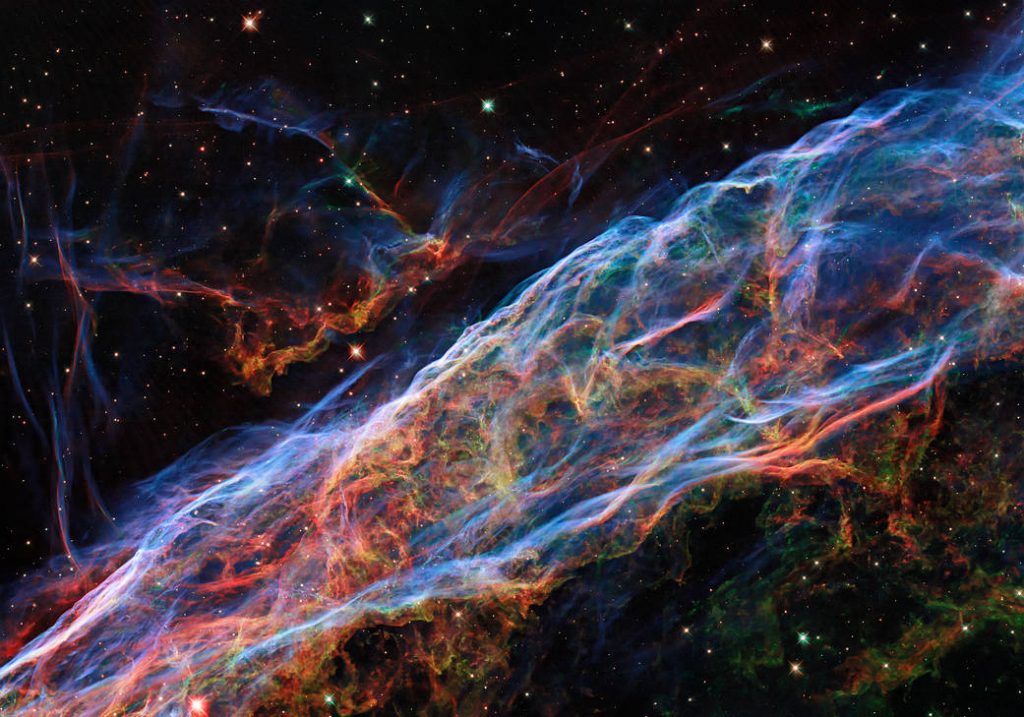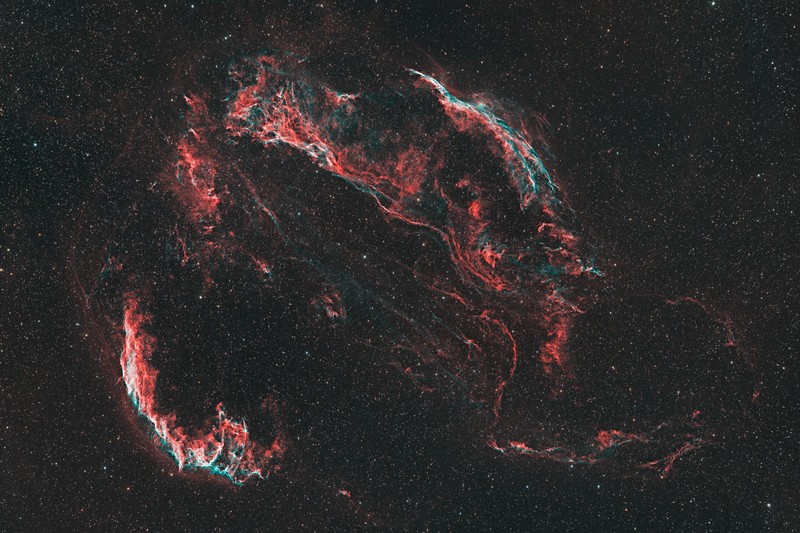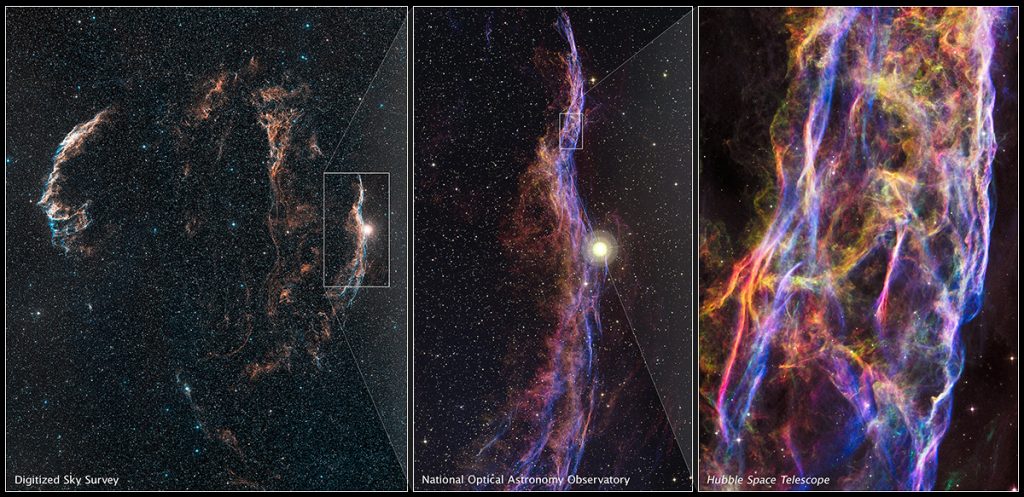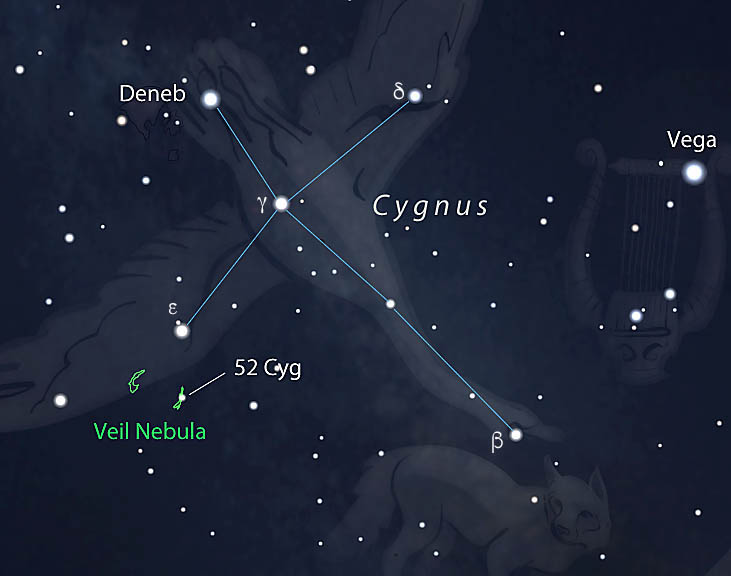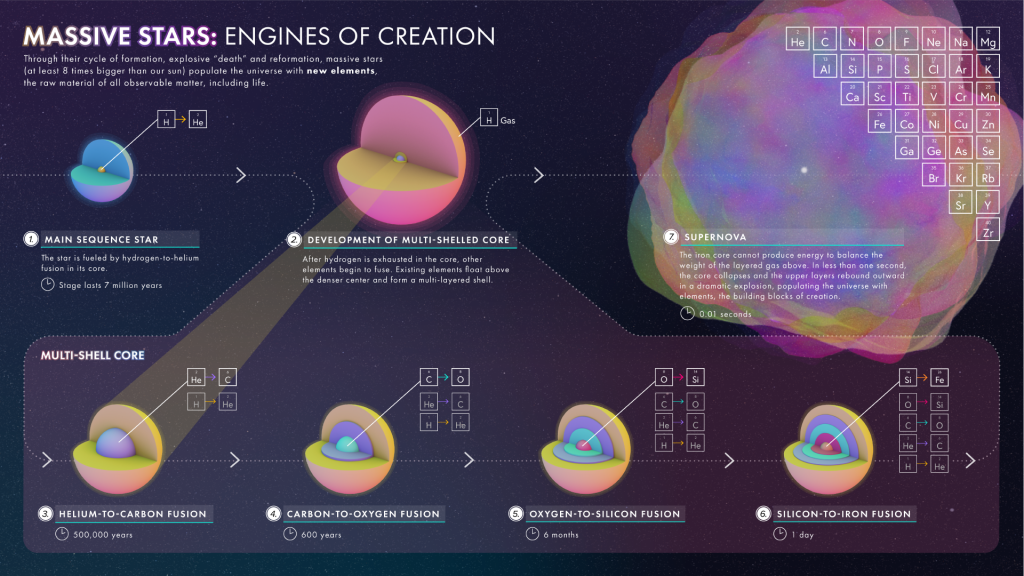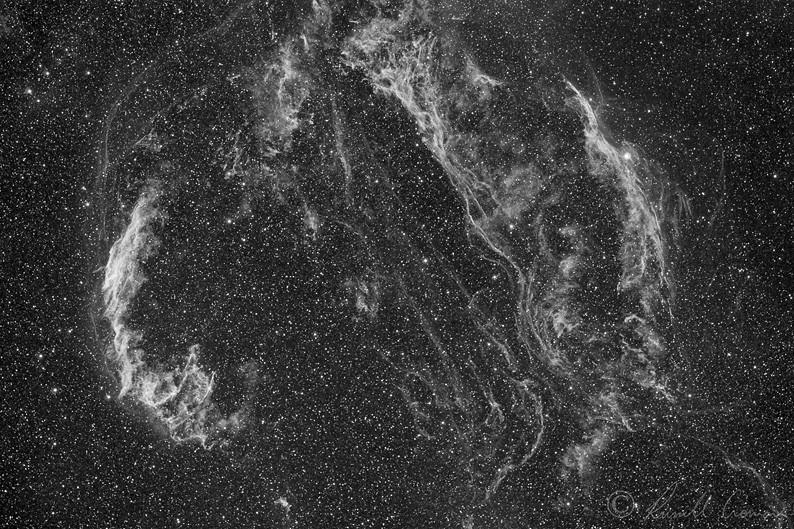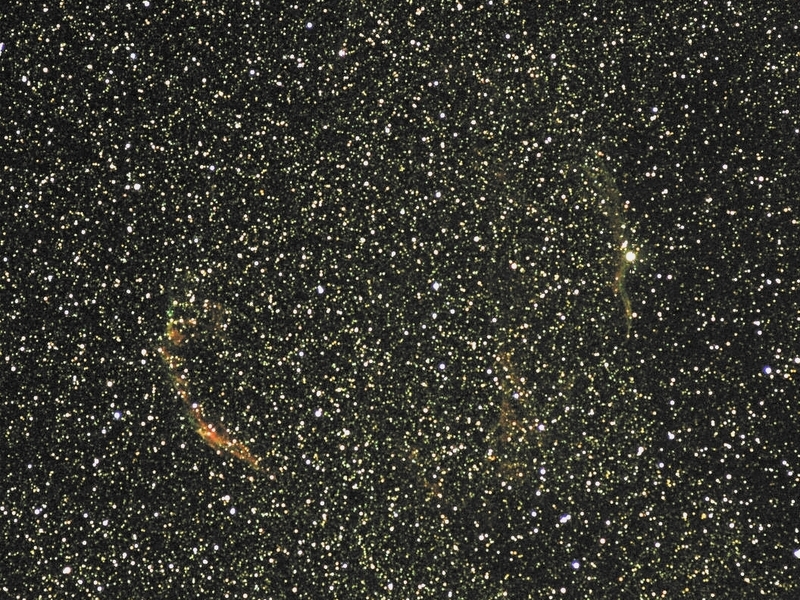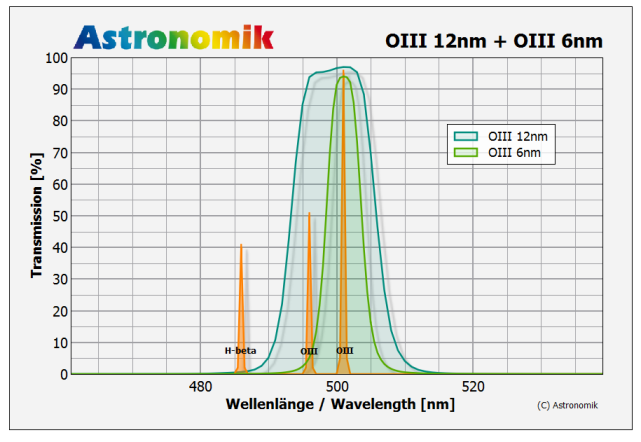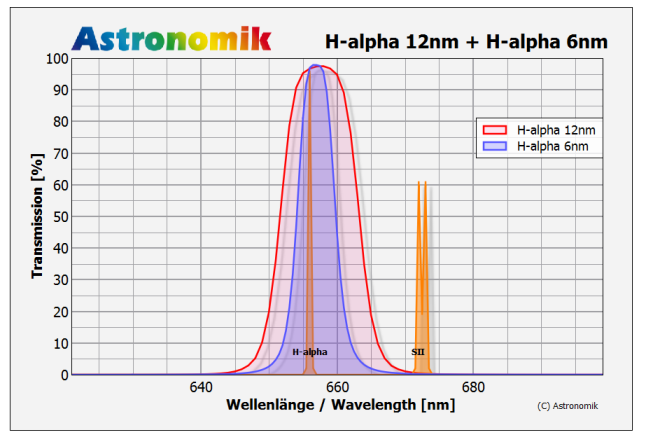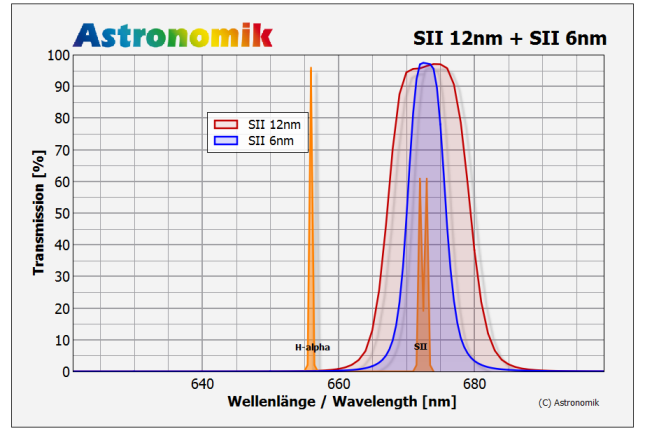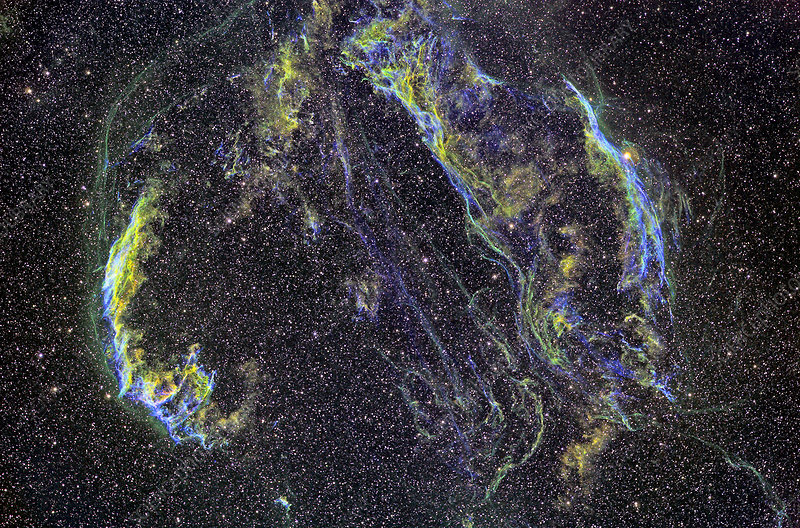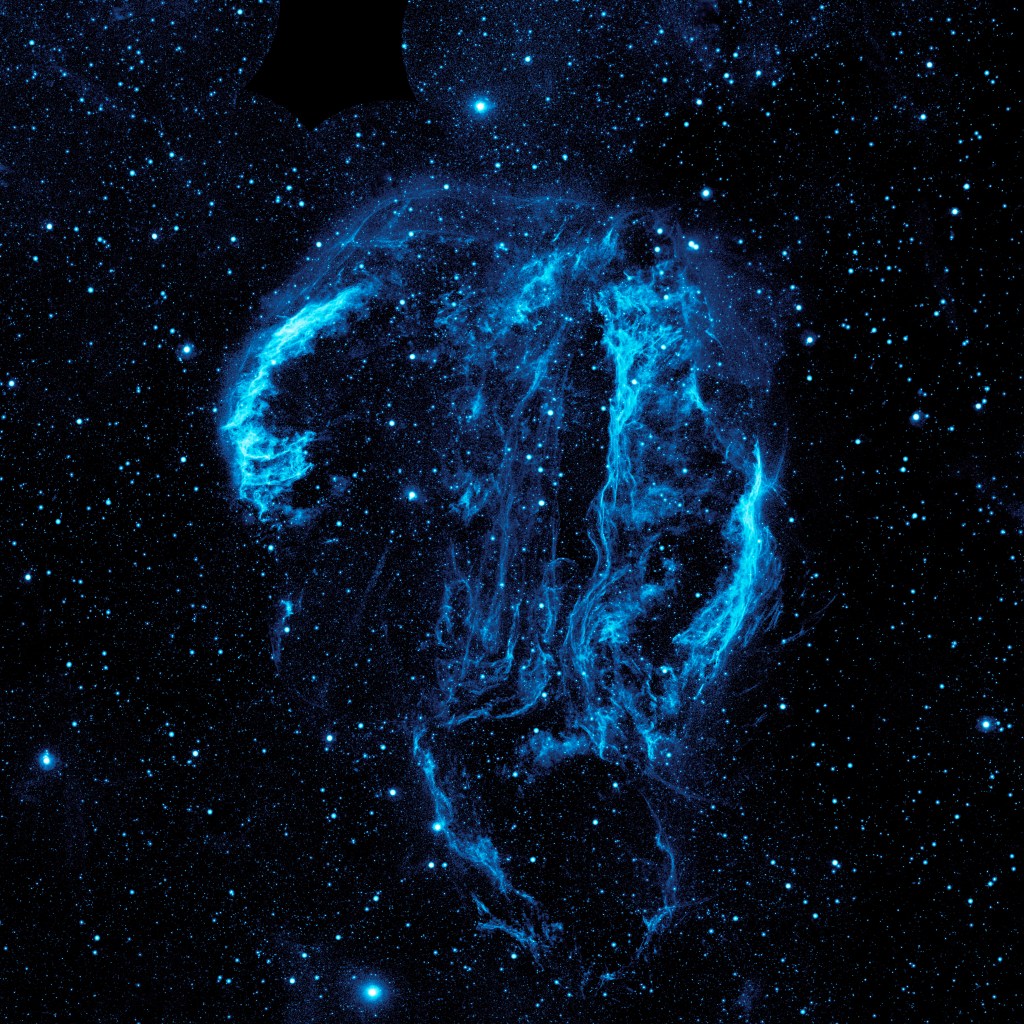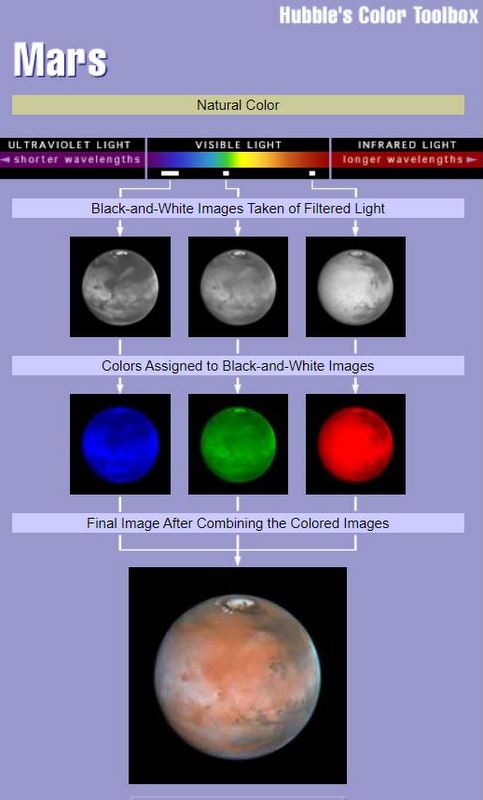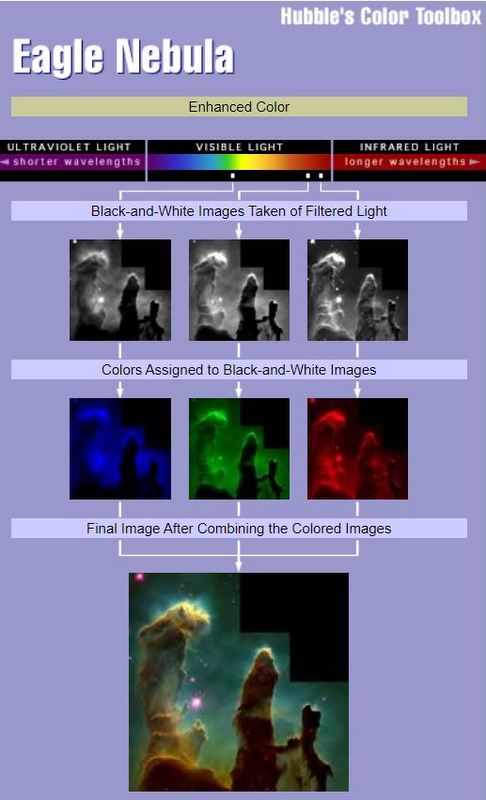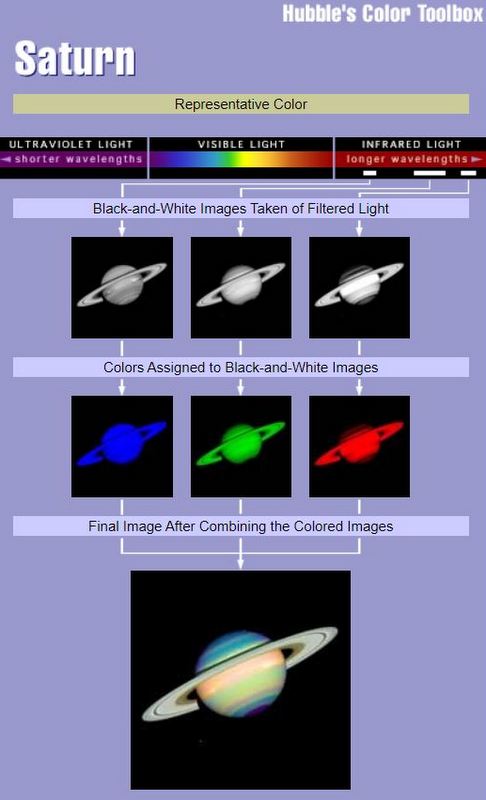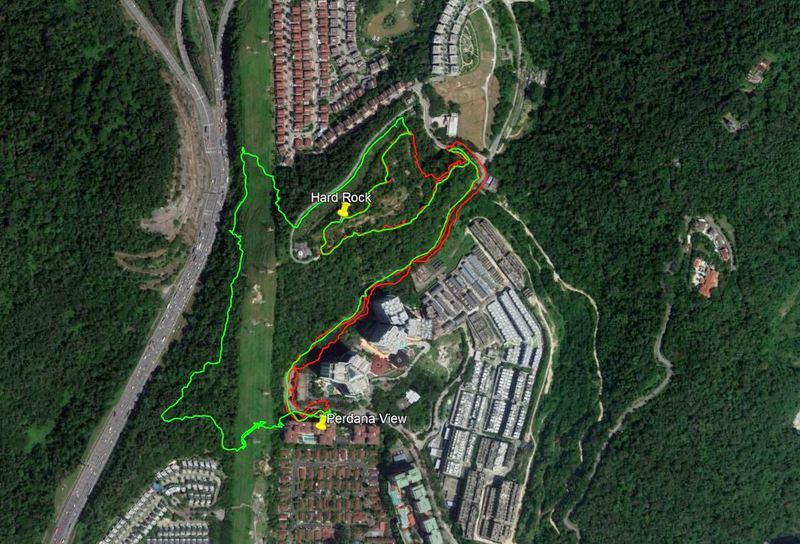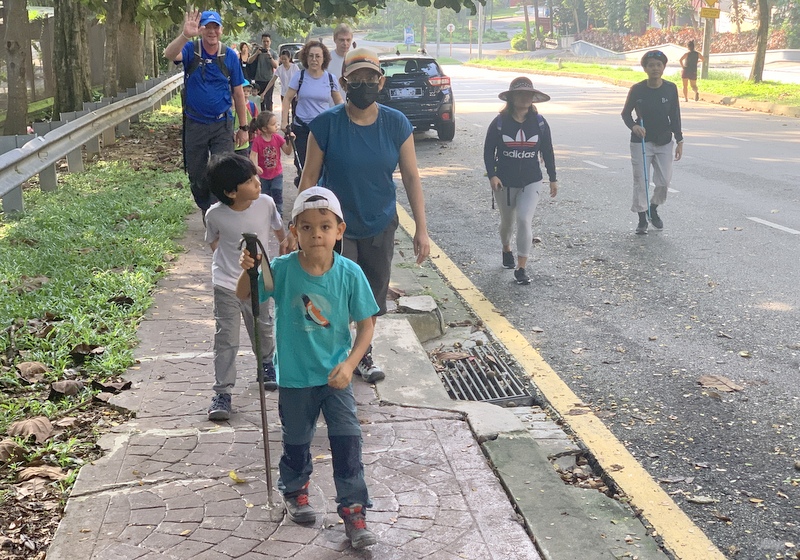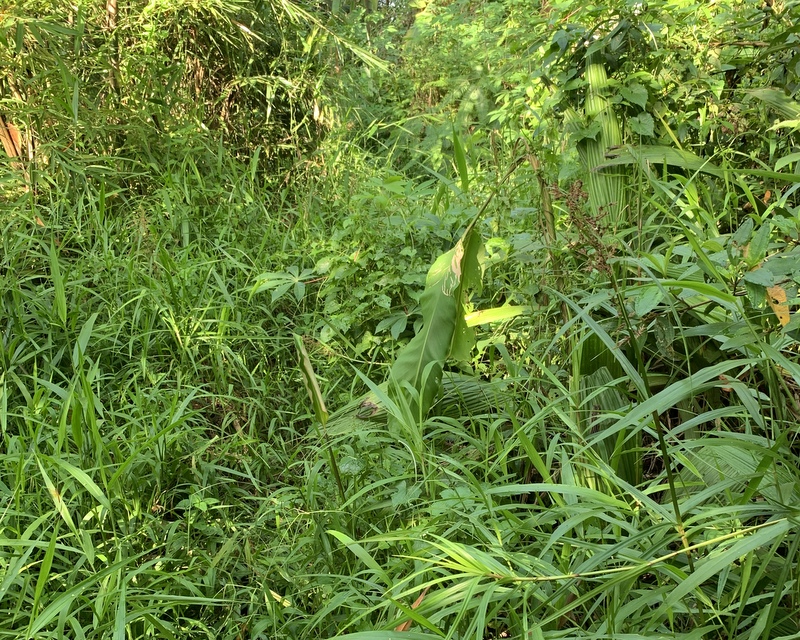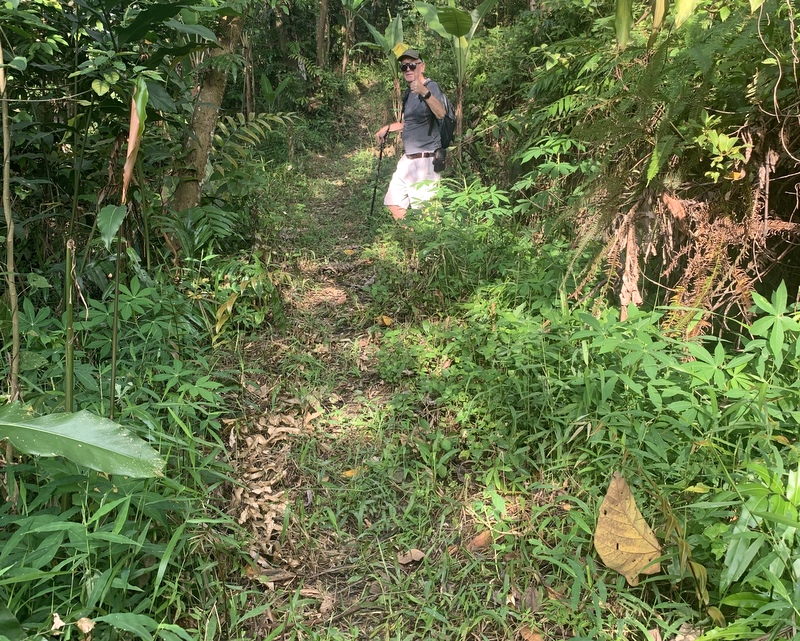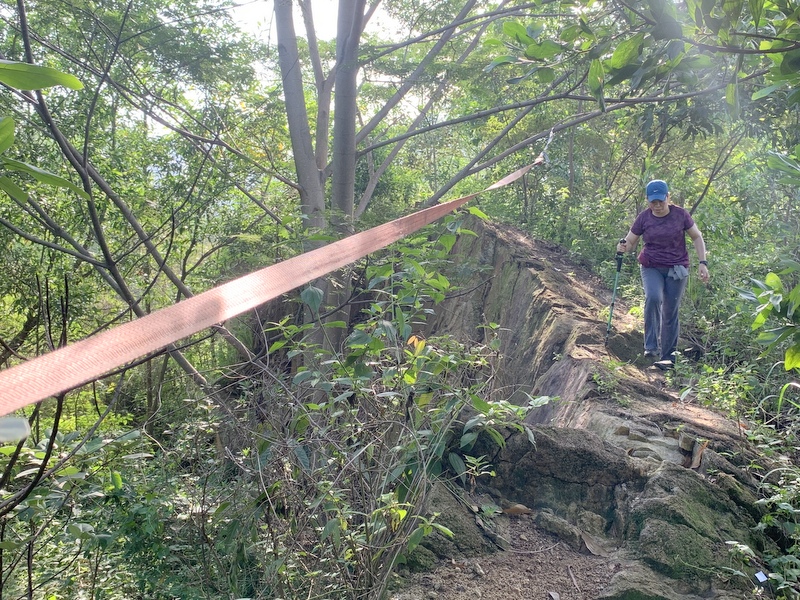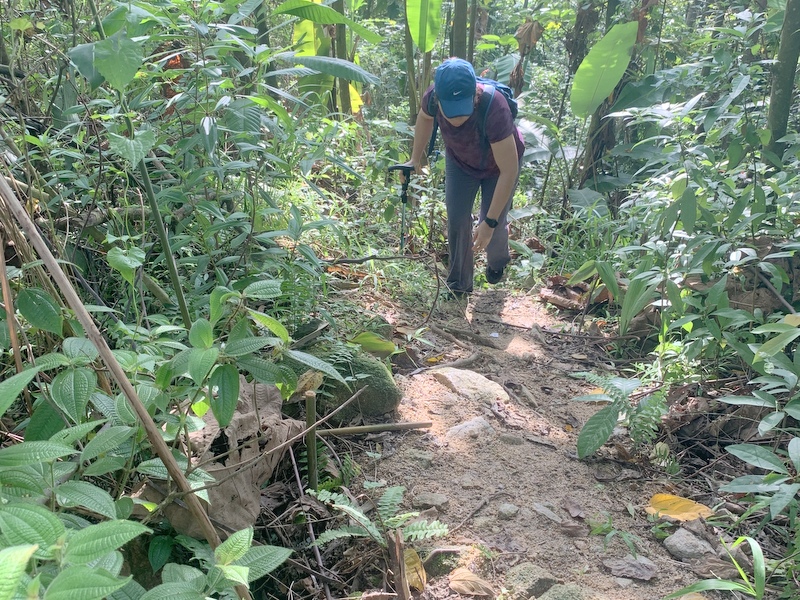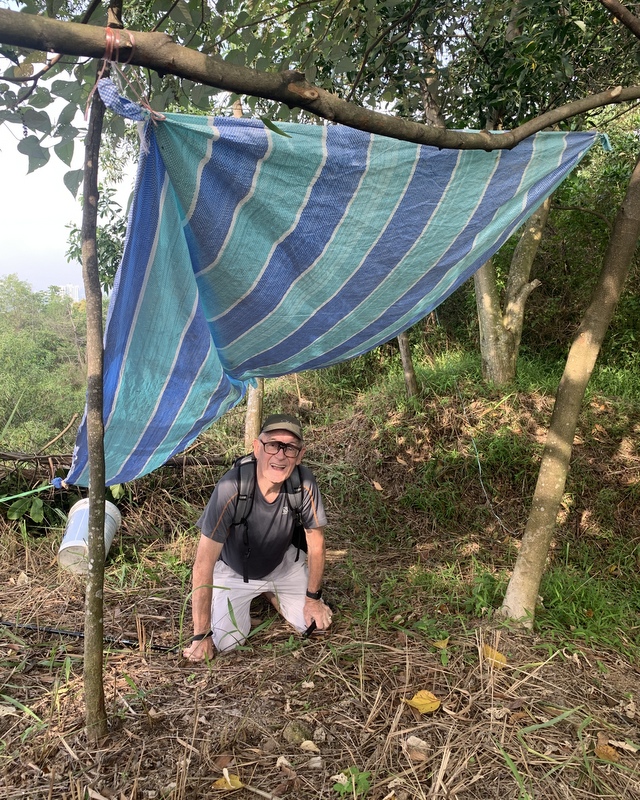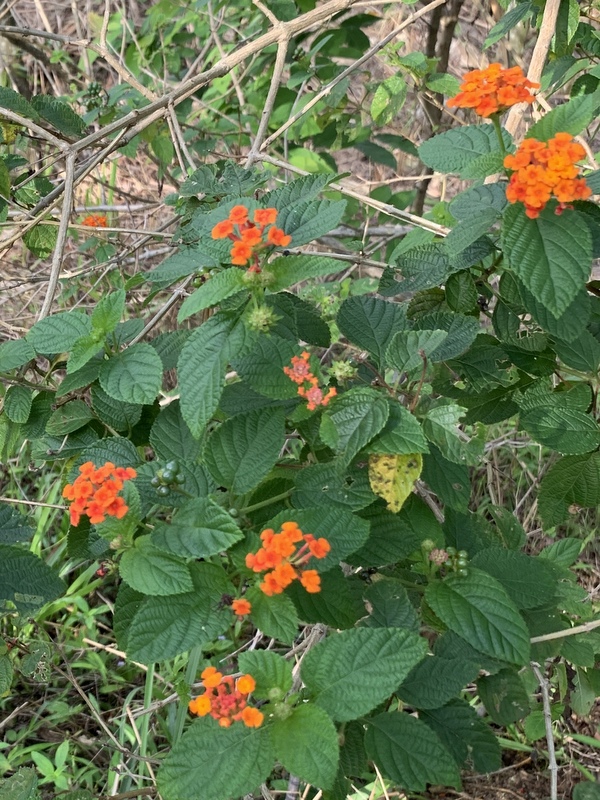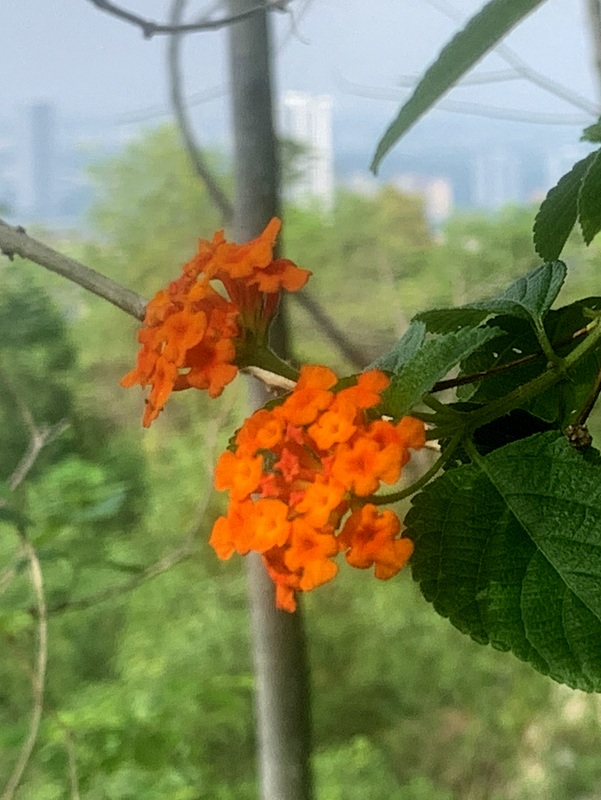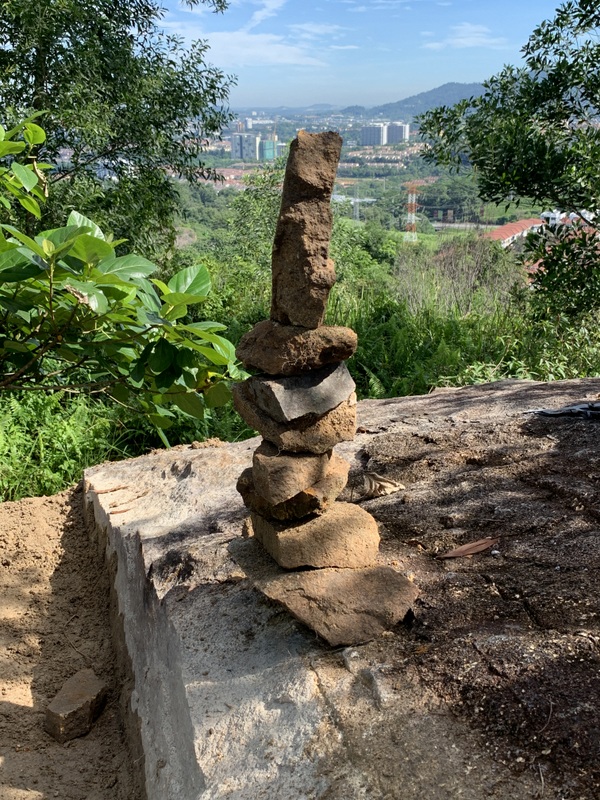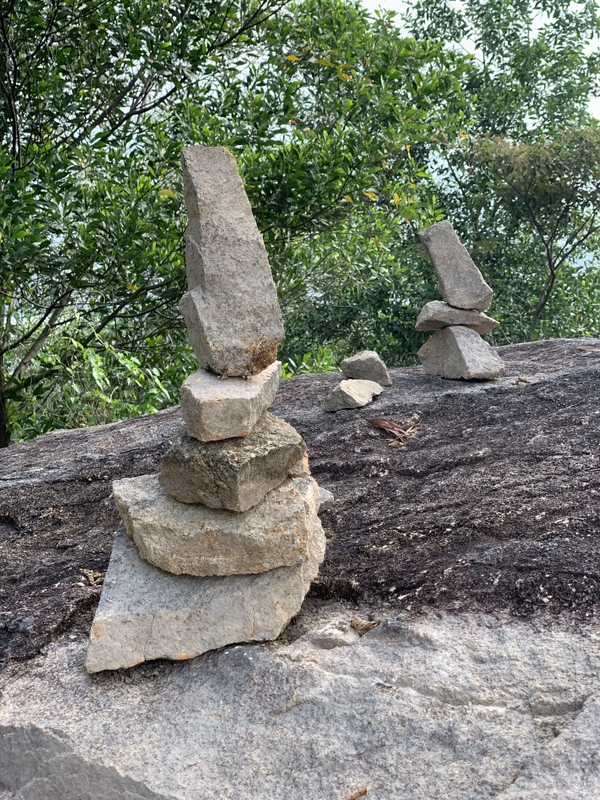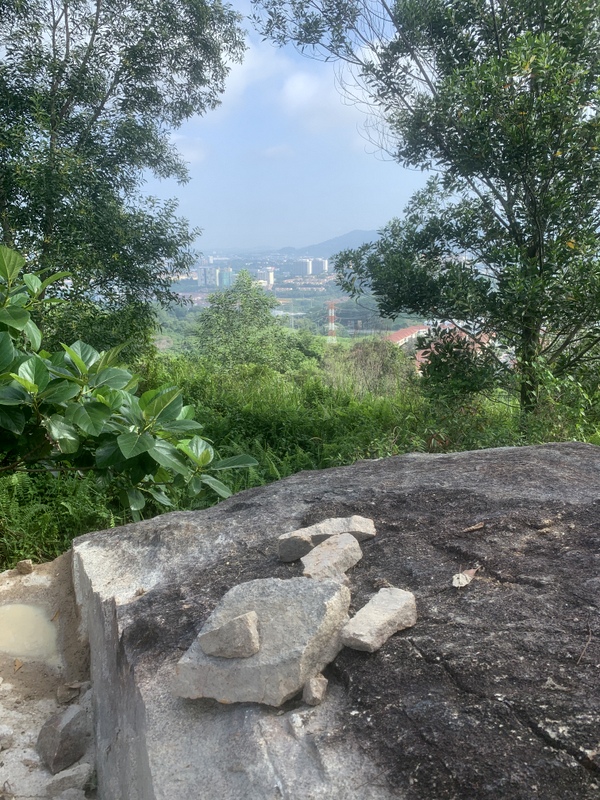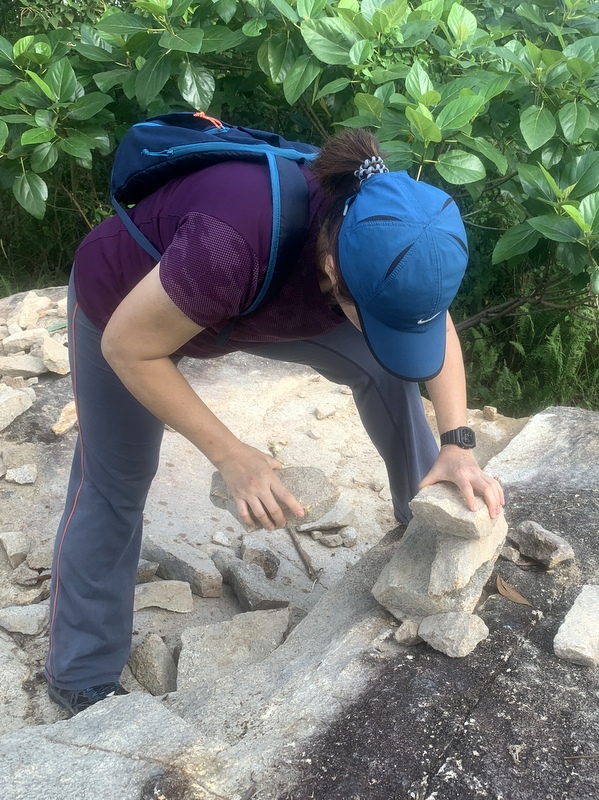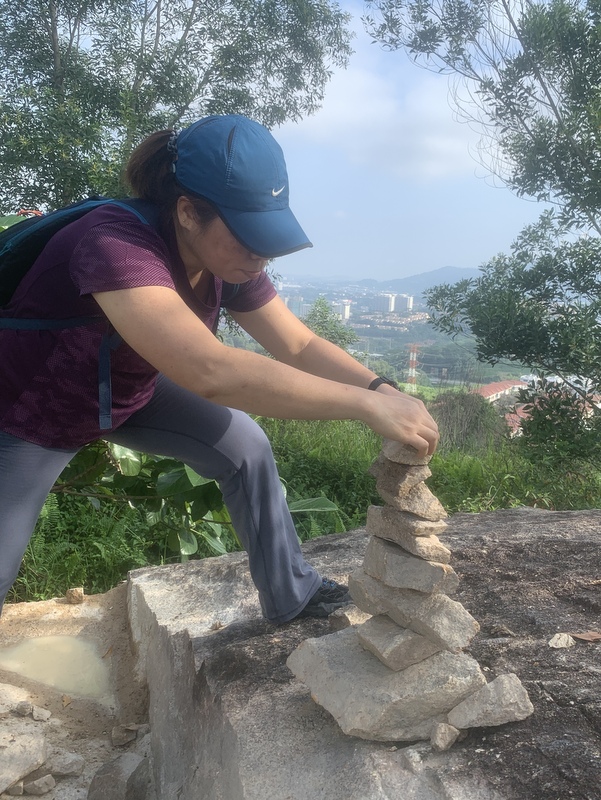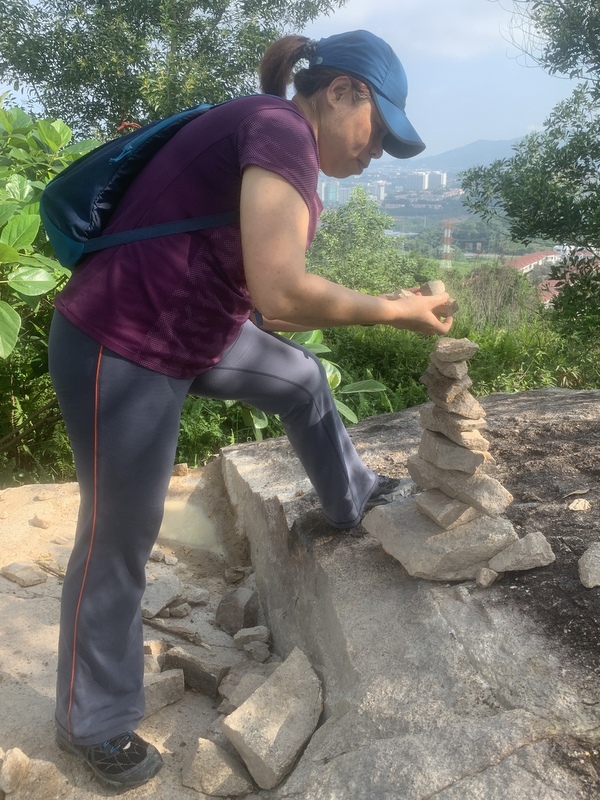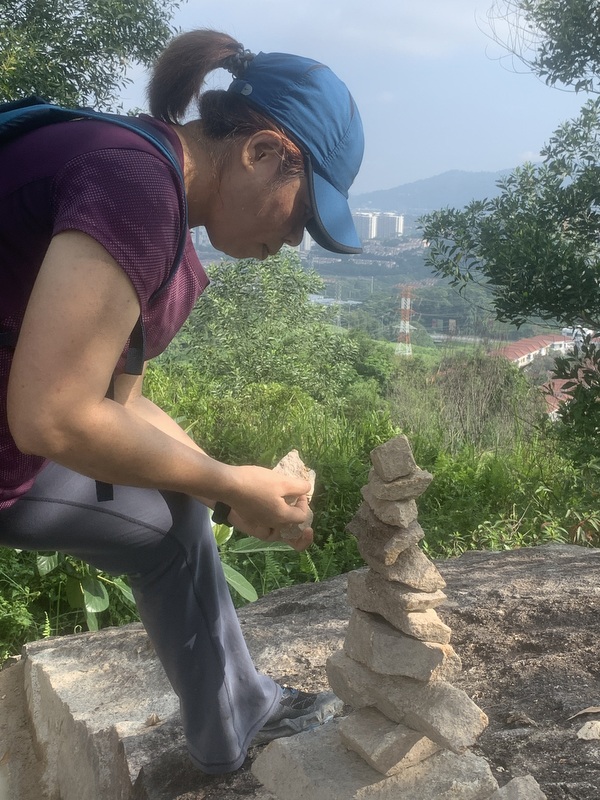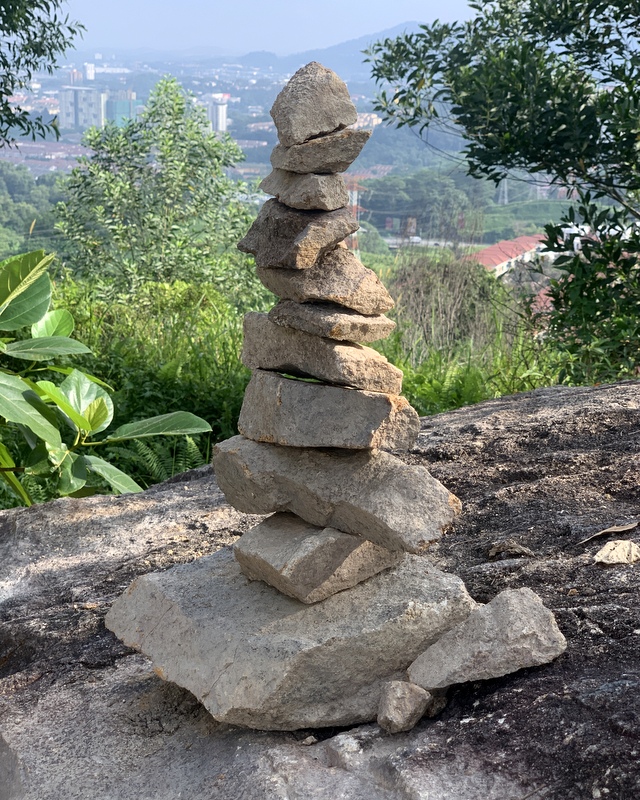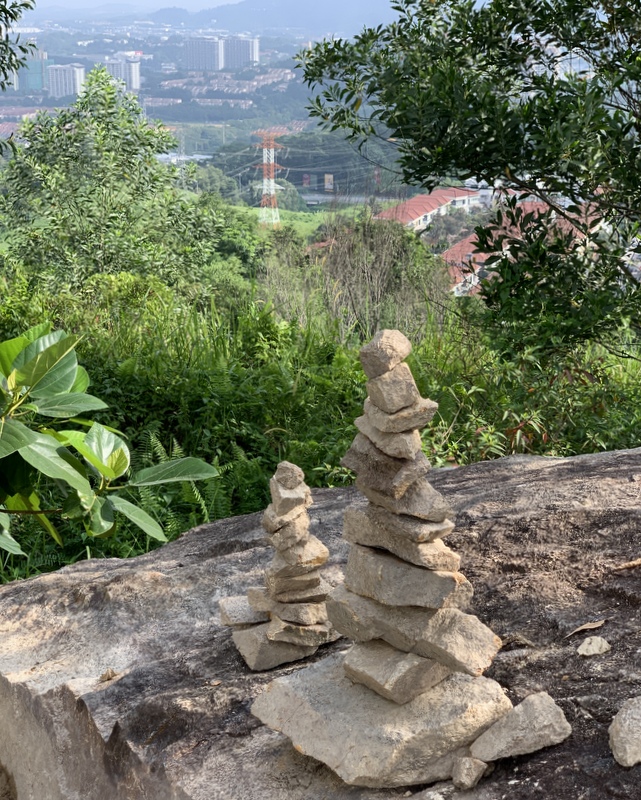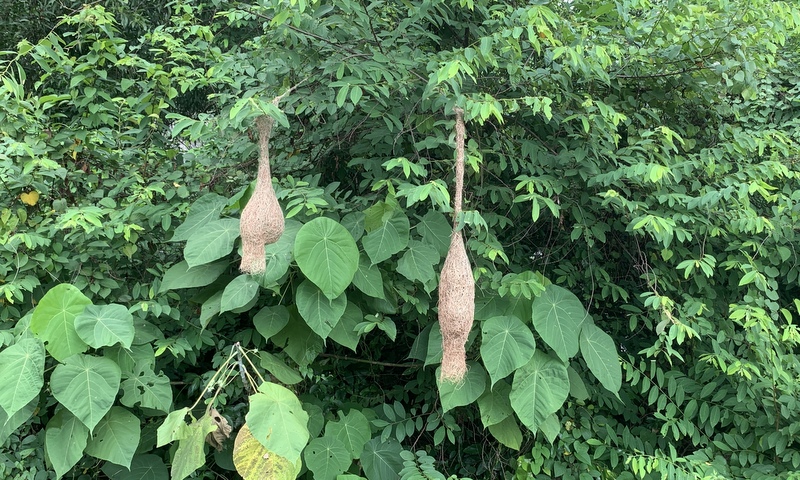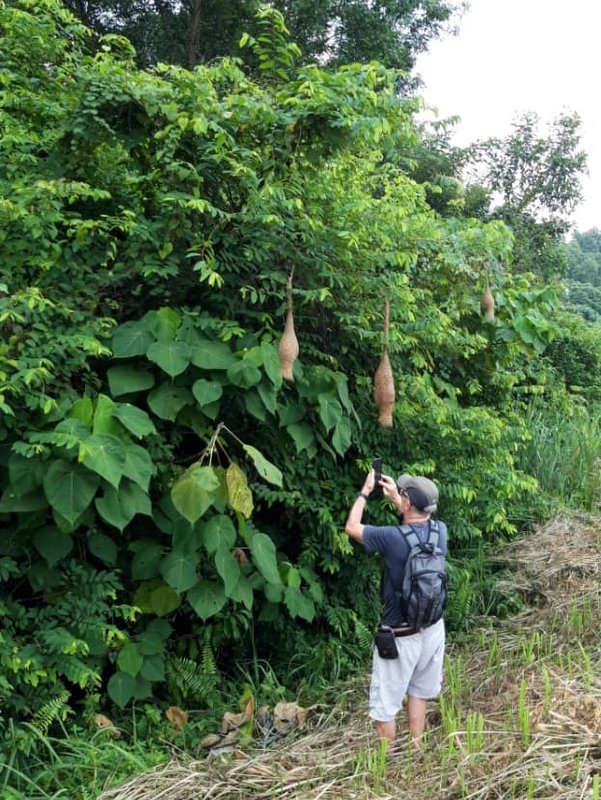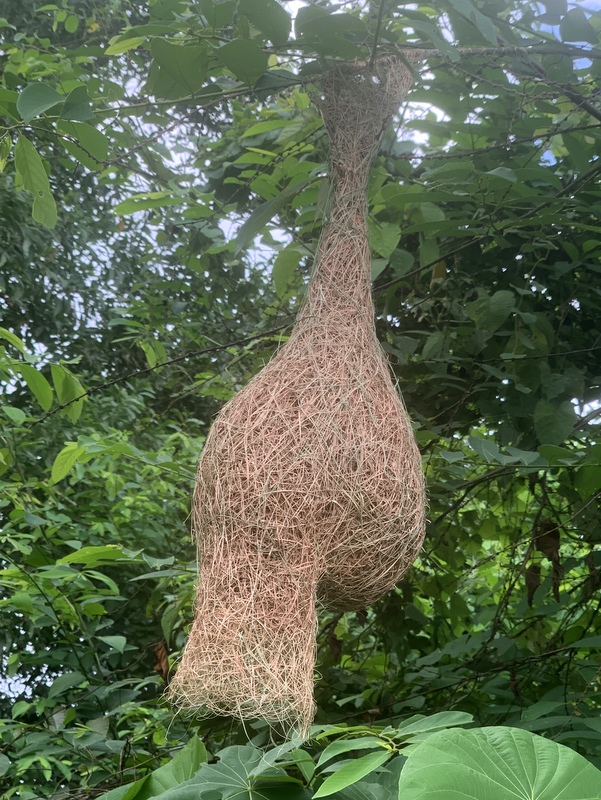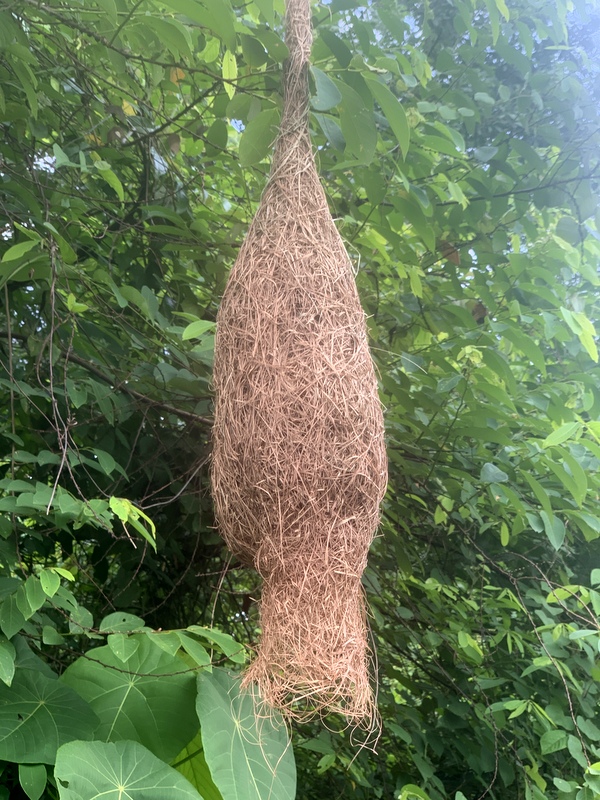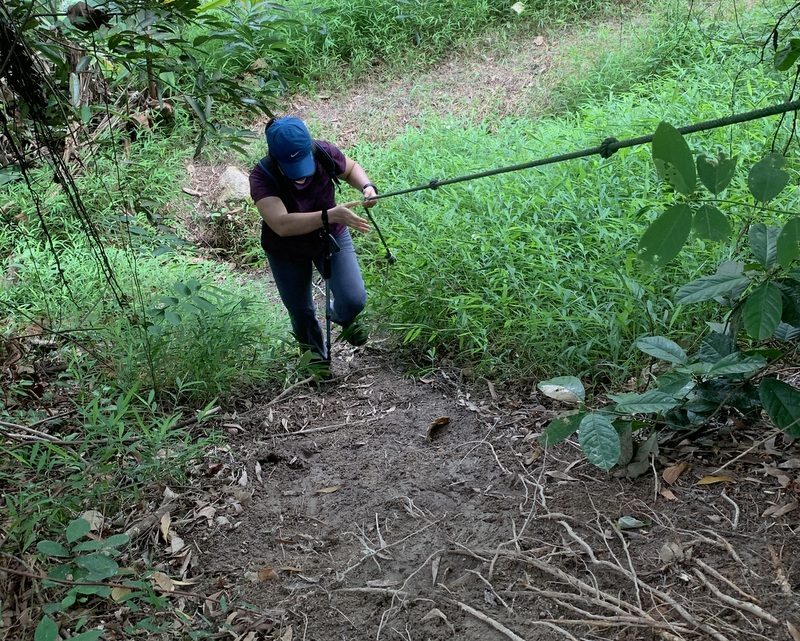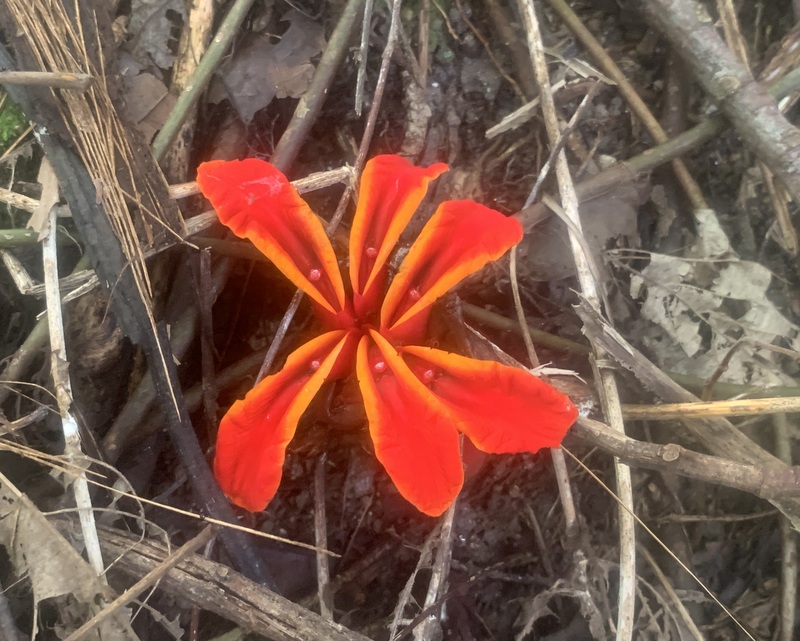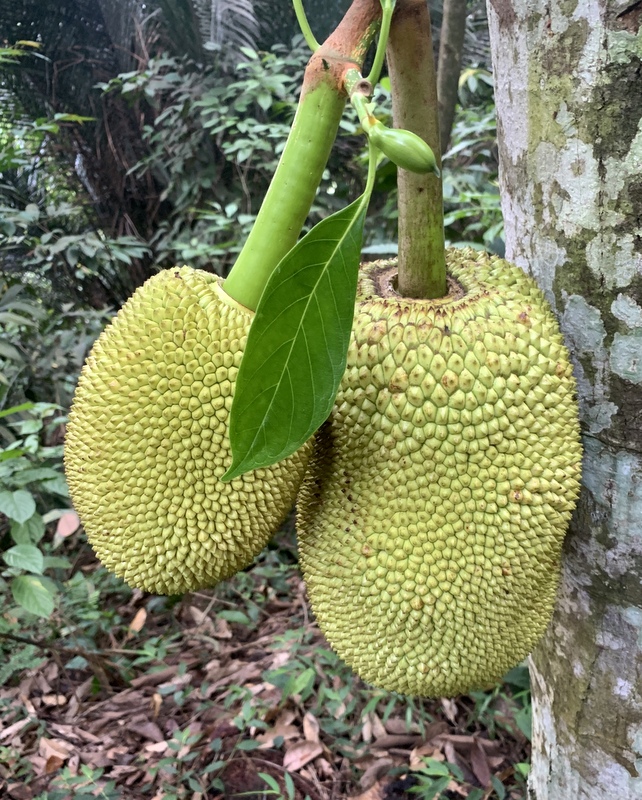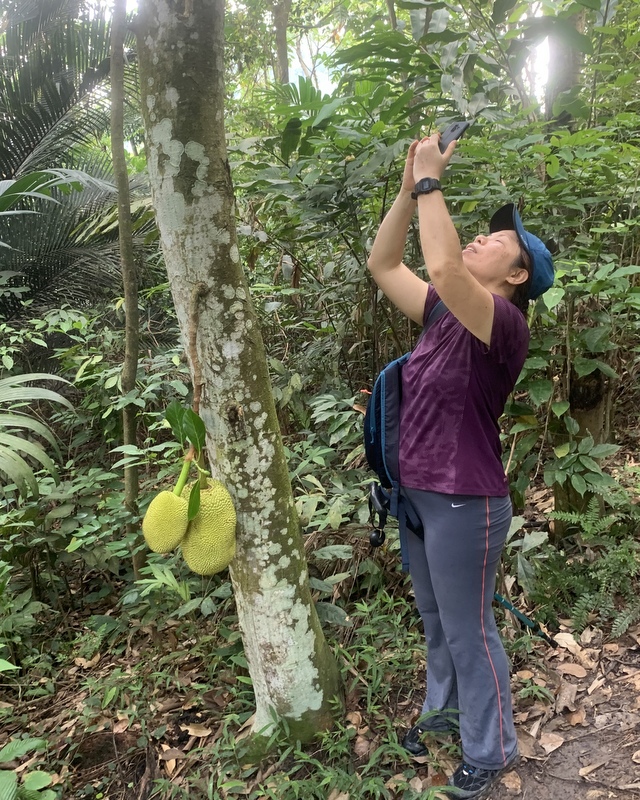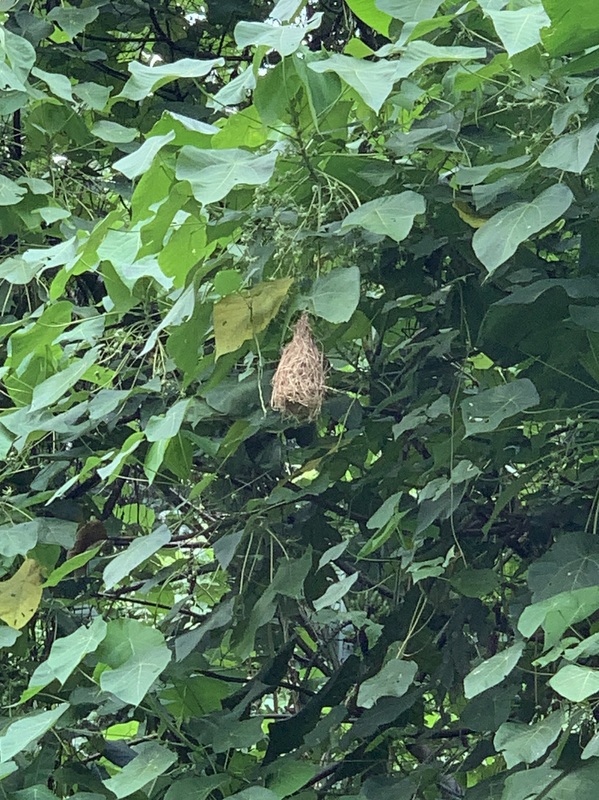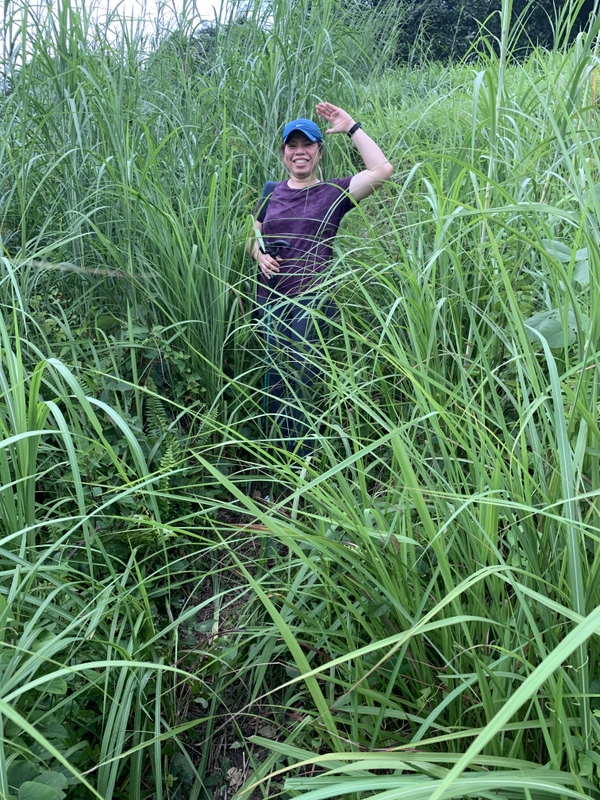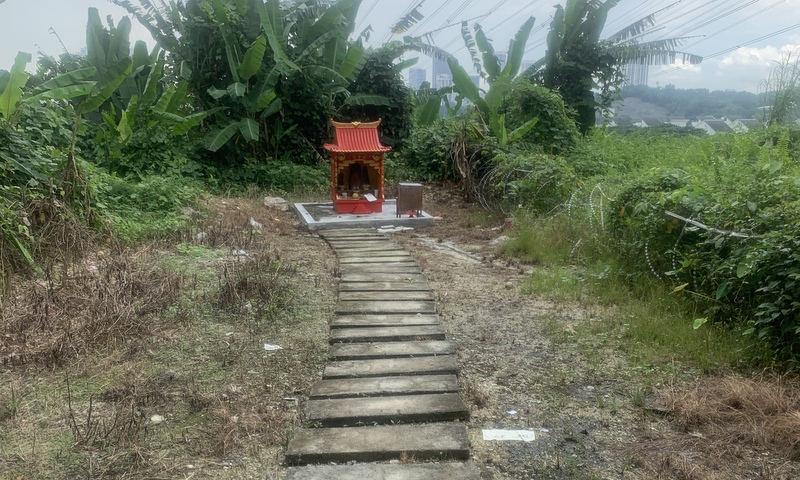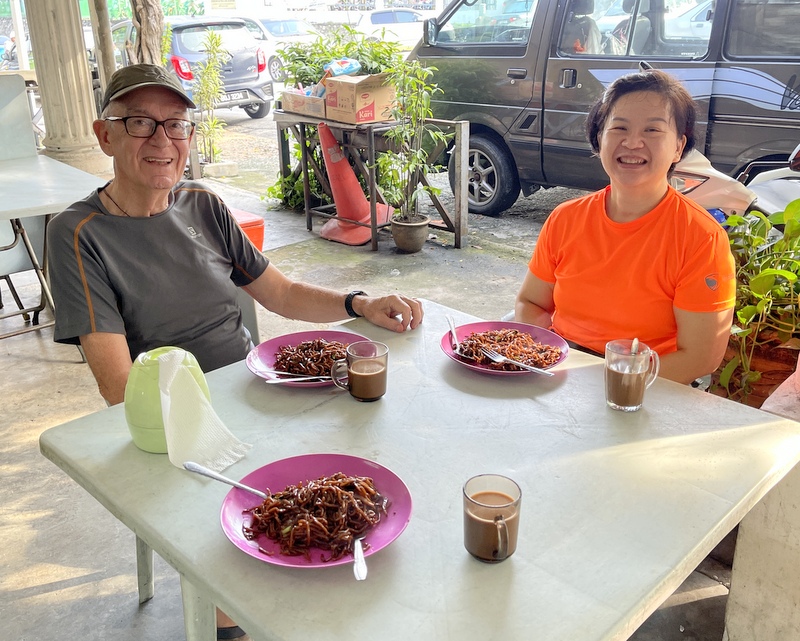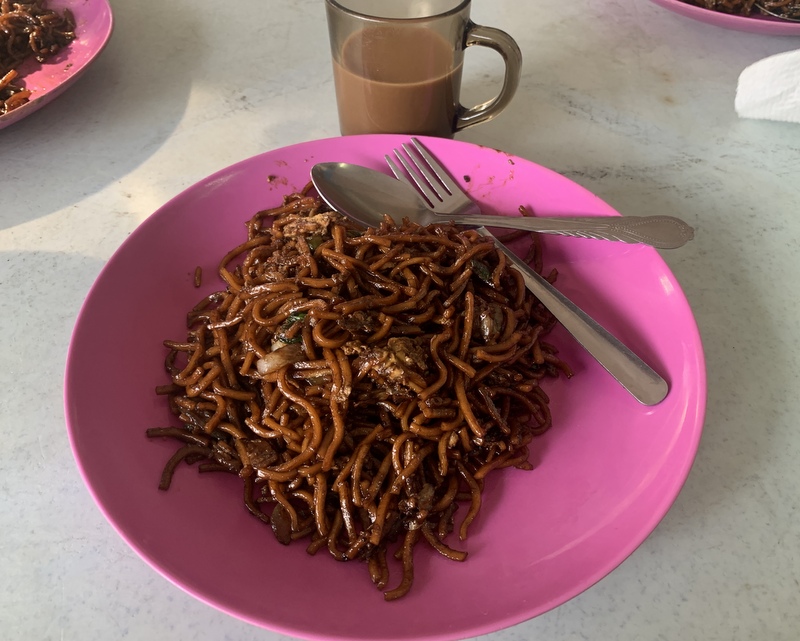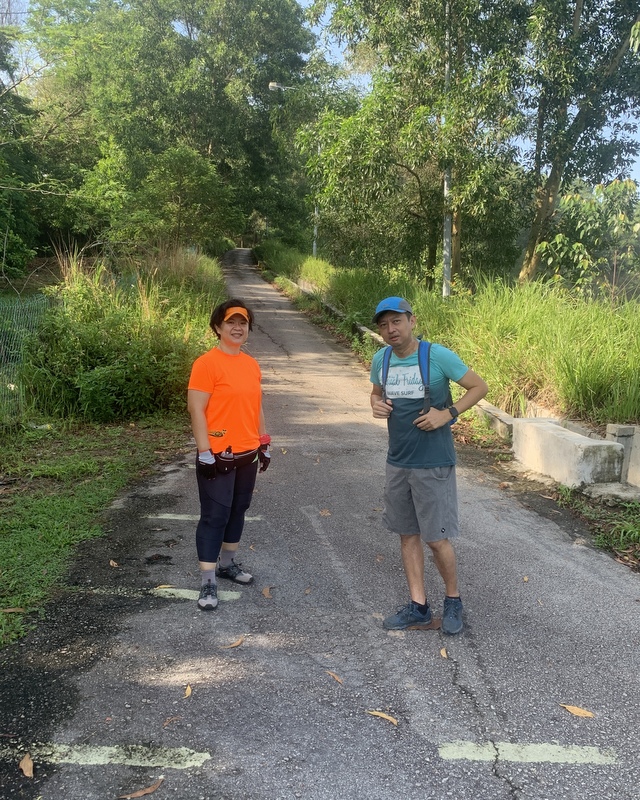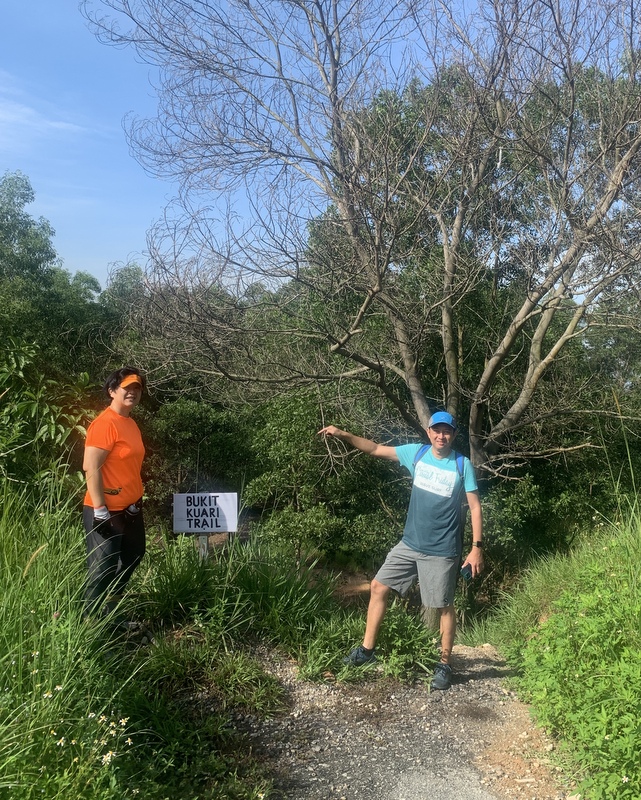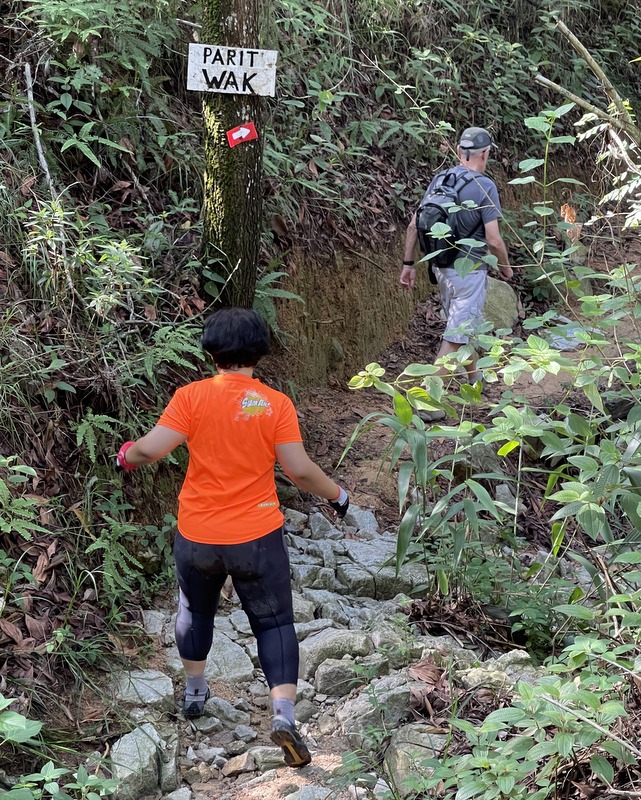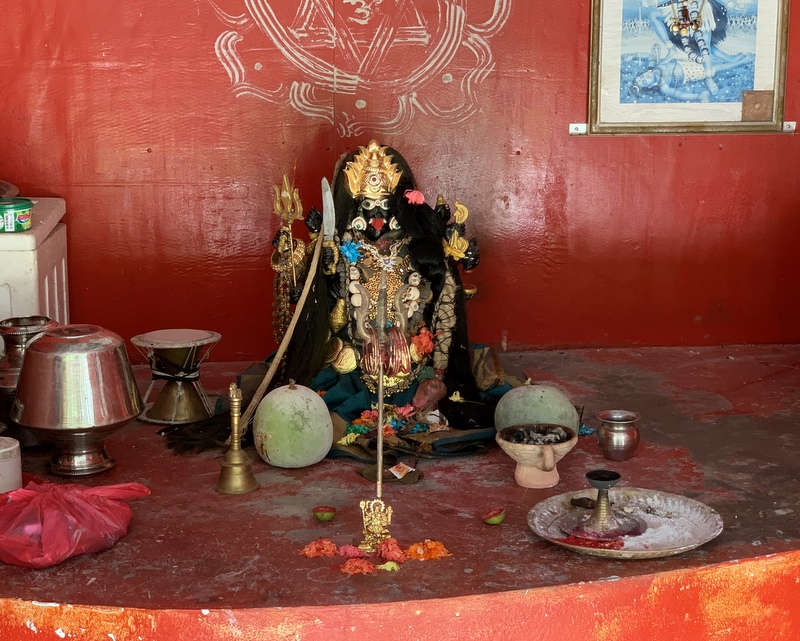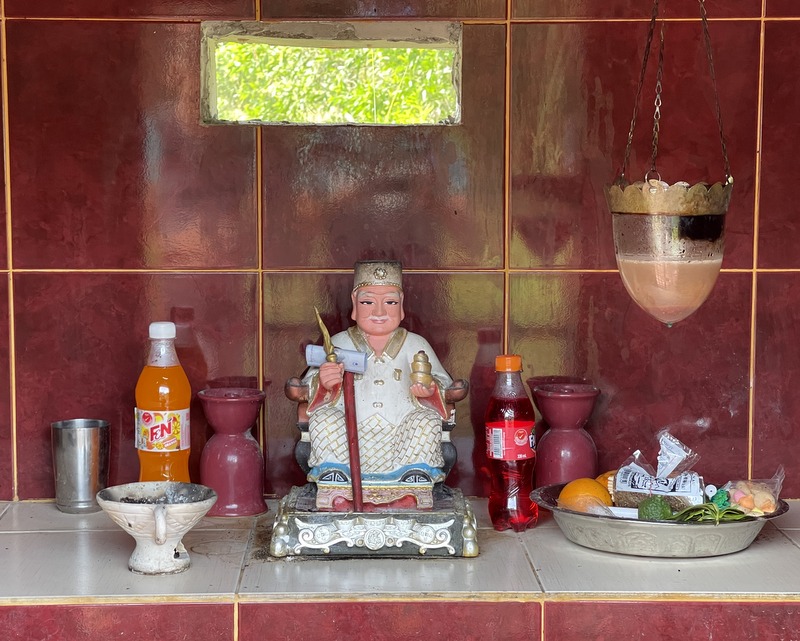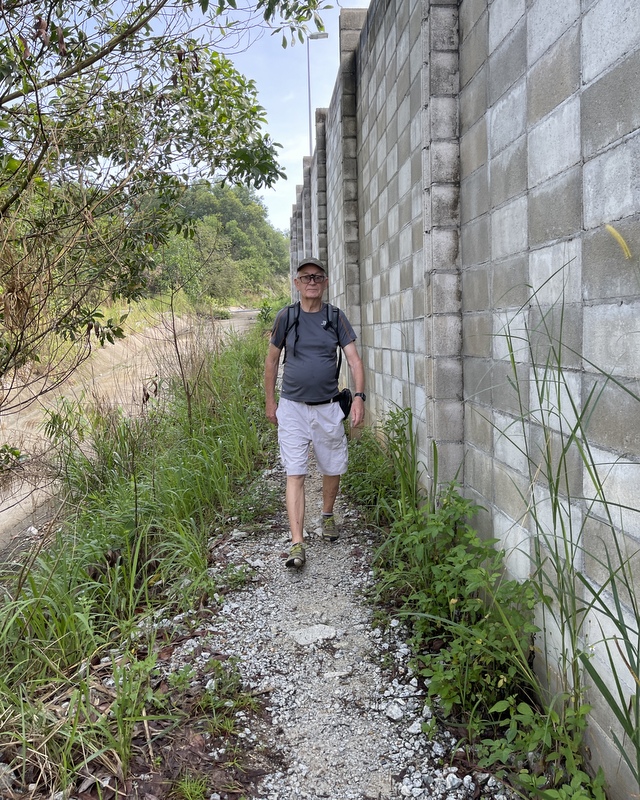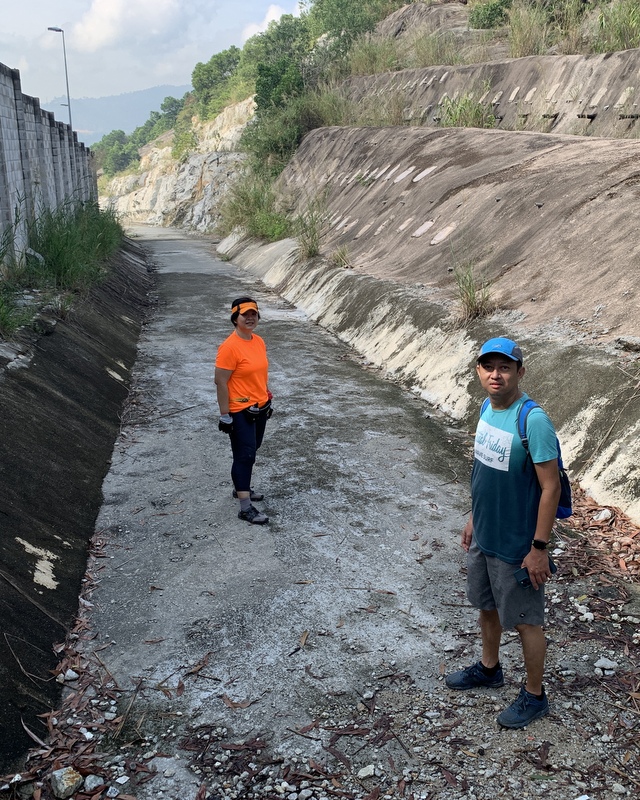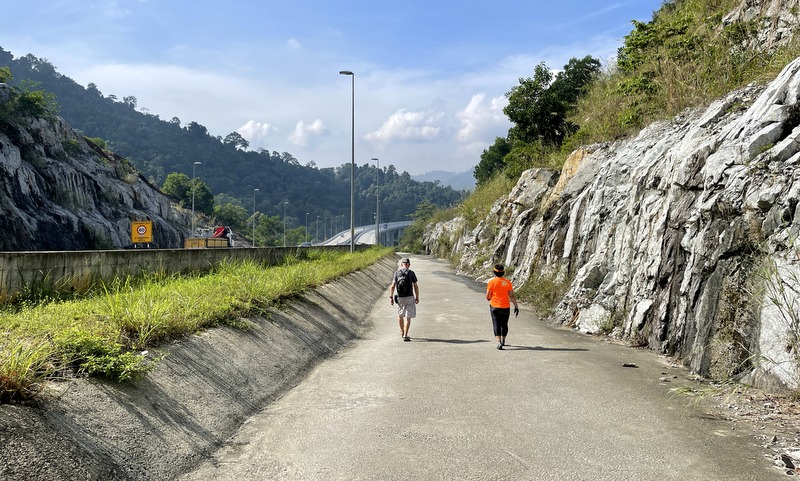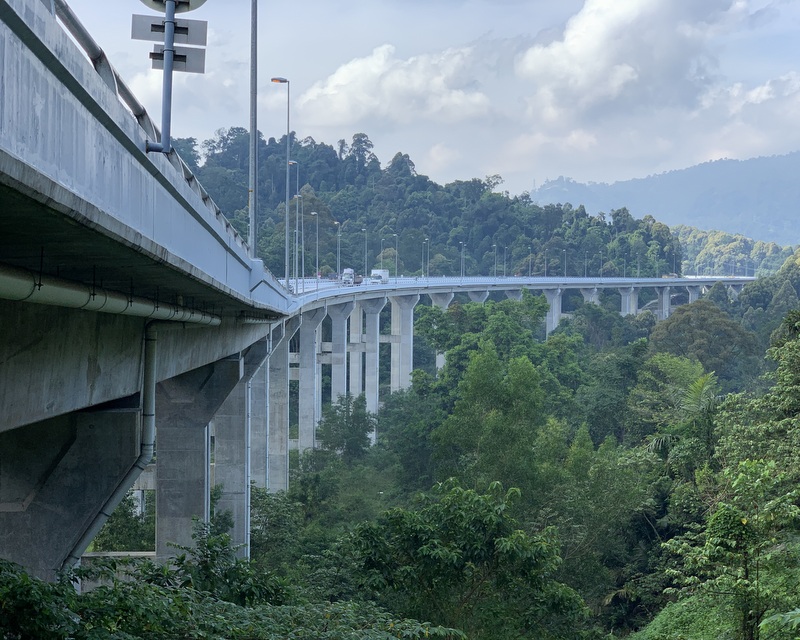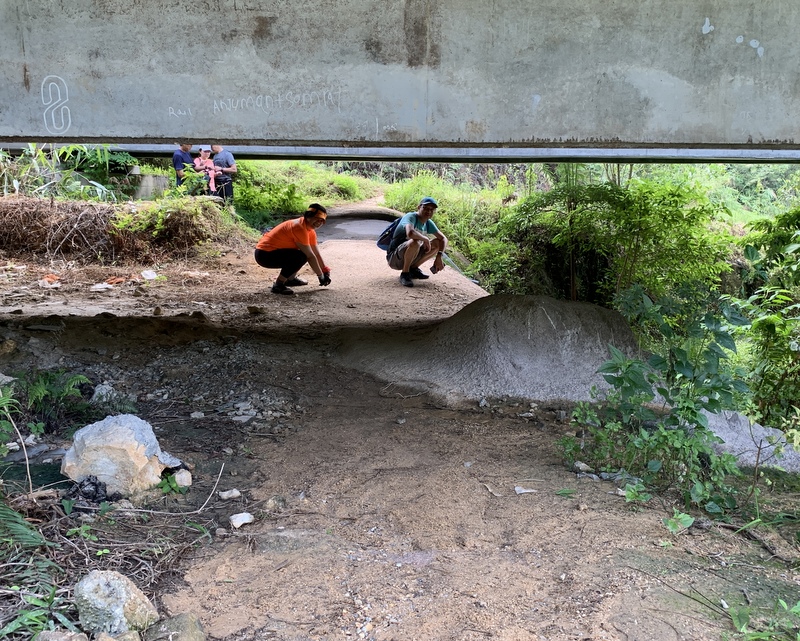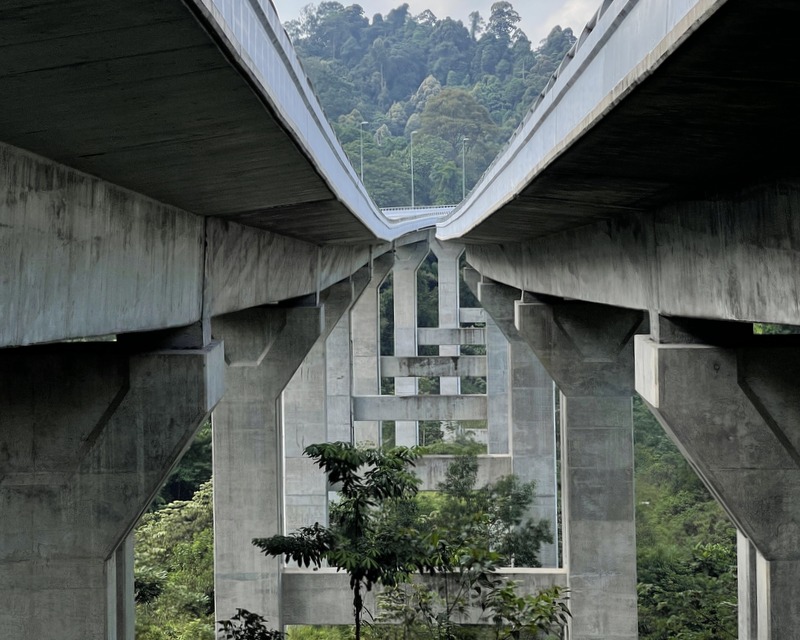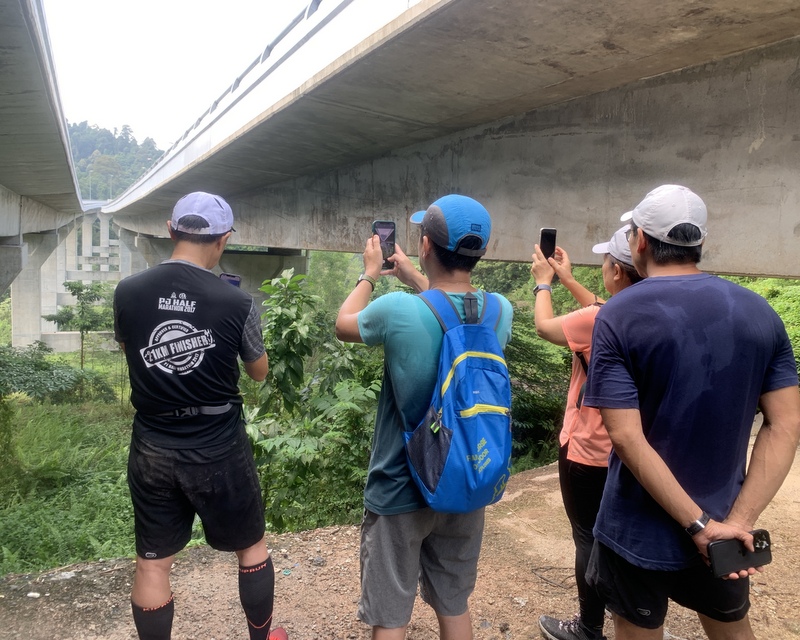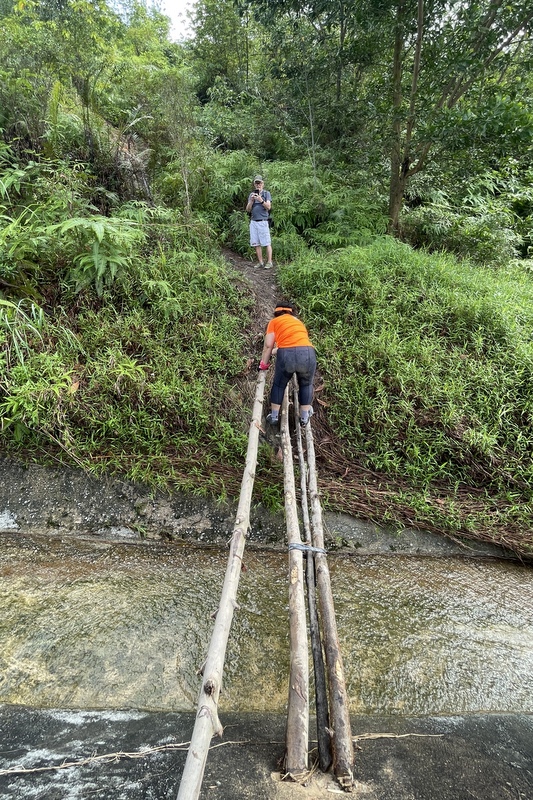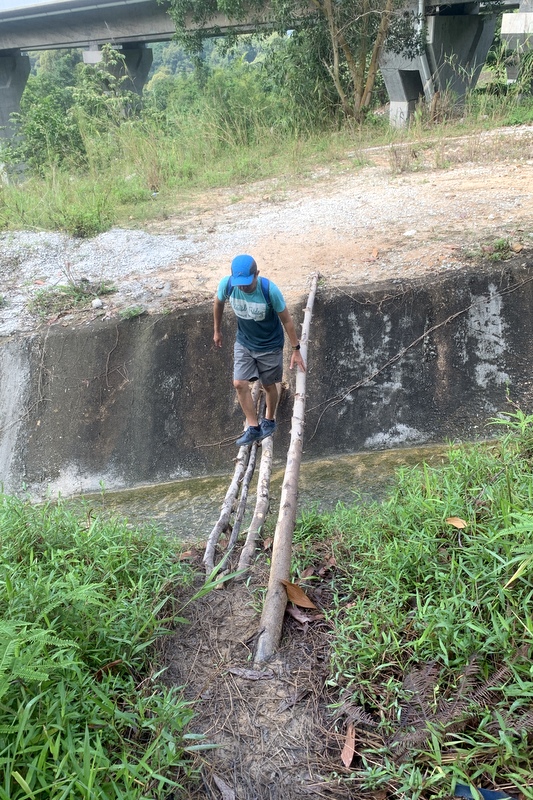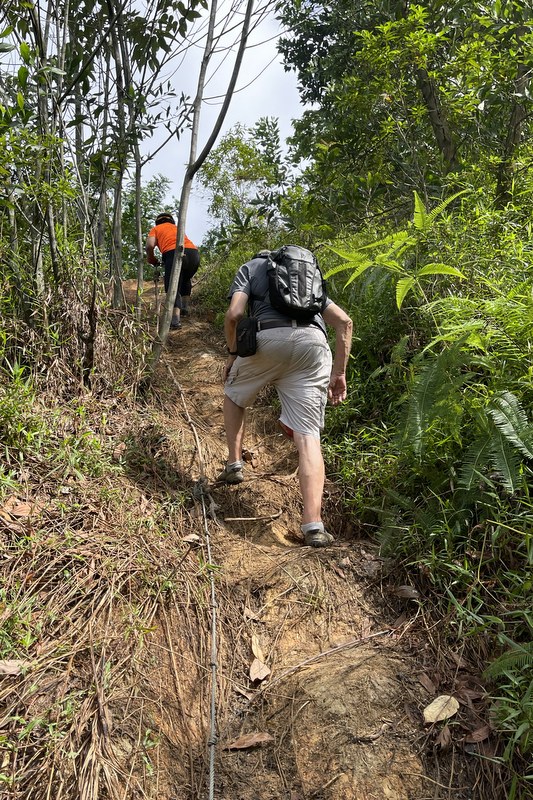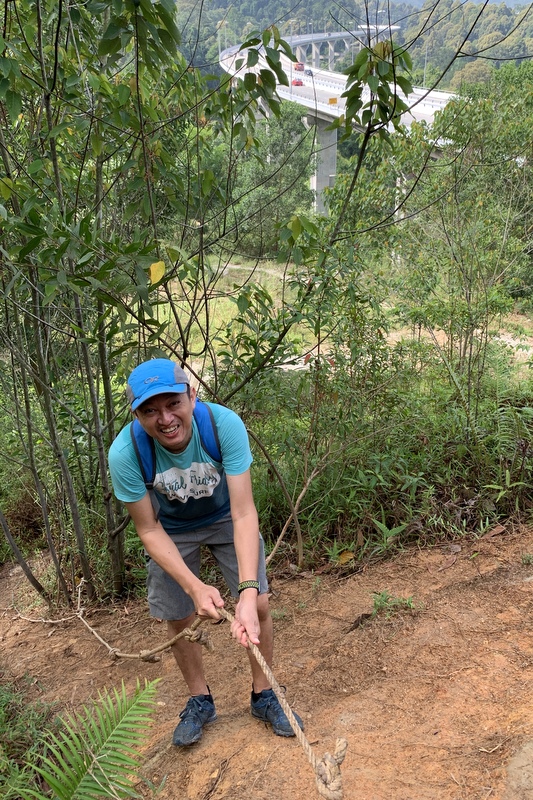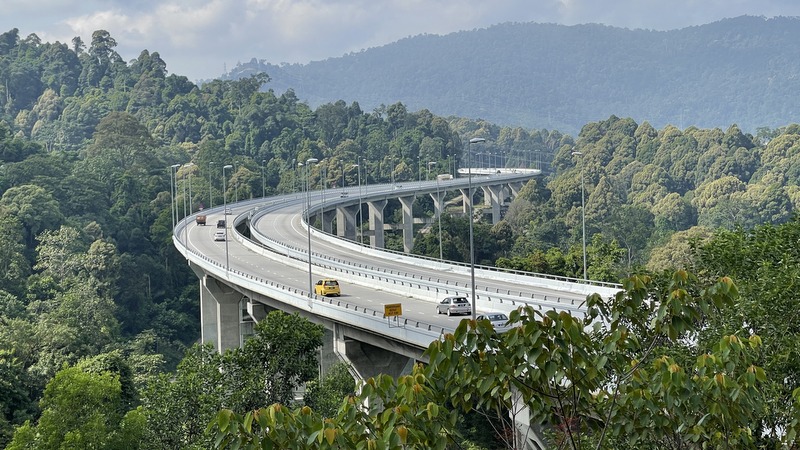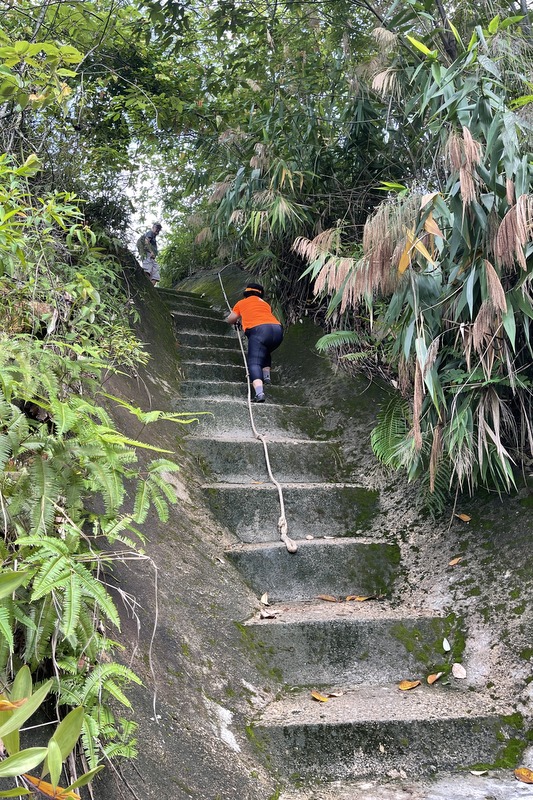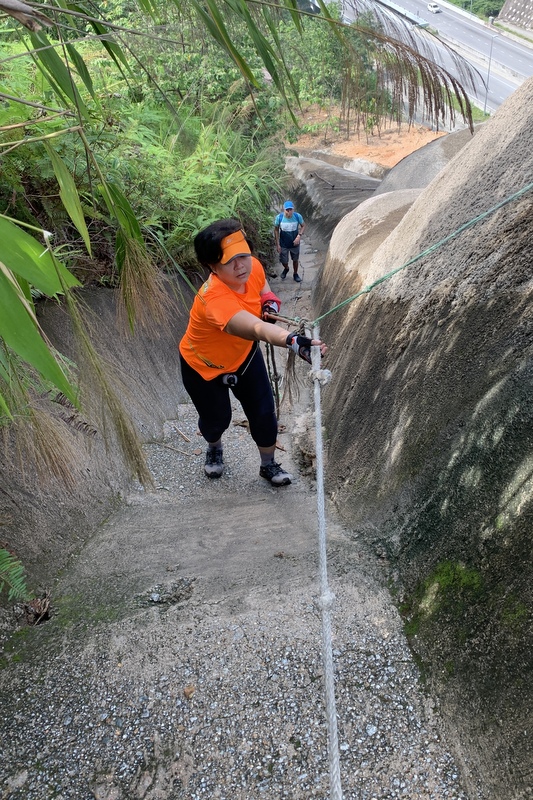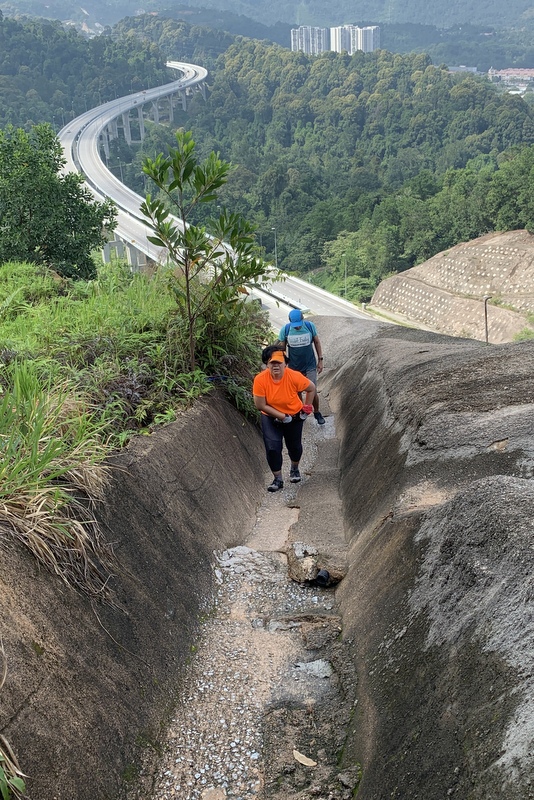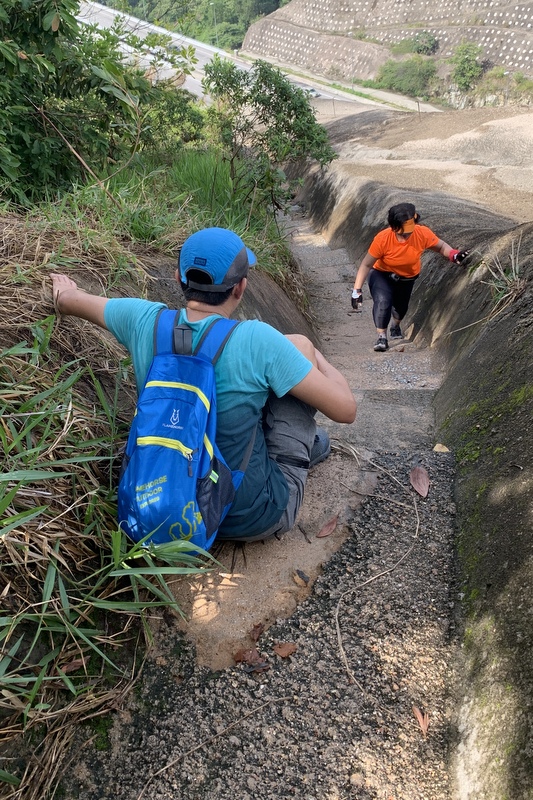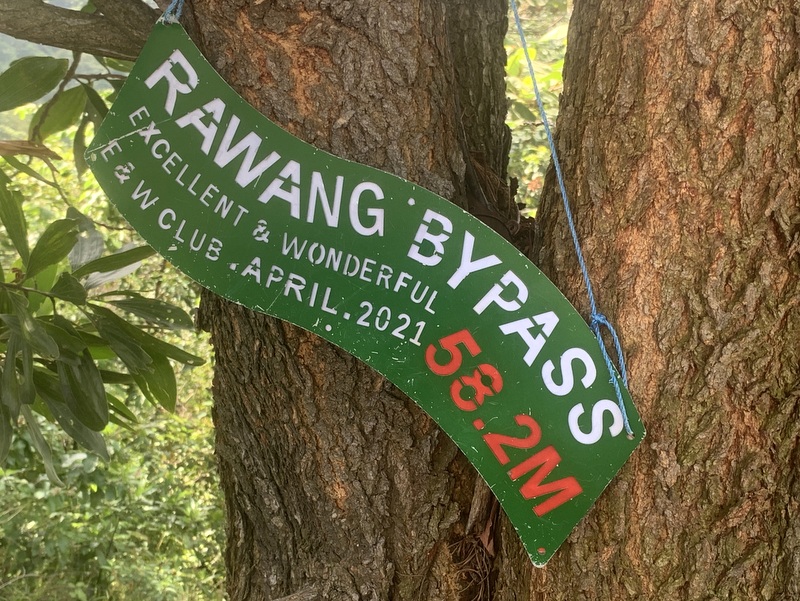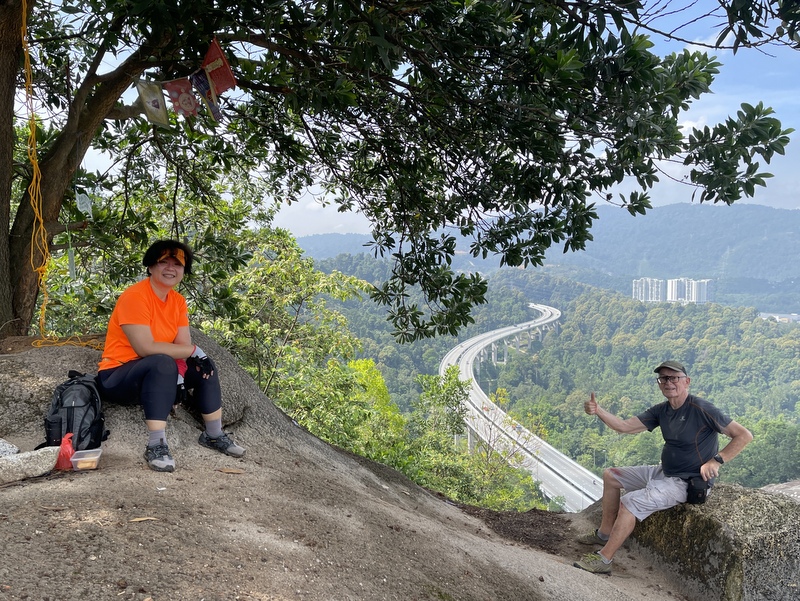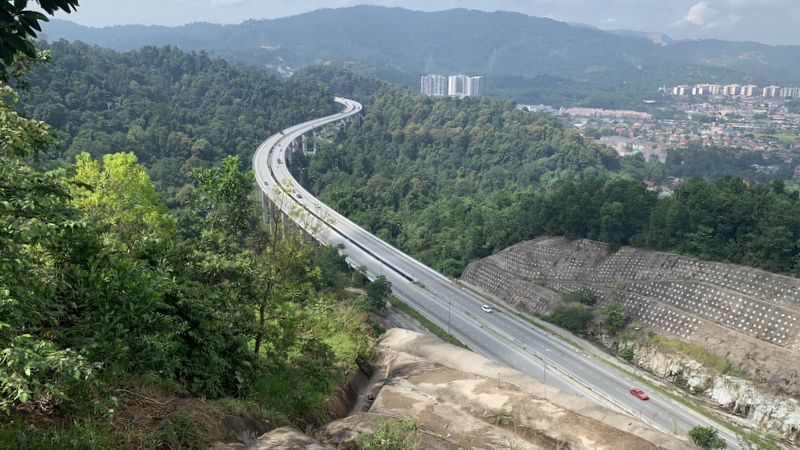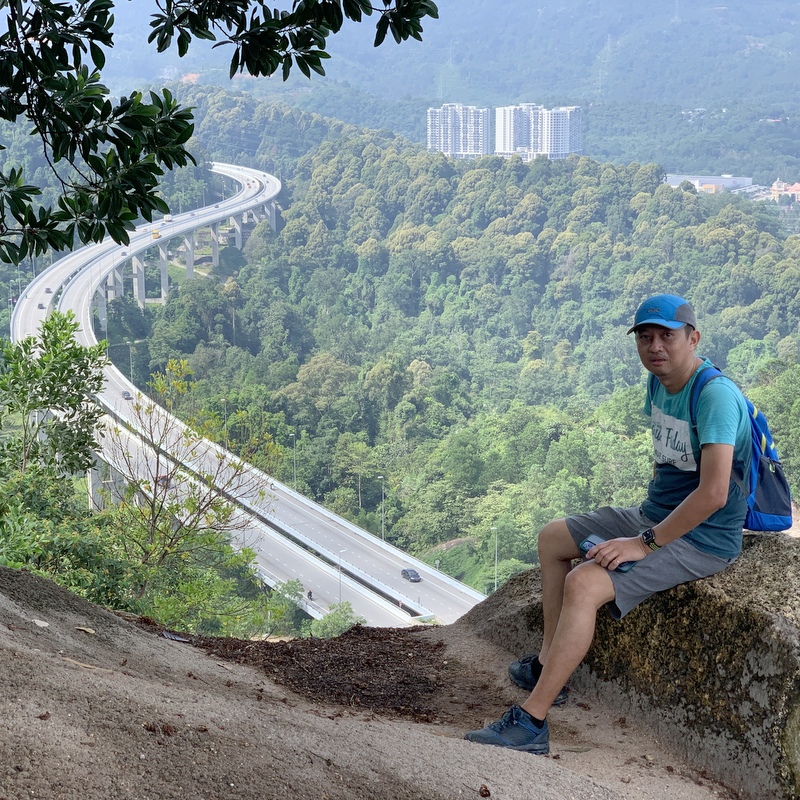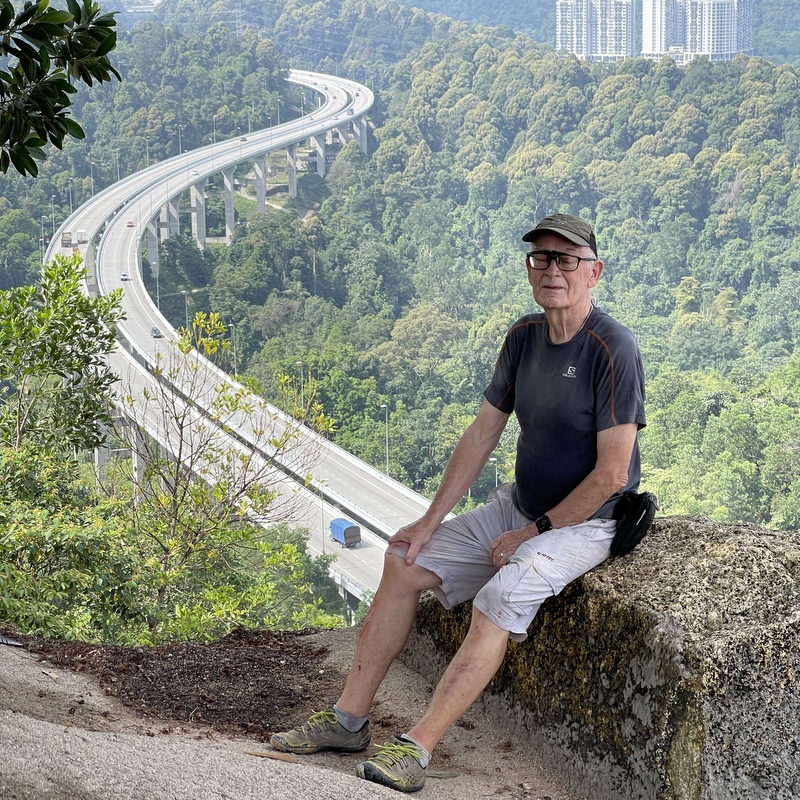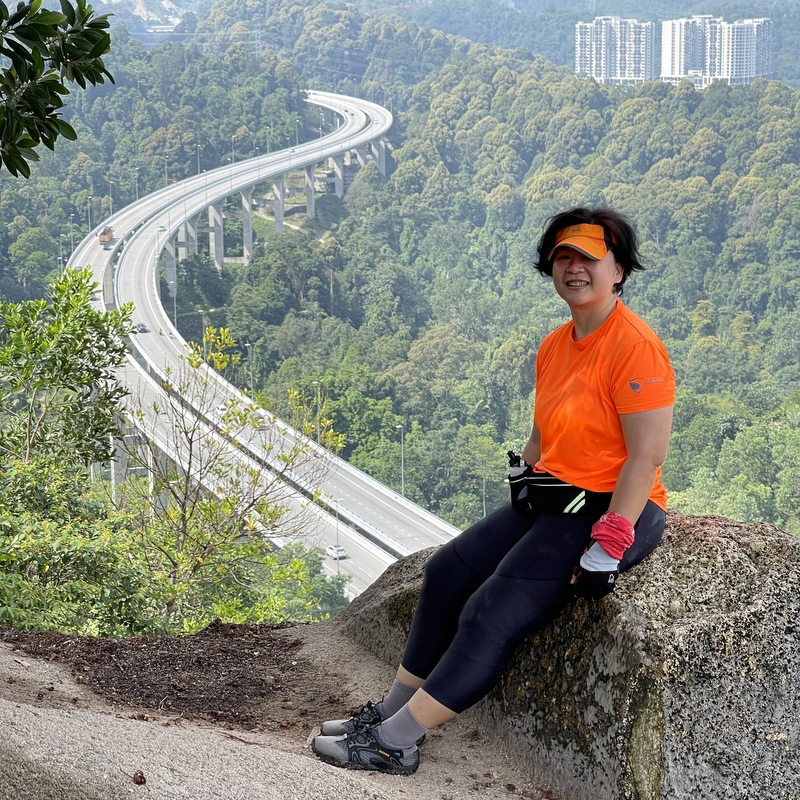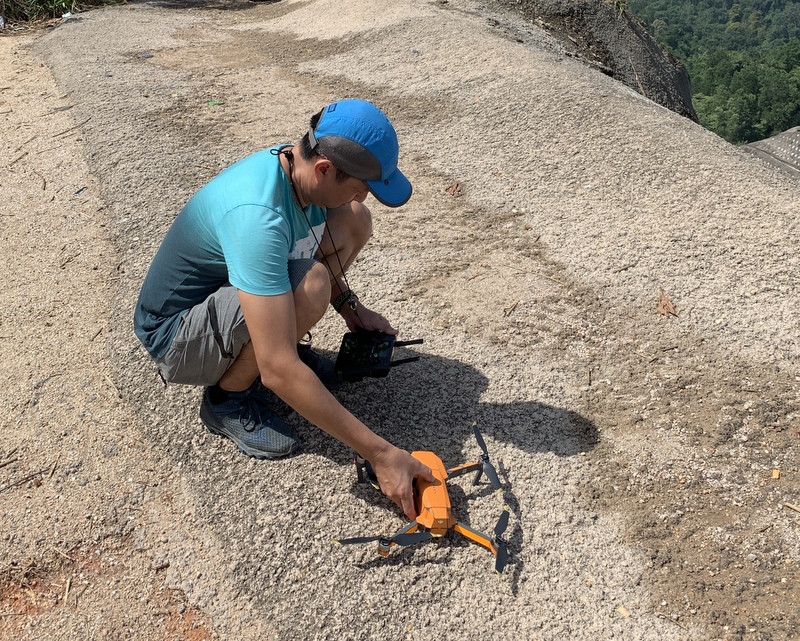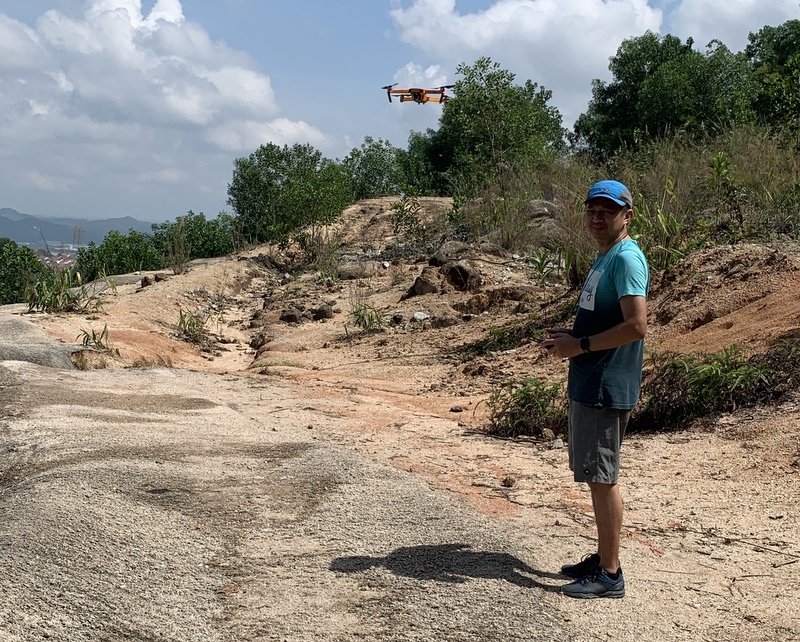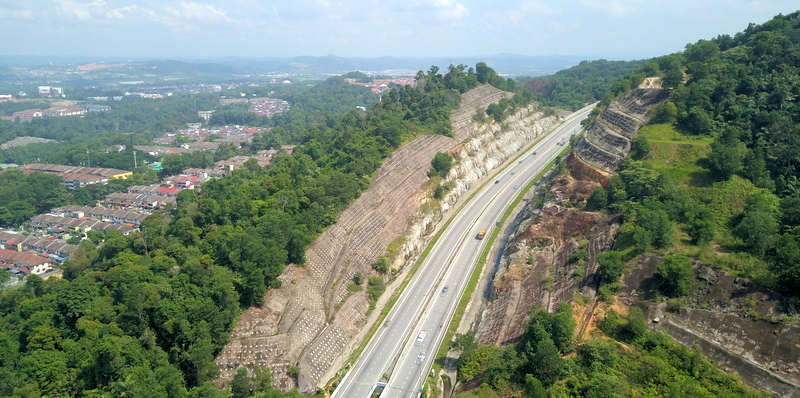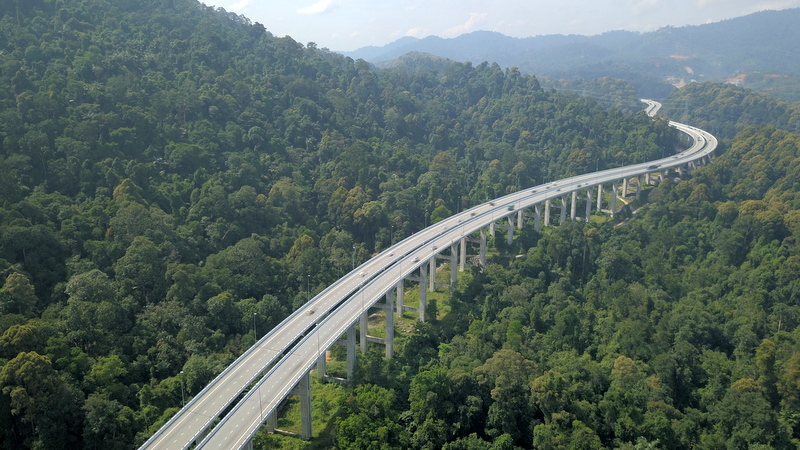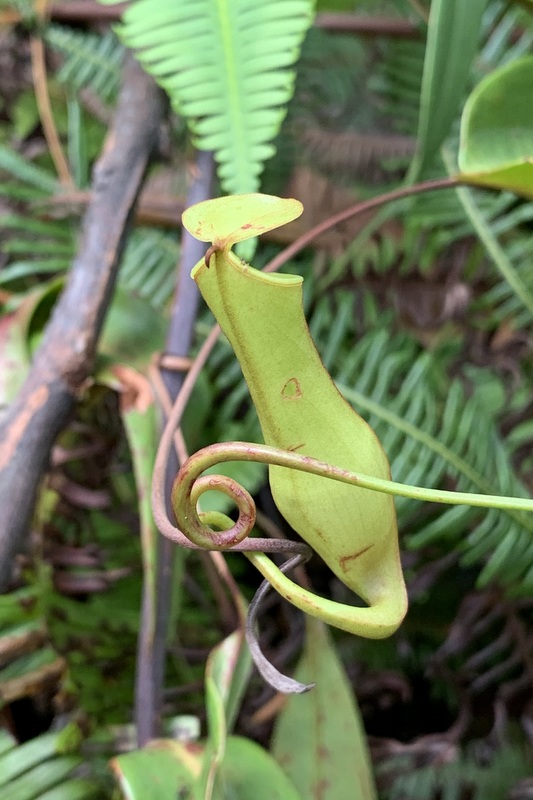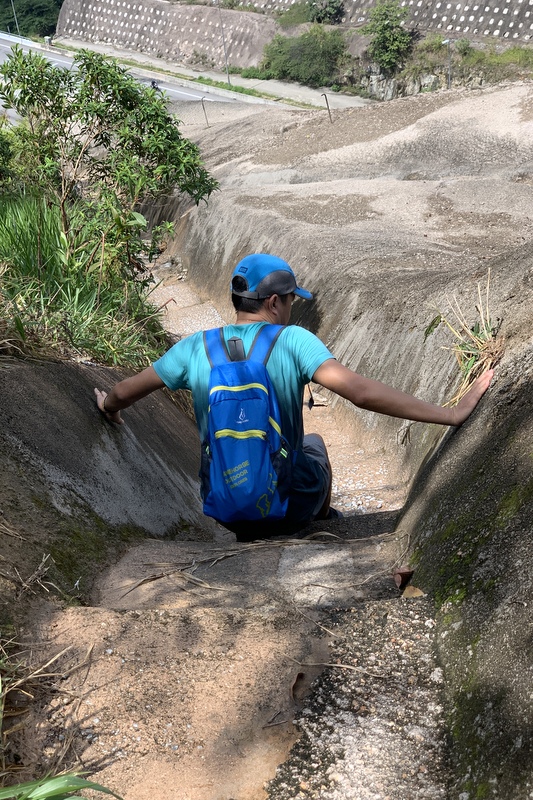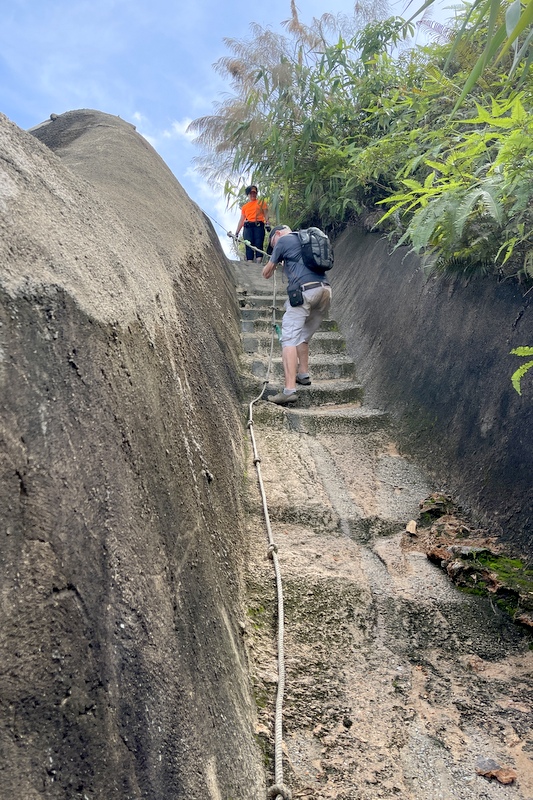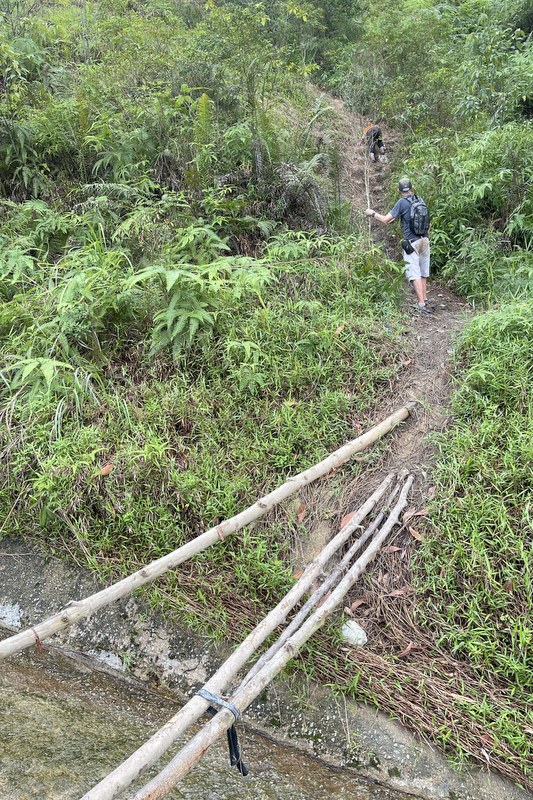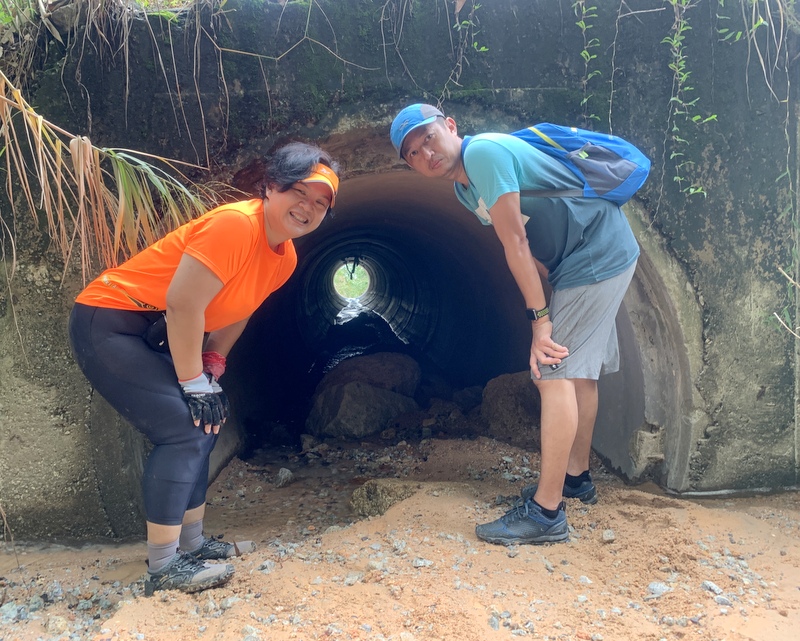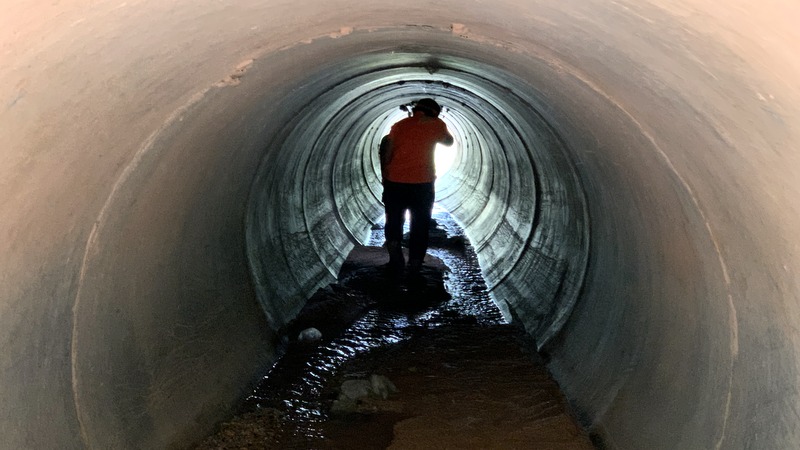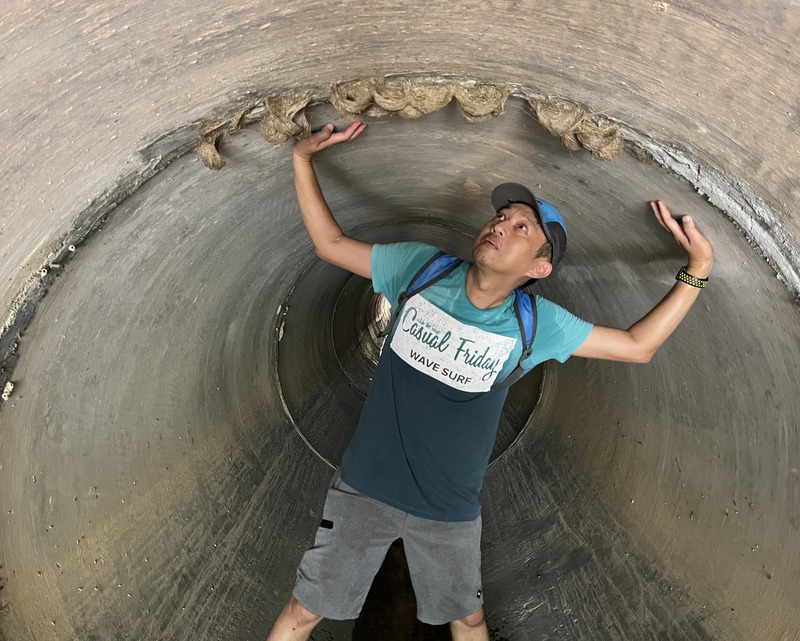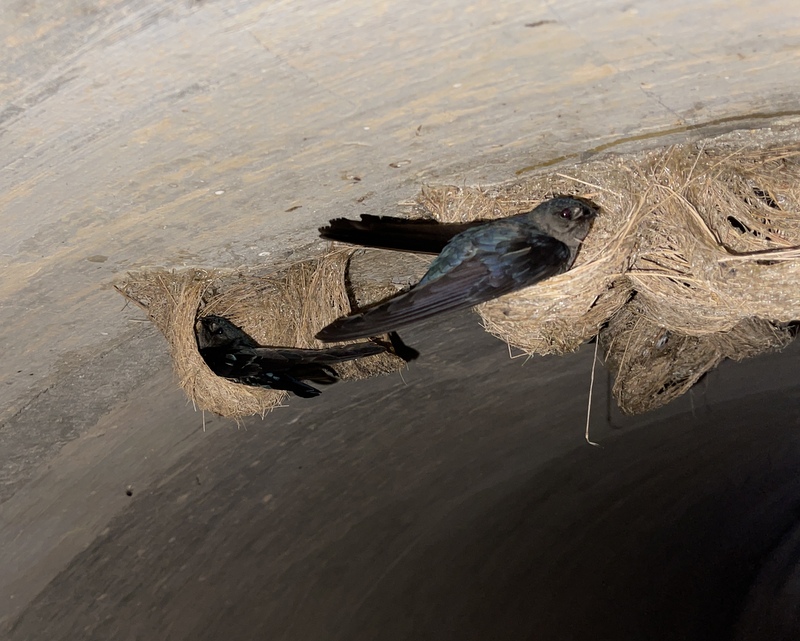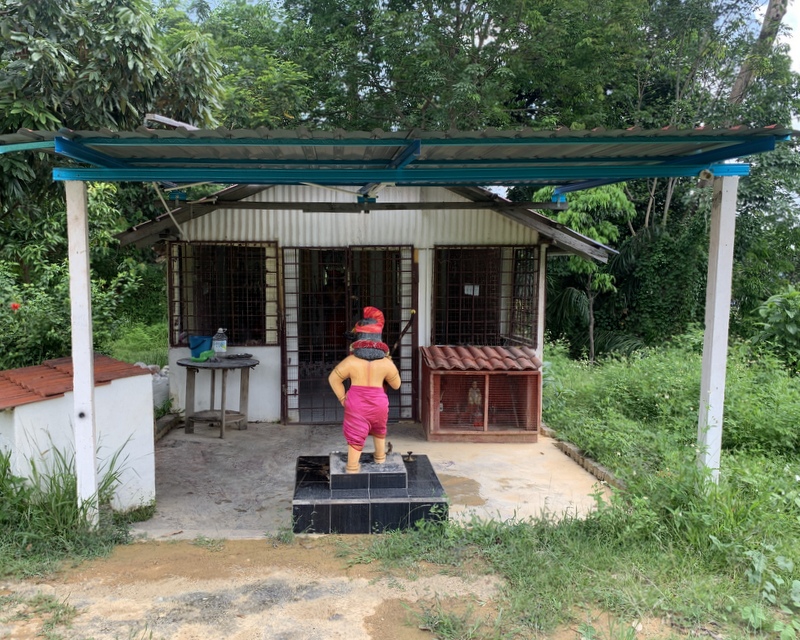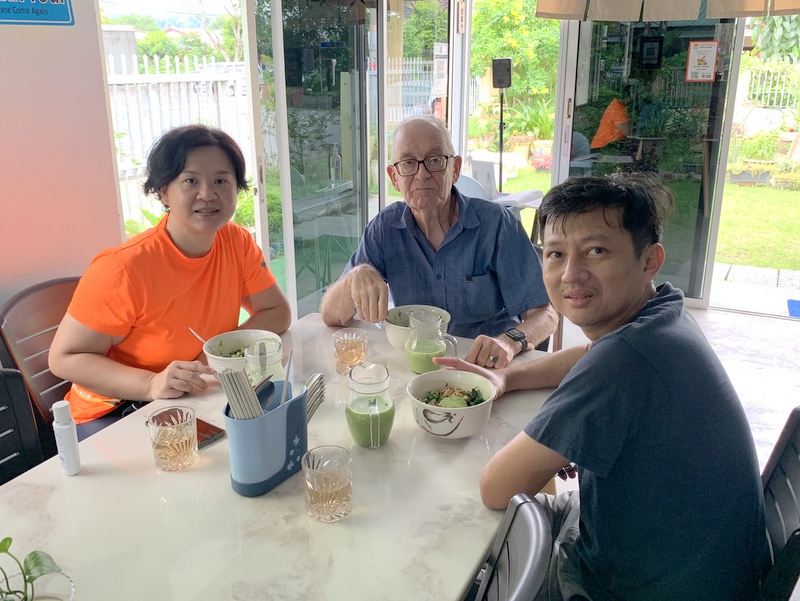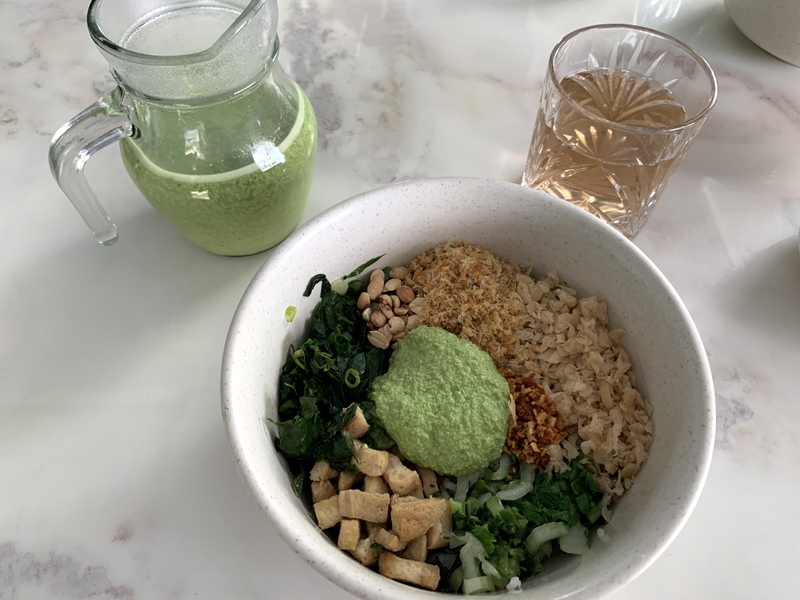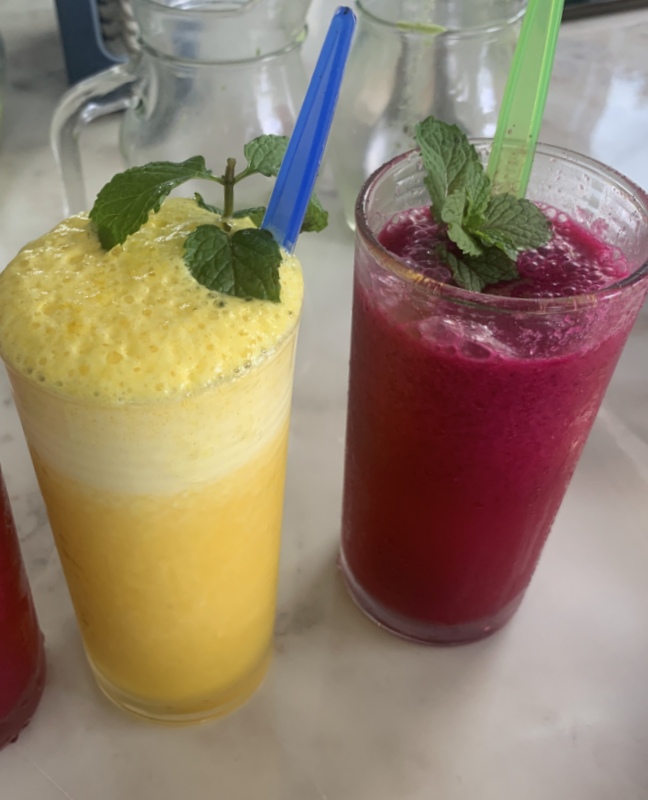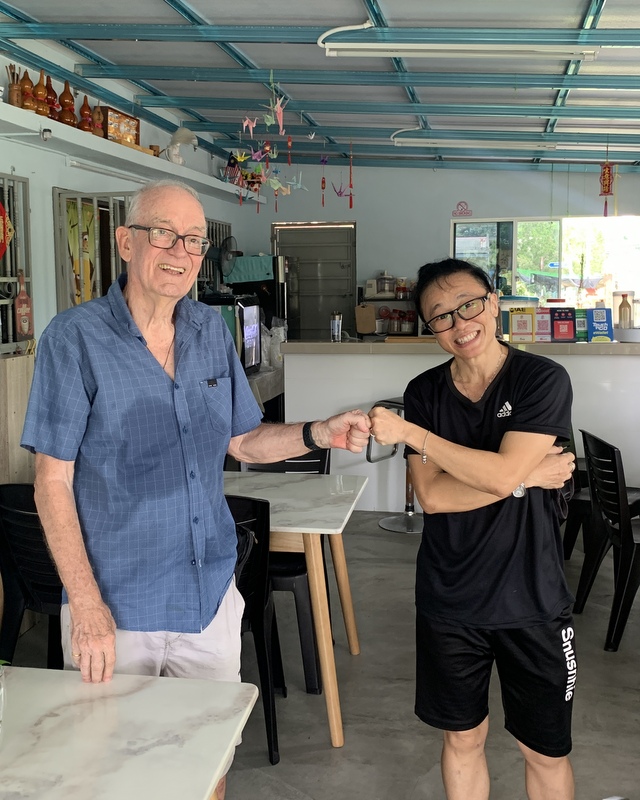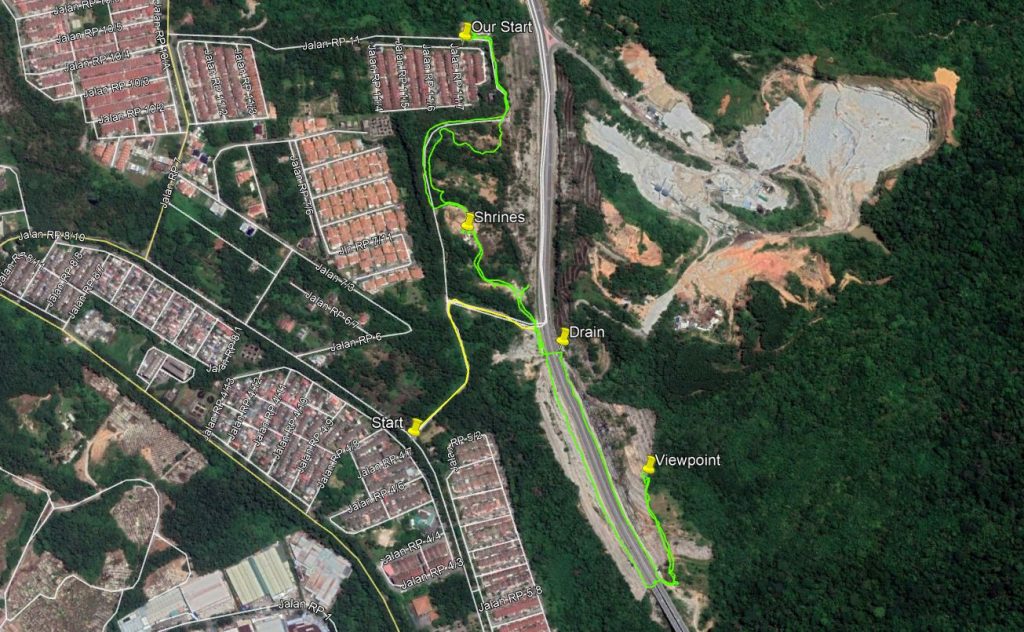Aric and I like traveling and in the past twenty years we have visited many countries. In this blog post I have collected all the trips we have made between 2002 and 2019. Most of these trips I have documented in reports, in which case I give the link with a short description and a few pictures.
———————————————–
Europe, May 2002
Aric’s first trip in Europe. I had planned an ambitious itinerary, including Germany, Austria, Italy, Switzerland and France 😉 . In those days I didn’t keep a blog, so details have become vague. We traveled by car, stayed mostly in hotels, camping occasionally. We did Venice as a daytrip from Padua and took a train from Florence to Rome, because Aric absolutely wanted to see the Colosseum!
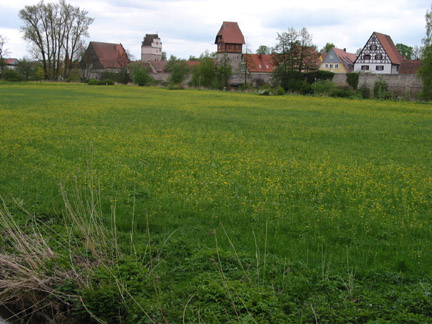
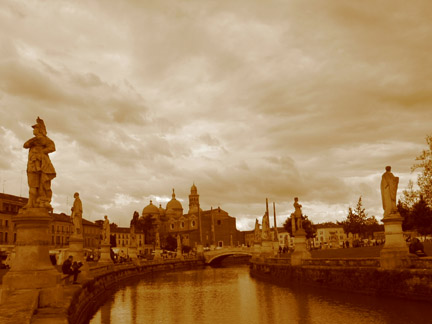
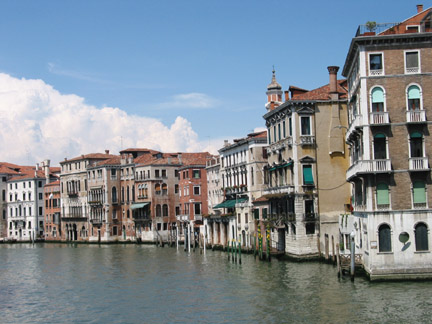
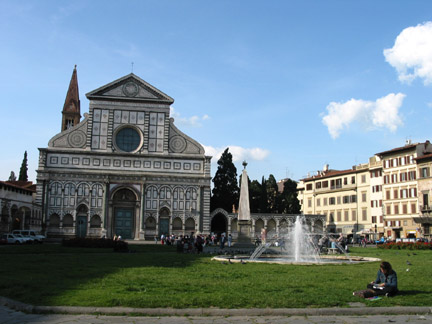
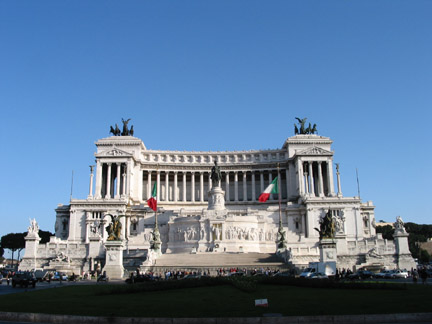
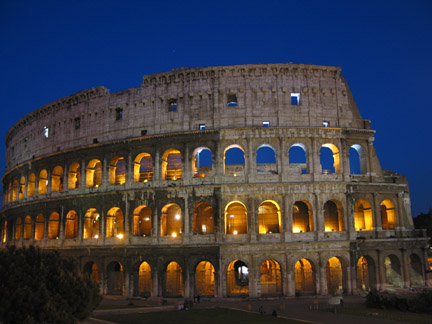
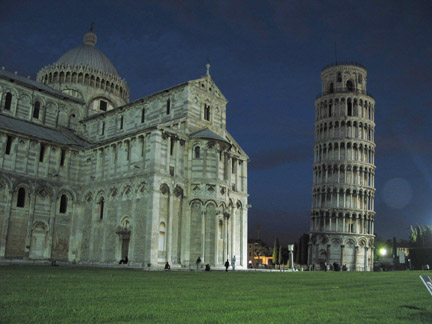
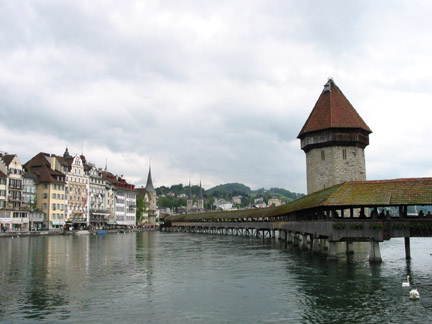
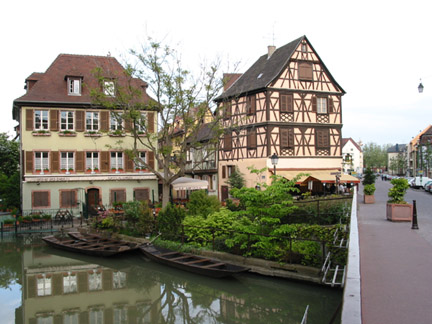
———————————————–
Bali, February 2003
We visited Bali only a few months after the Kuta bombings, tourism had come to an almost complete standstill. I kept a diary and published four picture reports about various aspects of the trip: Nature, Culture, Sawah and Personal.




———————————————–
Sydney, October 2003
In 2003 I didn’t have a MM2H visa yet, therefore I had to leave Malaysia every three months.. Originally we had planned a trip to Beijing, but finally we decided for a short holidays Down Under. Sydney is a very pleasant town and we could easily have spent a much longer time there. Even with the sometimes winter-like cold weather, so we have hardly visited any of the famous surf beaches!. Here is a pictorial report Sydney 2003. The captions of each picture link to separate sub-reports.
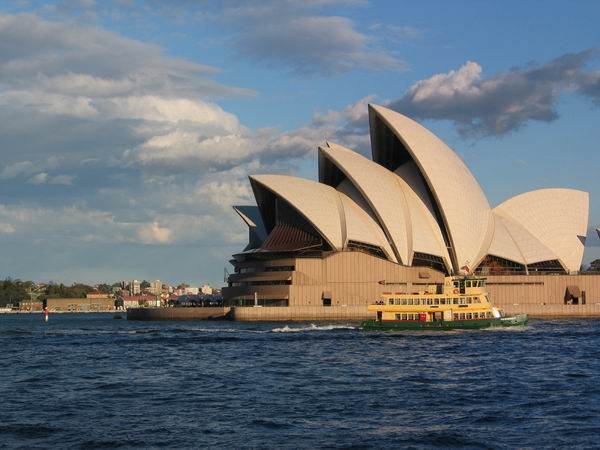
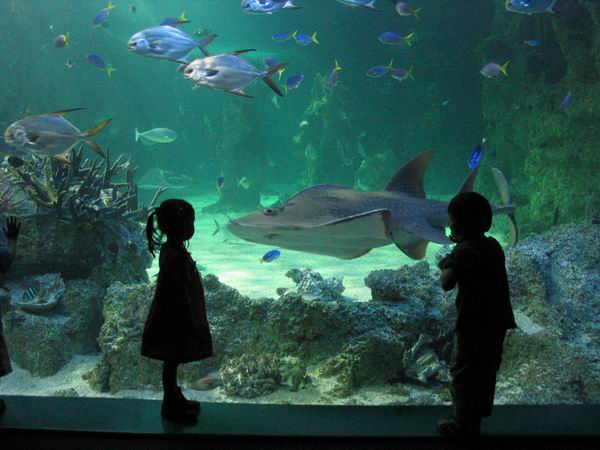
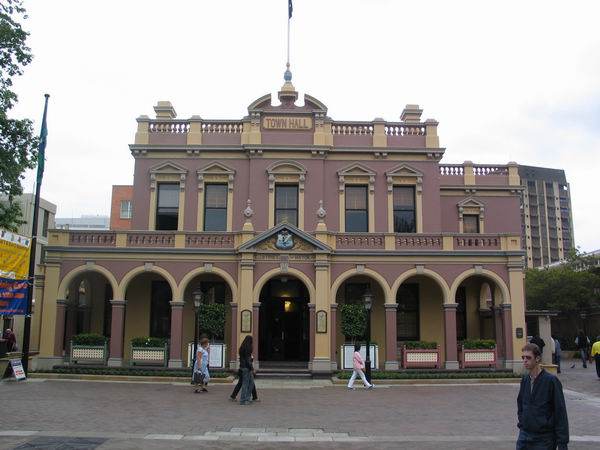
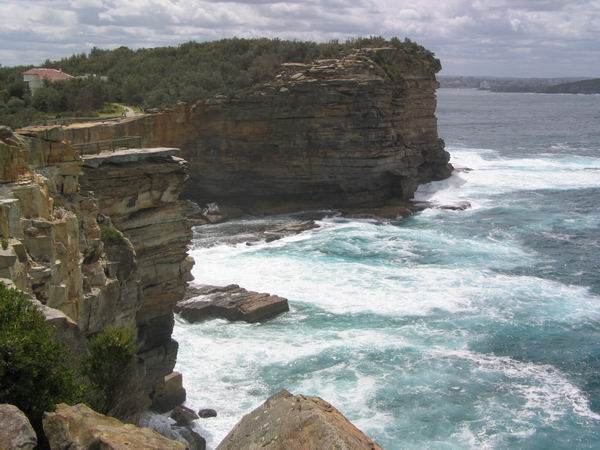
———————————————–
Beijing, June 2004
When my three-months visa expired, we decided to visit China this time. Beijing was our destination, but we also visited the Great Wall, the Ming Tombs etc. Here is a report with the Highlights of our trip. Detailed reports can be found in Beijing 2004.

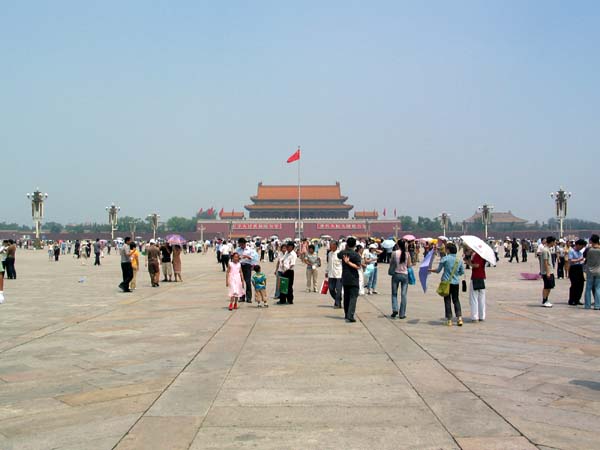


———————————————–
Cambodia, January 2005
Of course Angkor Wat was the main destination of our Cambodia trip. But we started in Phnom Penh and visited the Killing Fields. By boat to Siem Reap and after three days of Angkor Wat, we continued to Battambang. I created a kind of travelogue this time: A Pictorial Travel Report of a Trip to Cambodia.
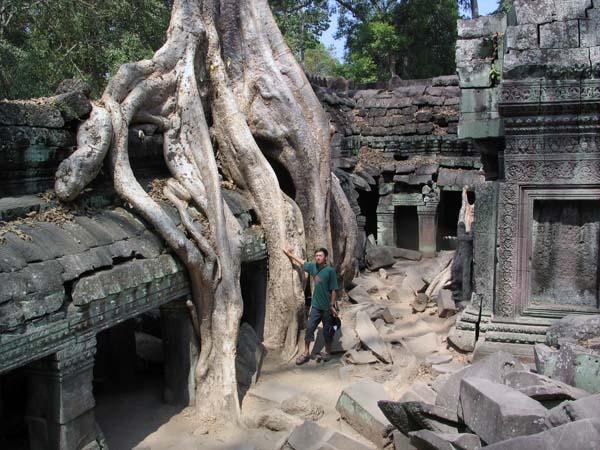
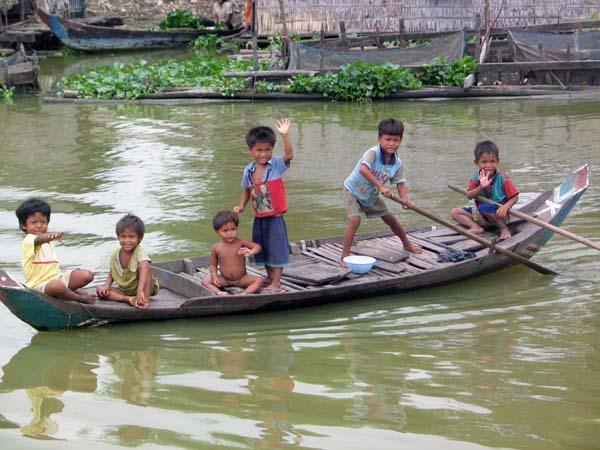
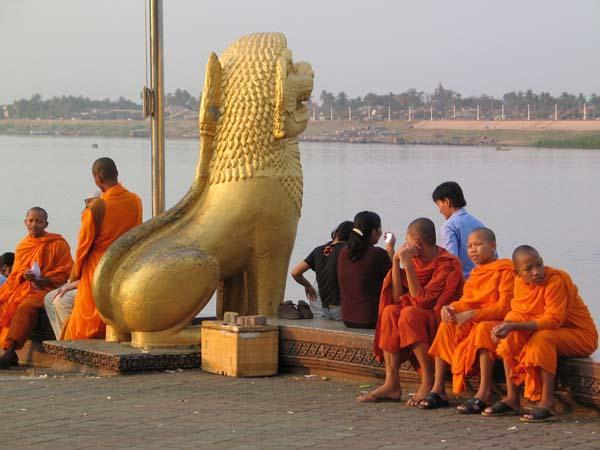
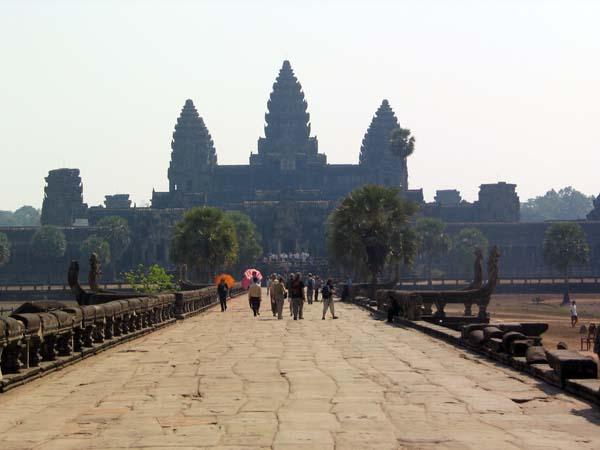
———————————————–
Sabah, May 2007
An adventurous trip, well organised by a friend of Aric. First we went snorkeling on Manukan island, next there was wild water rafting on the Padas river and the culmination was climbing Mount Kianabalu. I stopped at Laban Ratah, Aric made it to the top. After a relaxing time at the Poring Hot Springs we went back to KL. Here is the travelogue: Sabah Trip.
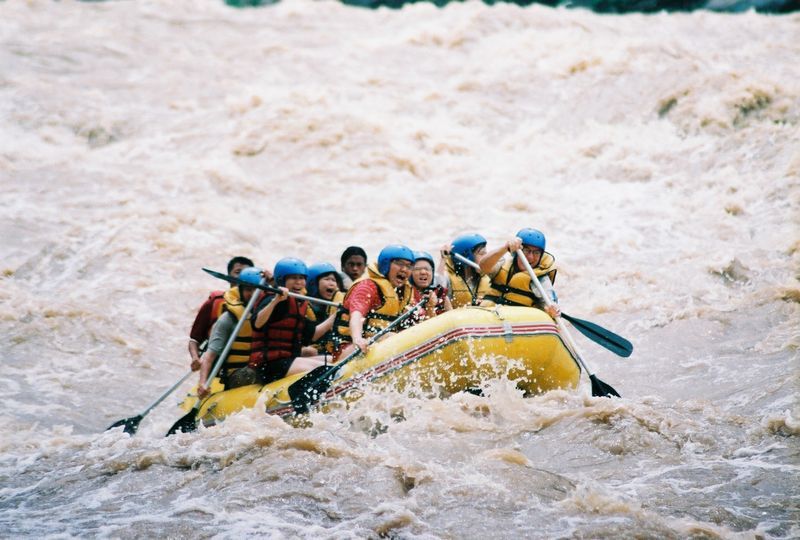
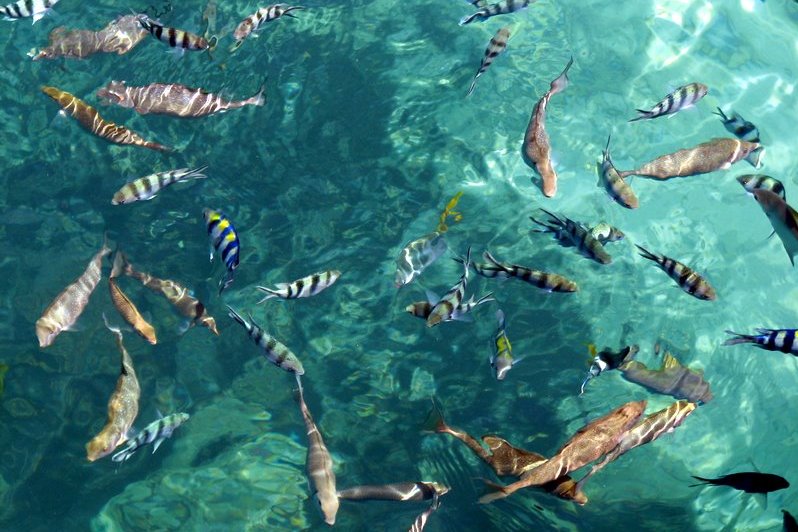
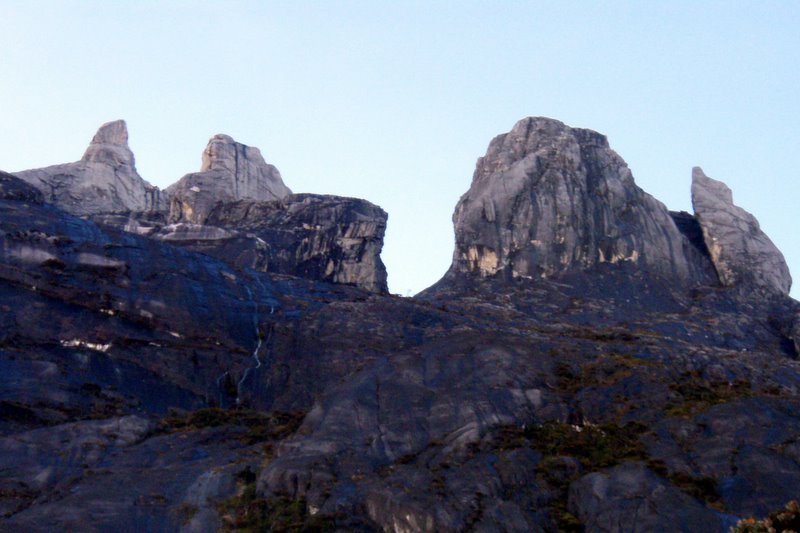
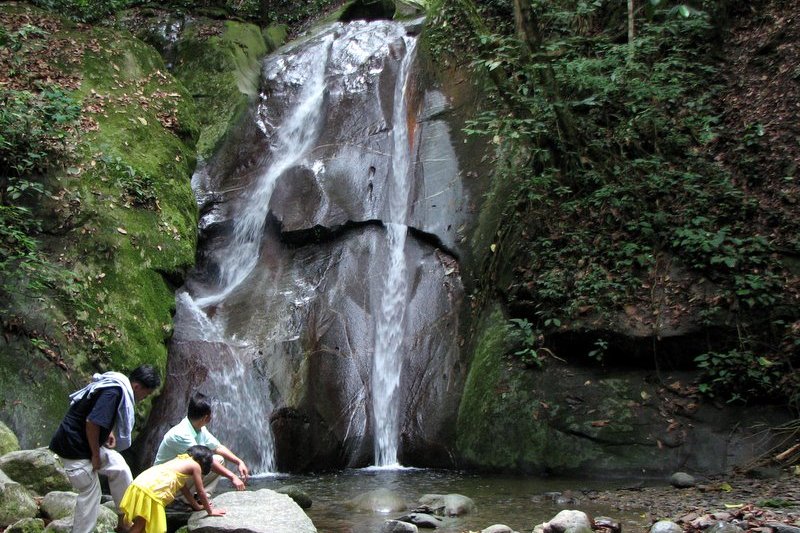
———————————————–
Vietnam, July 2007
Air Asia had a promotion with free tickets to Hanoi, we could not resist the temptation and went to Vietnam. First we stayed a few days in Hanoi, a very pleasant town, although it was very hot. We made a trip to Halong Bay, very worthwhile. Instead of visiting Hue (too hot), we took the train to Sapa in the mountains. Finally a few more days in Hanoi. Here is the travelogue Vietnam, July 12-21, 2007.
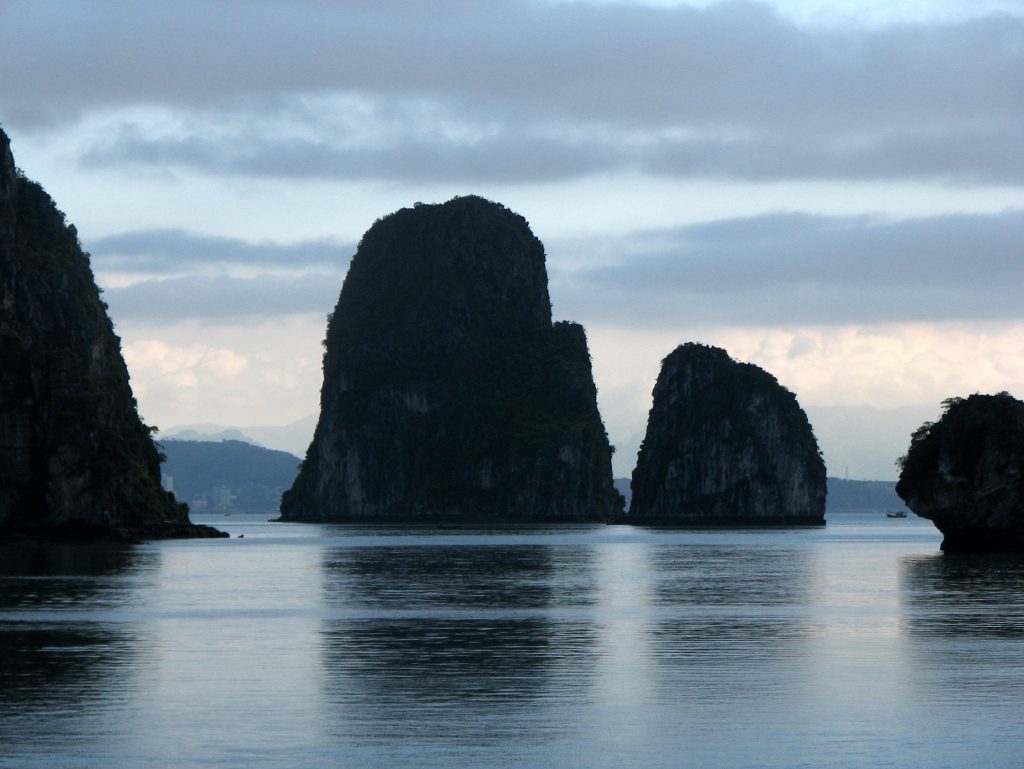
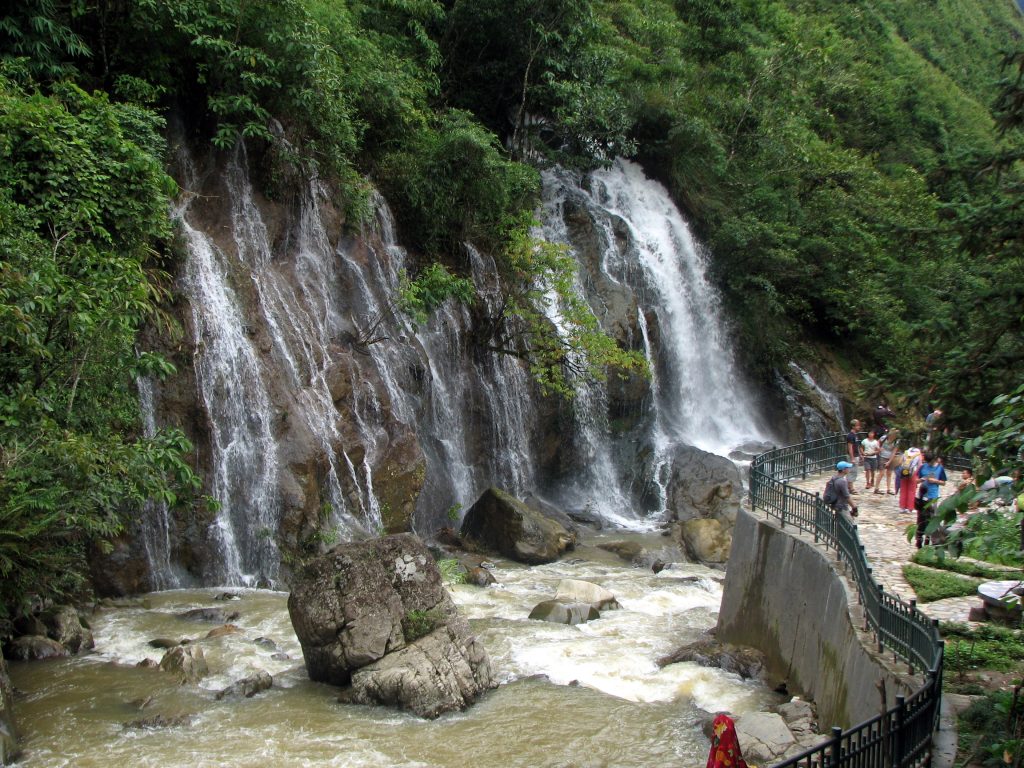
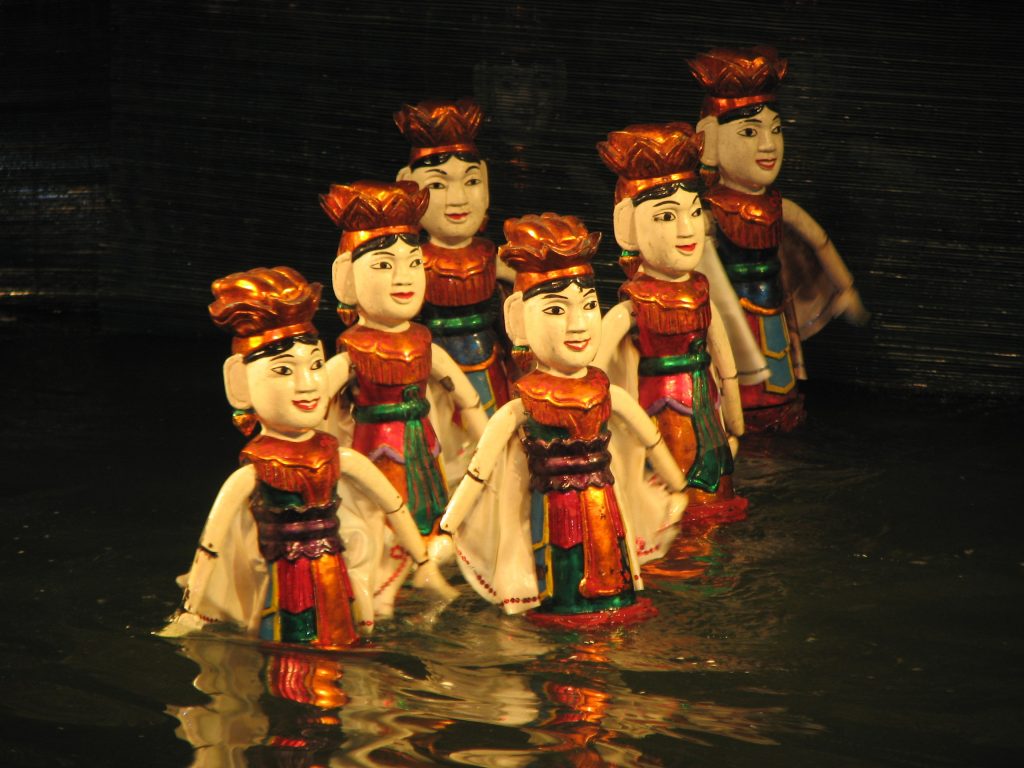
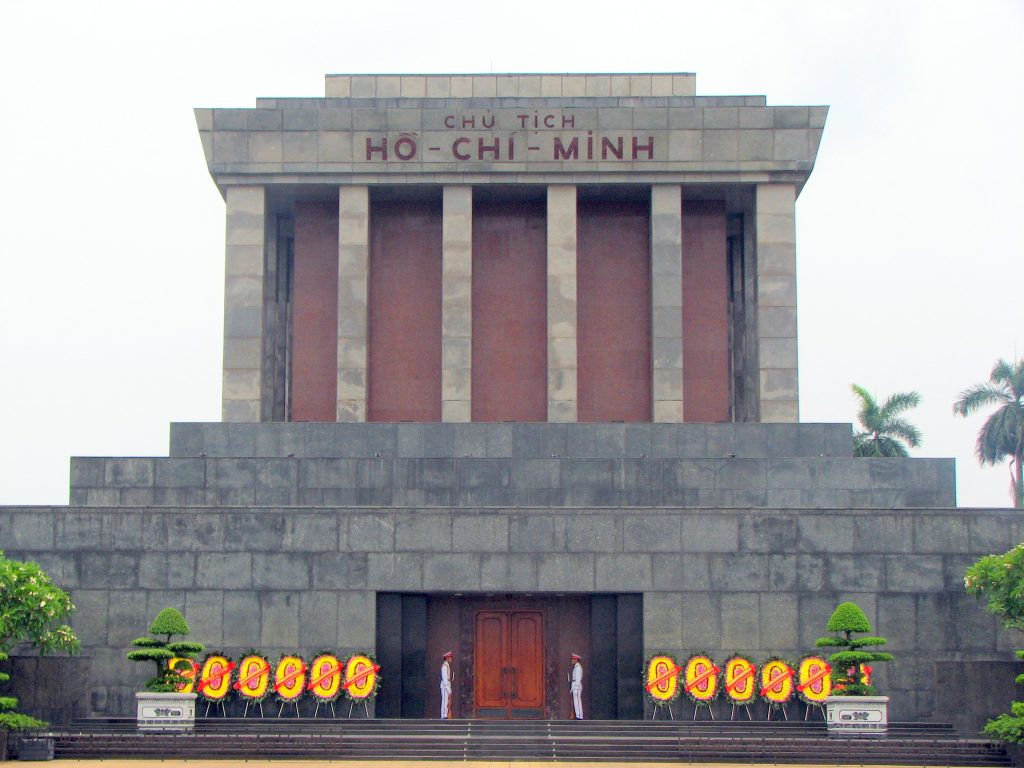
———————————————–
Sarawak, December 2007
A short trip to Sarawak to attend the wedding of a Dutch friend with a Bidayu lady. Of course we managed to include a few waterfalls and also an Orang Hutan rehabilitation center. More details in Sarawak, (14-17)-12-2007.
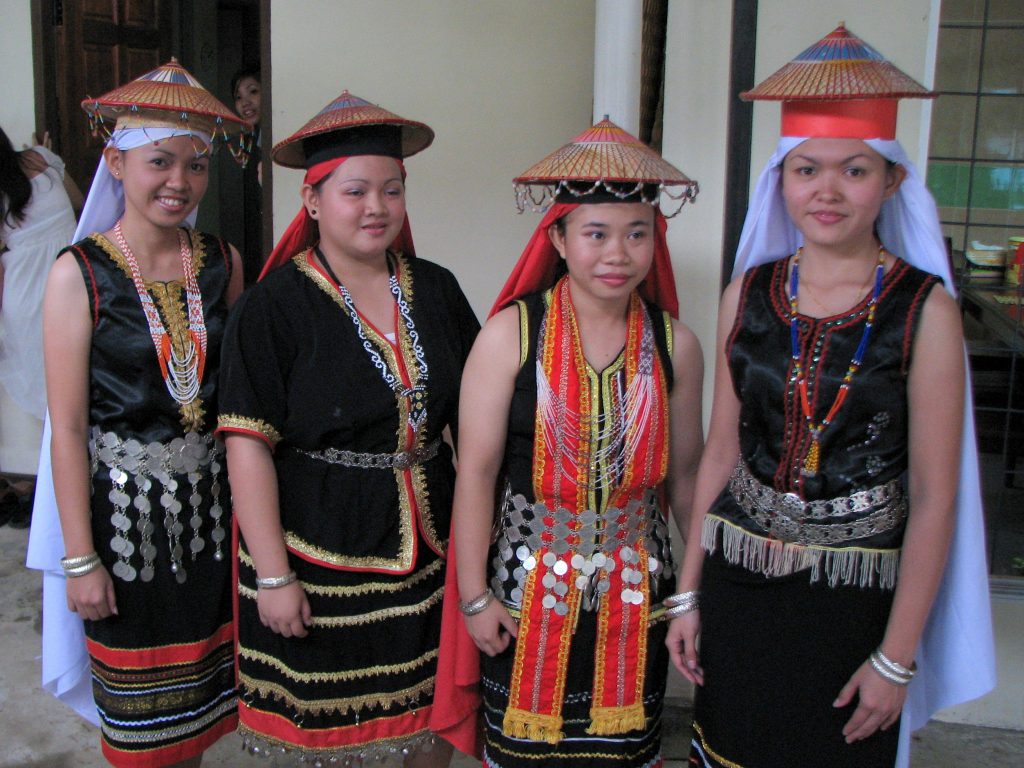
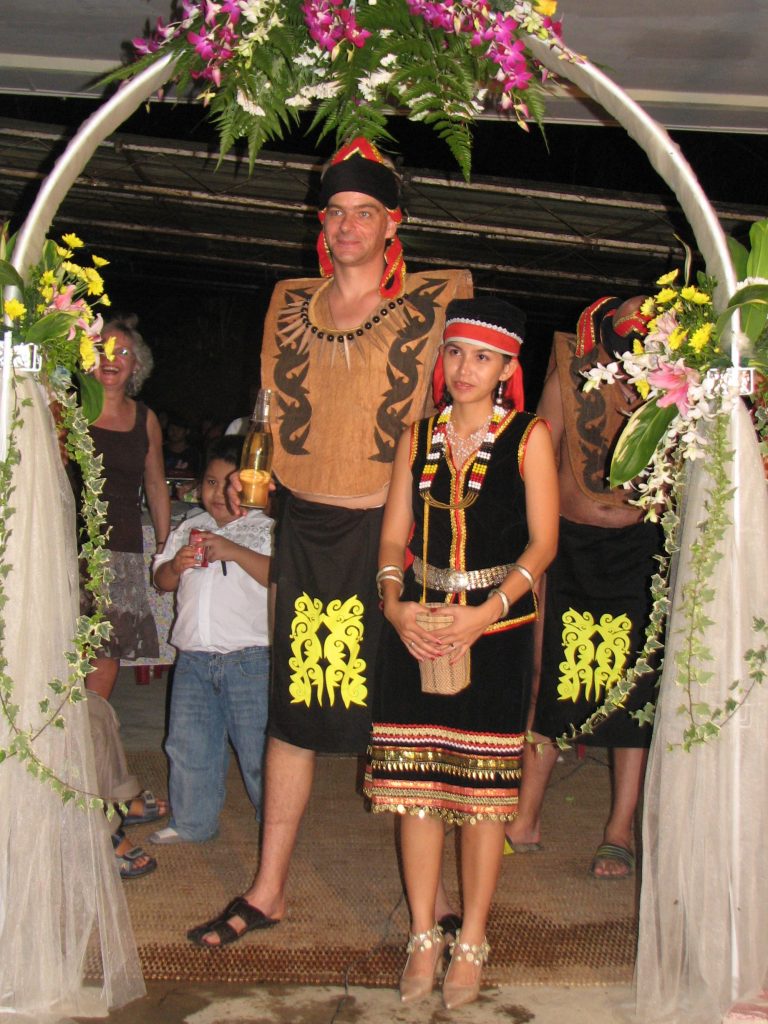
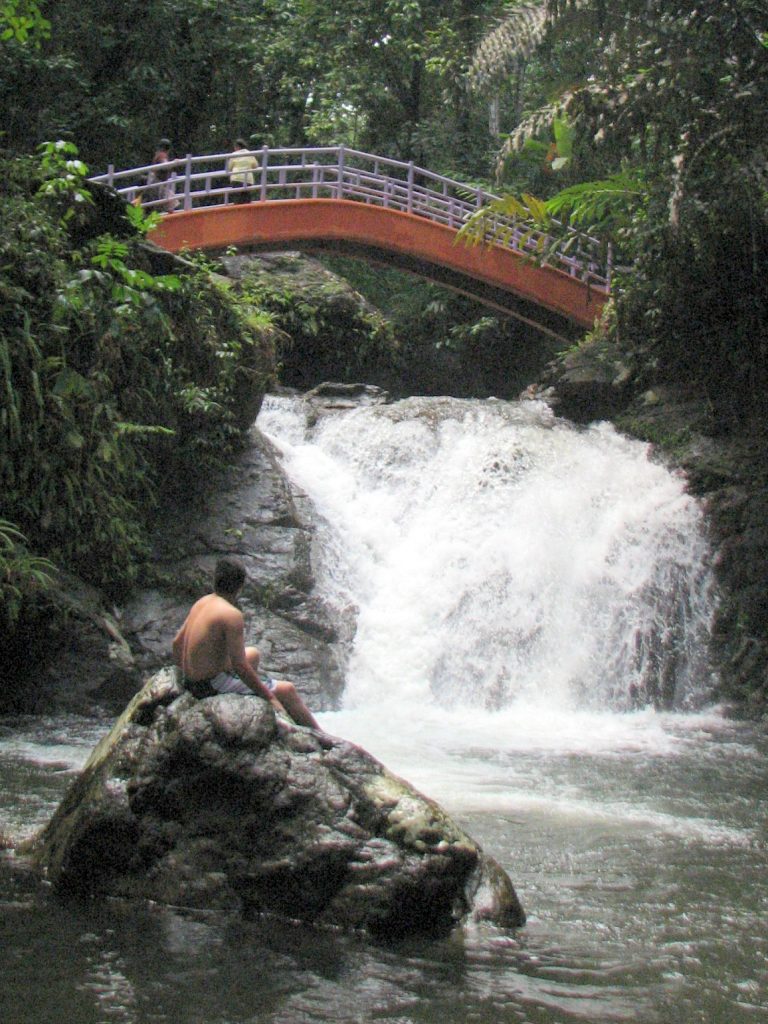
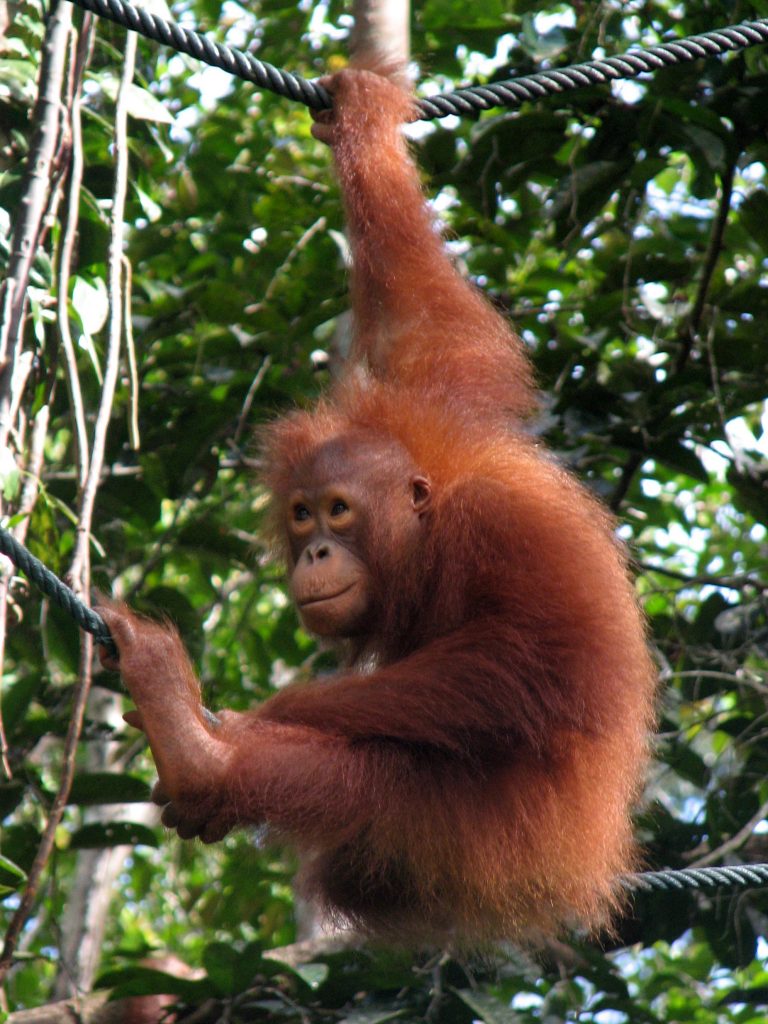
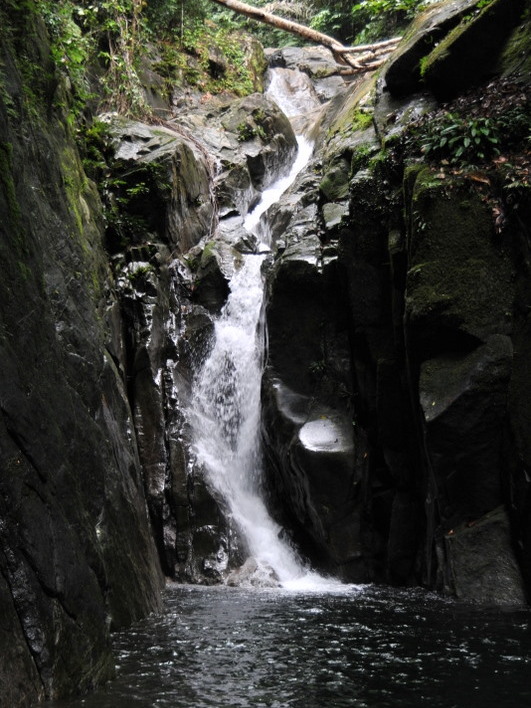
———————————————–
Thailand, November 2008
A friend of ours, Dick Sandler, has a resort near the Khao Sok National Park in Thailand and Marcia, another friend, has a house at Railay Beach, near Krabi. We took a flight to Krabi, spent some time there, then took a boat to Railay , where we celebrated Loy Krathong on the beach. In Khao Sok we stayed in a romantic tree house and visited a waterfall. More pictures in Thailand (Krabi & Khao Sok) 2008
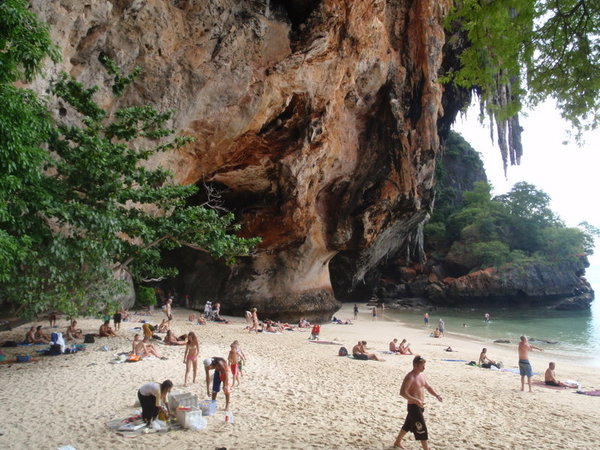
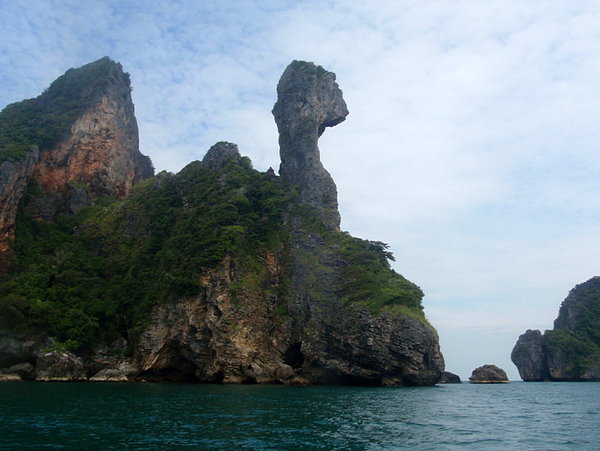
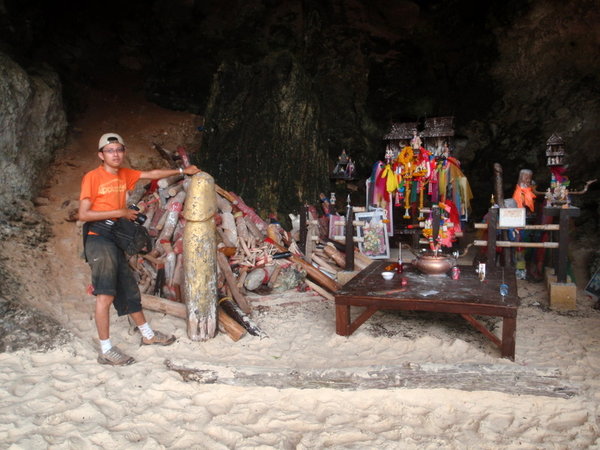
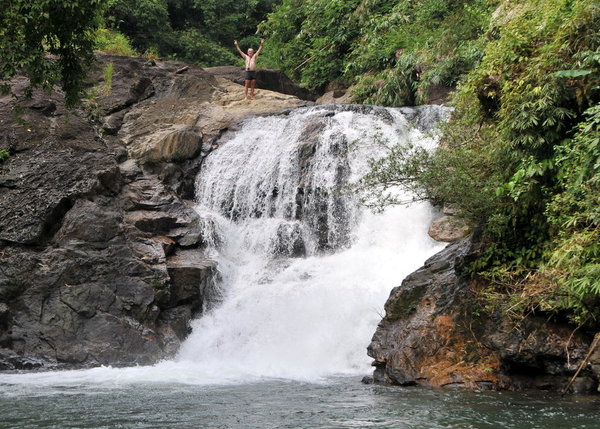
———————————————–
China, July 2009
In July 2009 we went back to China for a very special reason, to see for the first time in our lives a solar eclipse! Solar eclipses are only visible from narrow regions on Earth, in this case a part of China. We decided to start our trip in Hangzhou and watch the eclipse there. Then to continue our trip to Suzhou and finally Tong Li. All three places famous tourist attractions. Our trip resulted in three albums, Hangzhou, Suzhou and Tong Li.



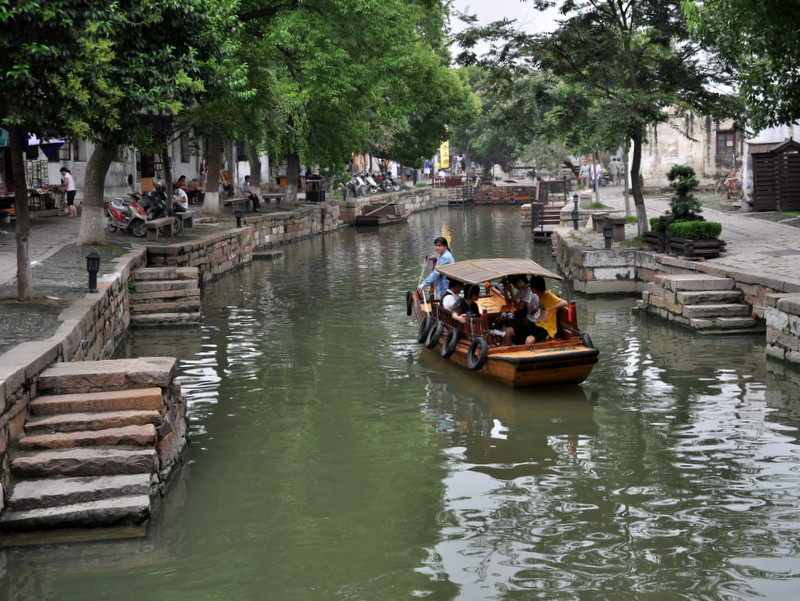
———————————————–
Melbourne, October 2009
A few months later we visited our friends Pat and Roger in Melbourne. I had visited them before, so I could guide Aric around in Melbourne. Our hosts took us on a very nice trip along the Great Ocean Road. We also saw kangaroos and had delicious food. Here is the travelogue Melbourne, October 2009.
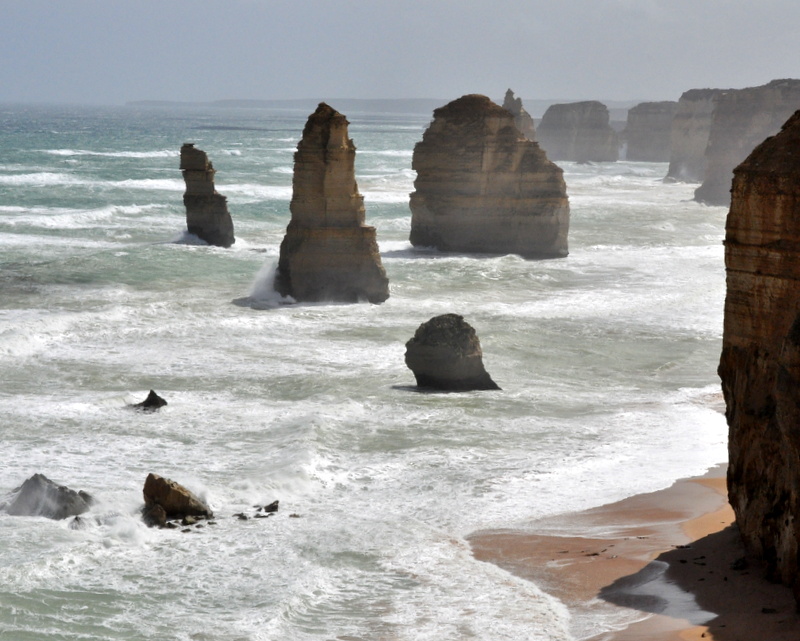
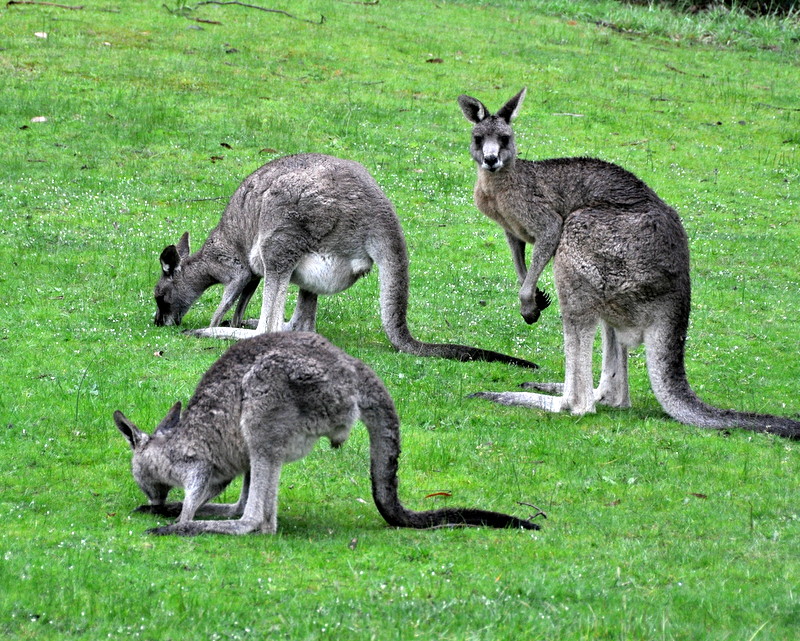
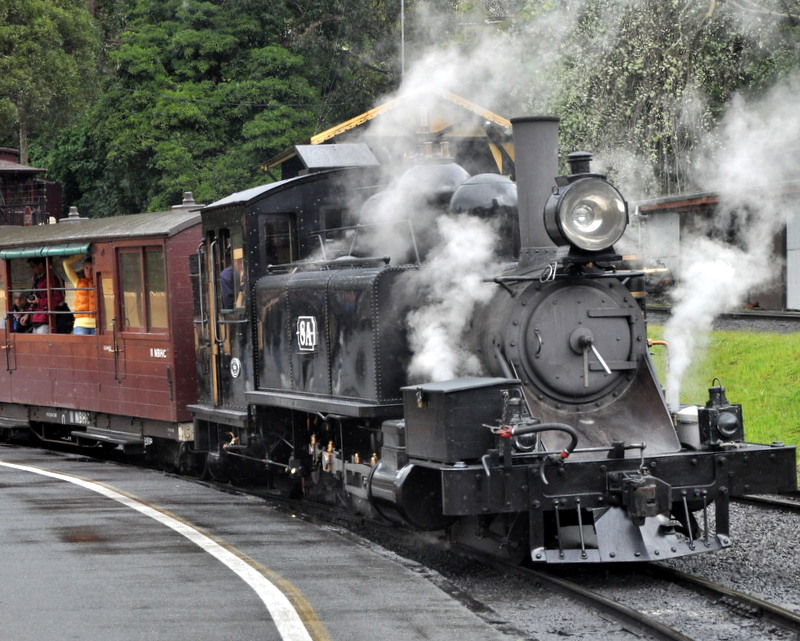
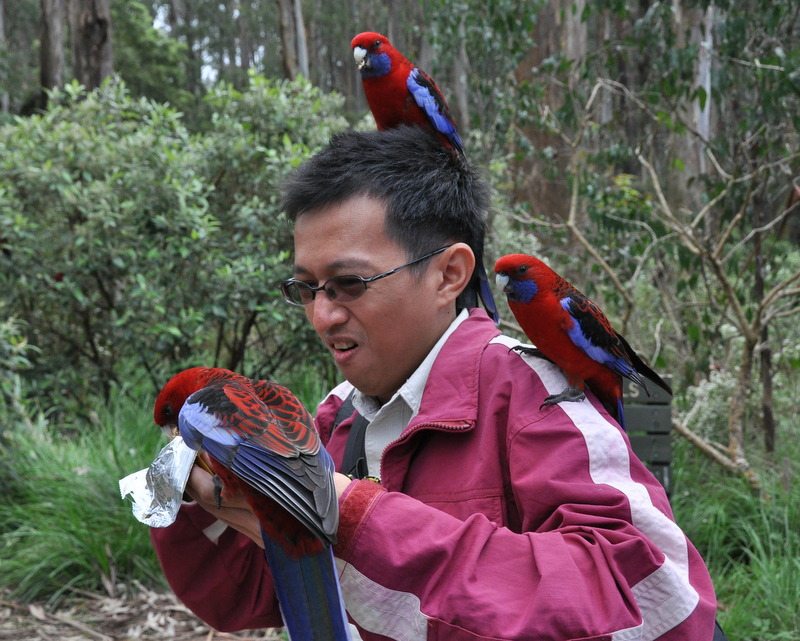
———————————————–
Sarawak , March 2010
Our friend Keong invited us to join him on a trip to Semban. This village in the Bungo range south of Kuching, is famous for its “ring ladies”. High up in the hills, it is called the “Village above the Clouds”. We stayed a few days in the village, enjoying the hospitality of the Bidayu people and hiking to impressive waterfalls. Here is the report, Village above the clouds, February 2010.




———————————————–
China, family visit, May 2010
For our third trip to China we visited the Teochew region, where Aric’s family originally came from. For a long time already it had been Aric’s wish to organise a trip for his parents and his favourite uncle and auntie to their roots. It was a very successful and rewarding trip, resulting in three albums, Shantou, Chaozhou and Chenghai
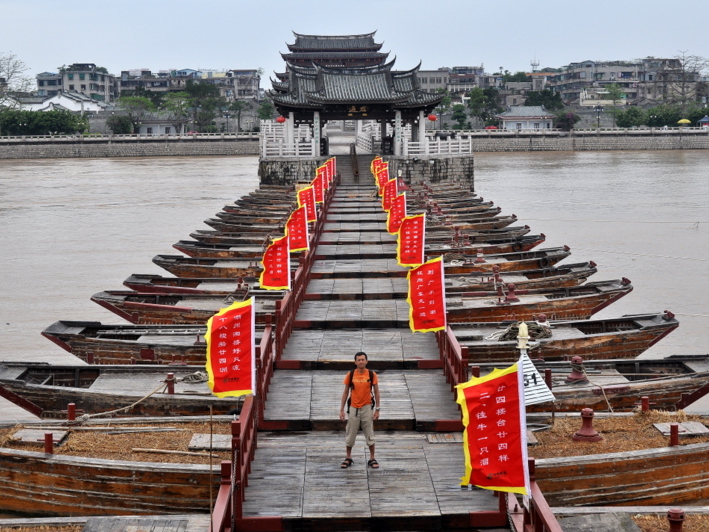
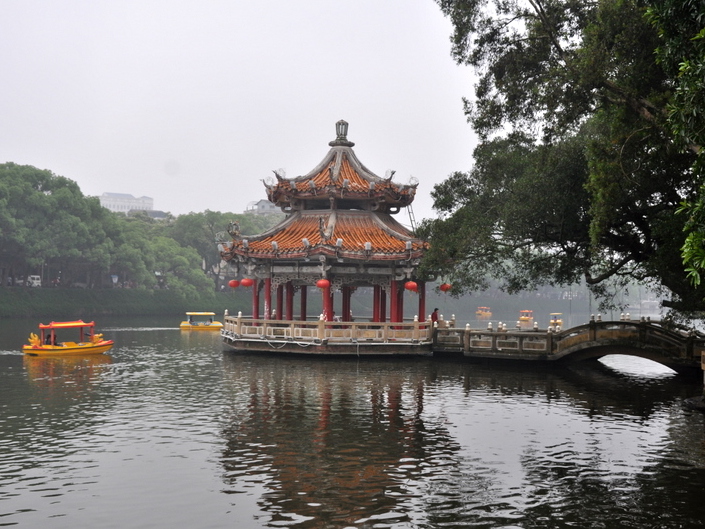
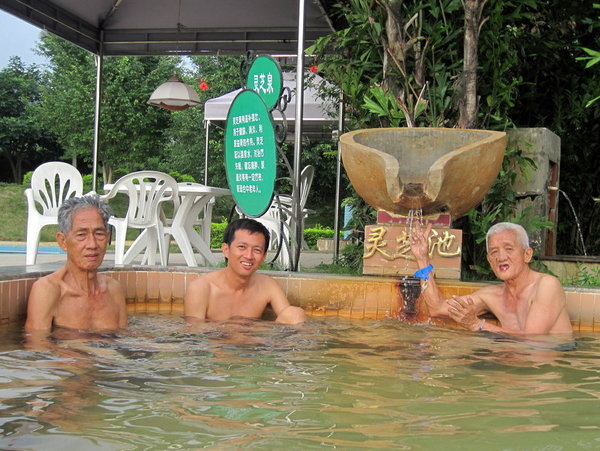
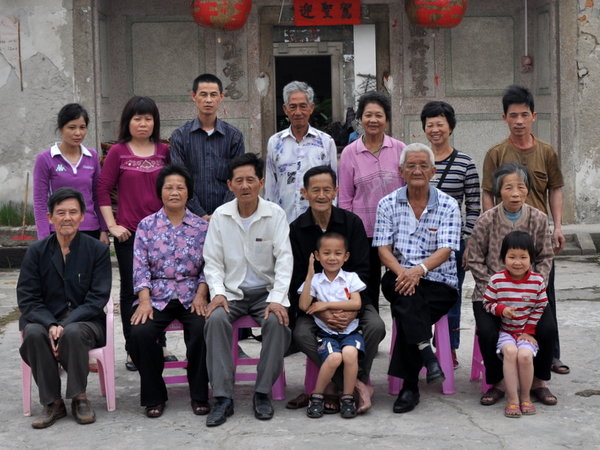
———————————————–
Thailand, August 2011
We were invited to attend the wedding of my former student Raoul with his Thai boyfriend Aunn and decided to combine this event with a visit to some world heritage sites and waterfalls. We took a flight to Bangkok and rented a car there. We visited Ayutthaya, Kamphaeng Phet and the Khlong Lan waterfall. After the wedding party we drove back to Bangkok where we stayed a few more days. Here is the travelogue Thailand (16-24)-8-2011
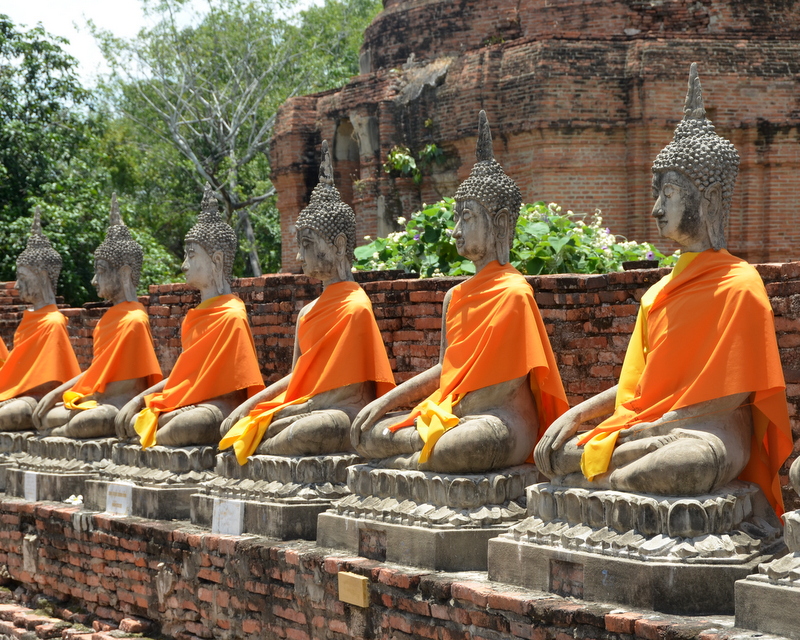
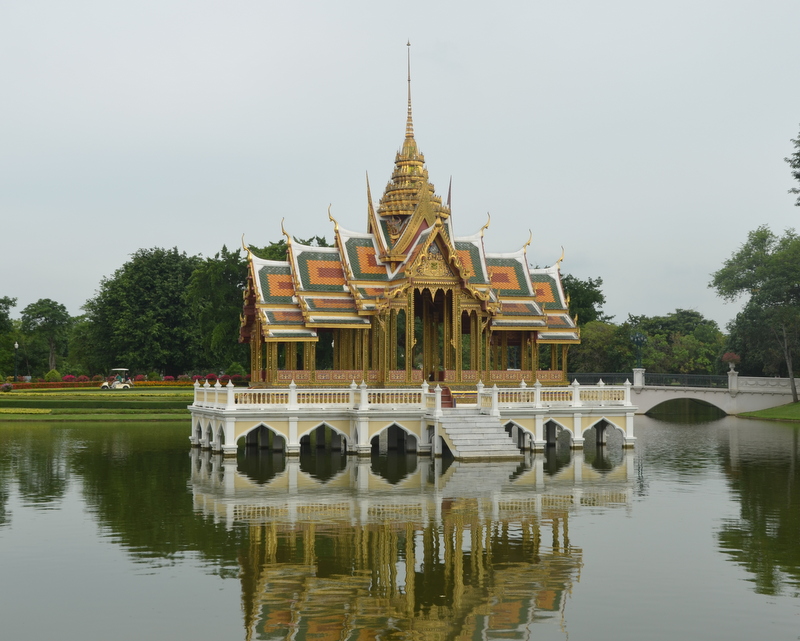

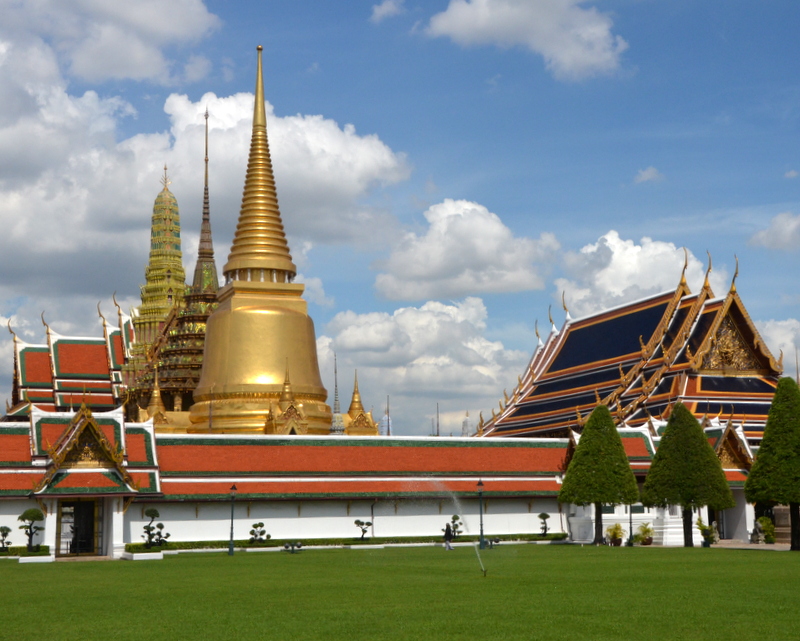
———————————————–
Greece, September 2011
If I had to make a list of our most fascinating holidays, our trip to Greece would probably be number 1. We did a lot during 16 days, starting with Athens, followed by Delphi, Meteora, the Sporadic Islands and Santorini. I compiled four albums, one about Athens, one about Delphi & Meteora, the third one about the islands Skopelos & Skiathos and the last one about Santorini. A magical world.
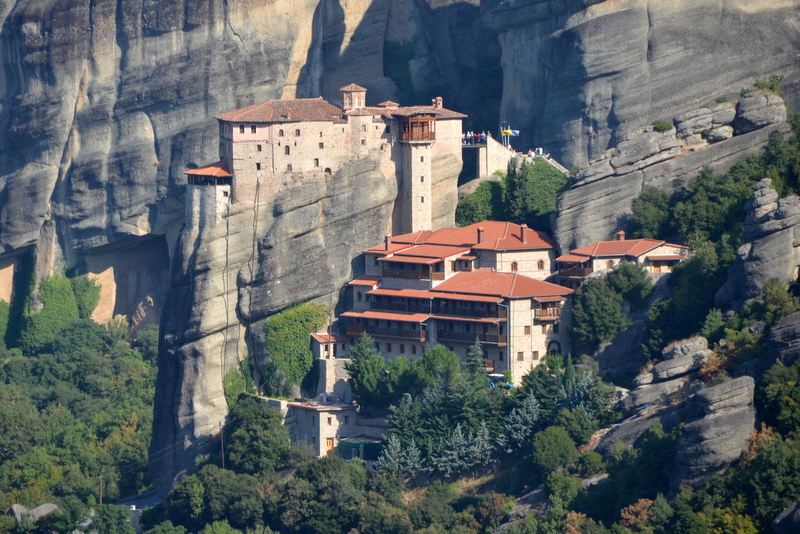
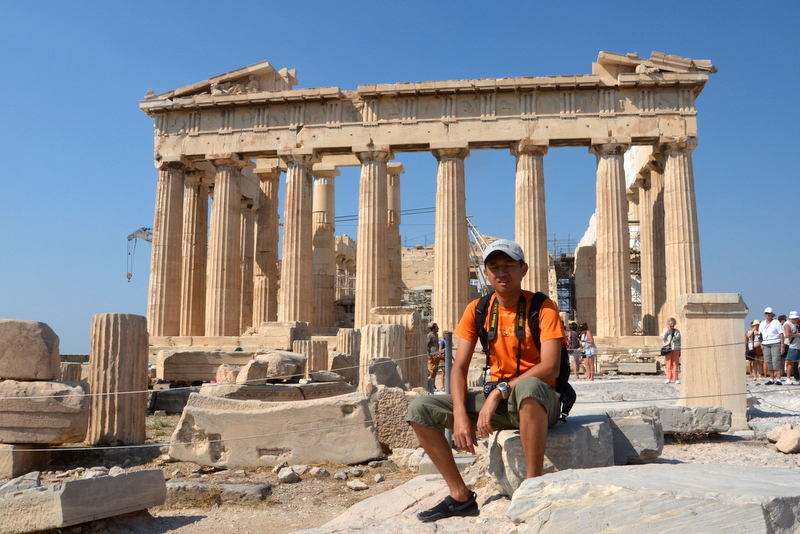
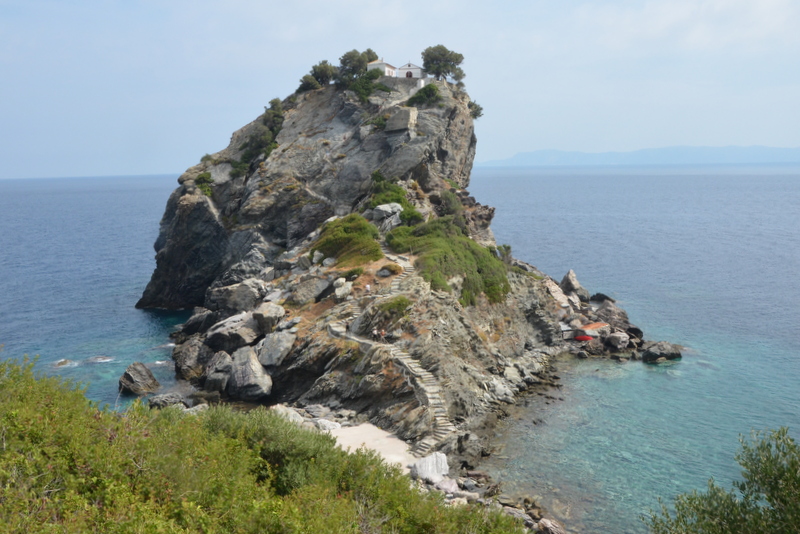
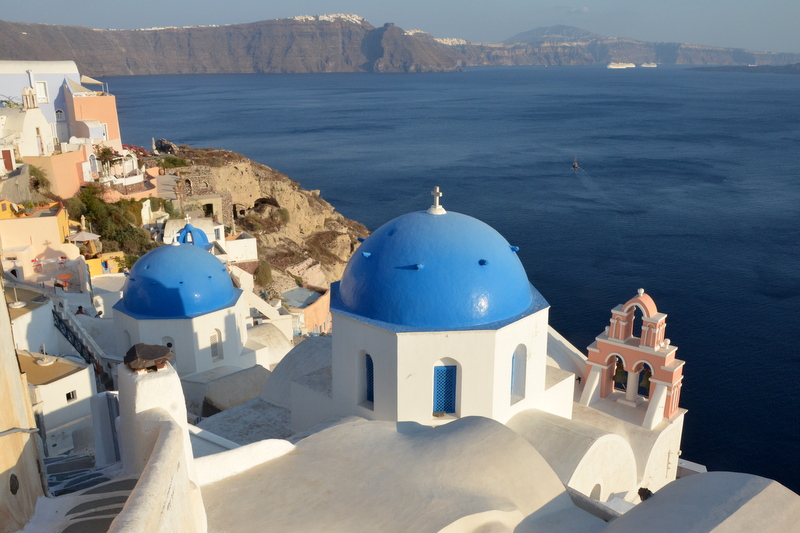
———————————————–
Singapore, November 2011
The reason that we visited Singapore again was to attend a concert of the MozART GROUP, classical music with a humorous twist. The concert took place in the concert hall, nicknamed the Durian, We stayed in the Marina Bay Sands Hotel and of course enjoyed the infinity swimming pool. We also visited the Haw Par gardens. Report is here: Singapore, November 2011.
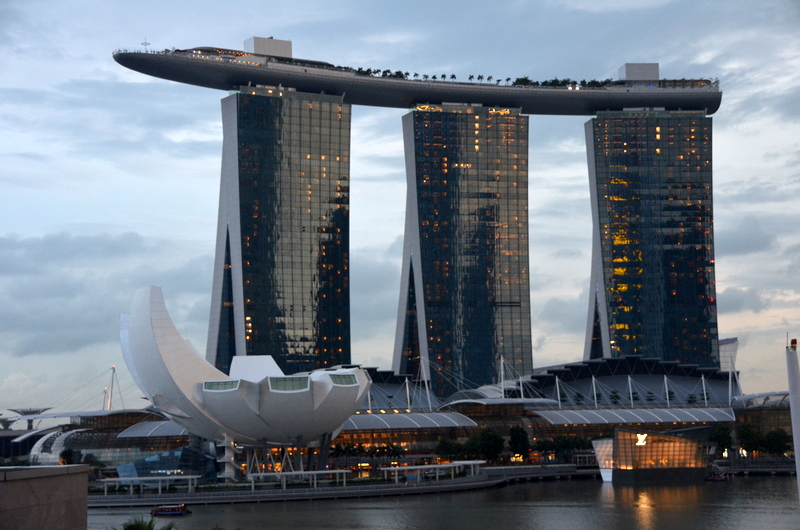
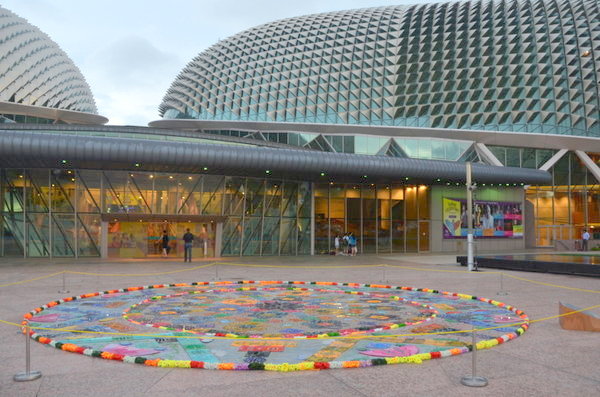
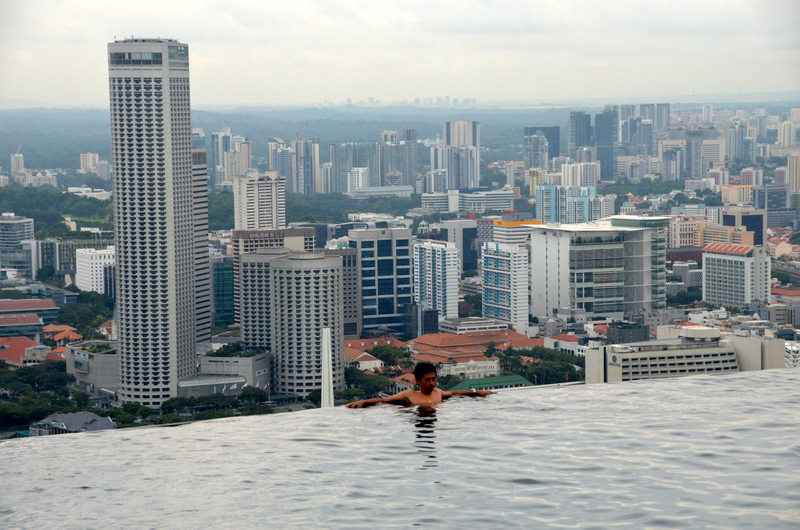
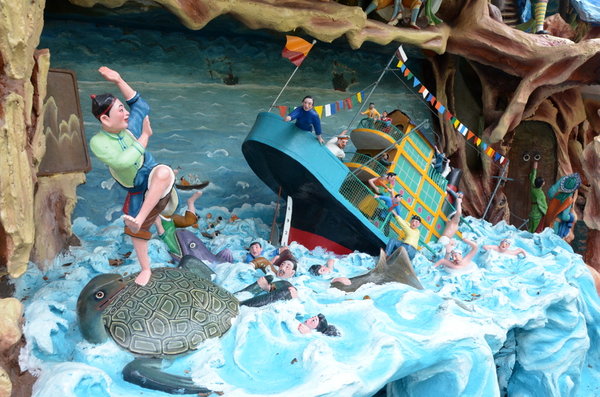
———————————————–
Europe, September 2013
Our second Europe holiday, two weeks this time. Again a full program, Germany, Austria, Liechtenstein (!), Switzerland and France. Many highlights, the most spectacular one was the Jungfraujoch, the Top of Europe. Four albums about this trip, Germany, Austria, Switzerland and France.
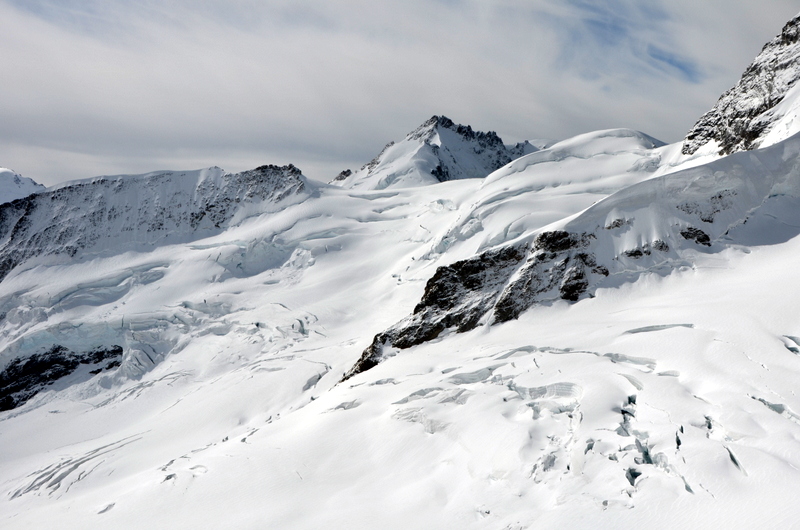
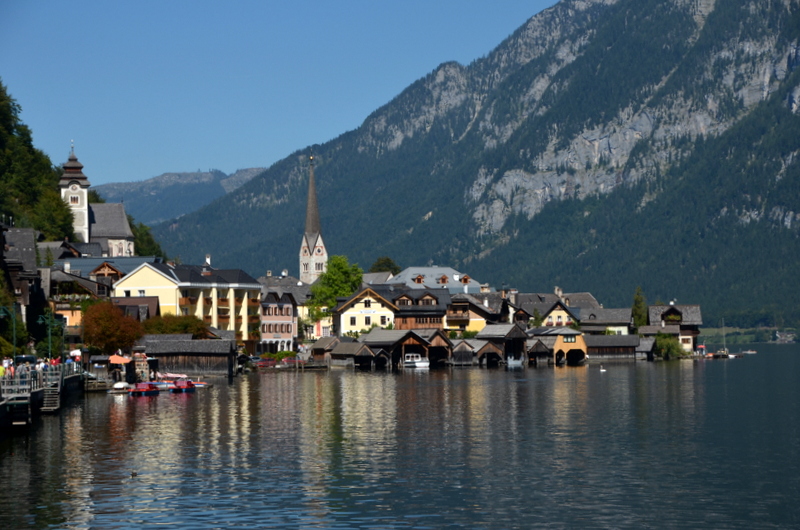
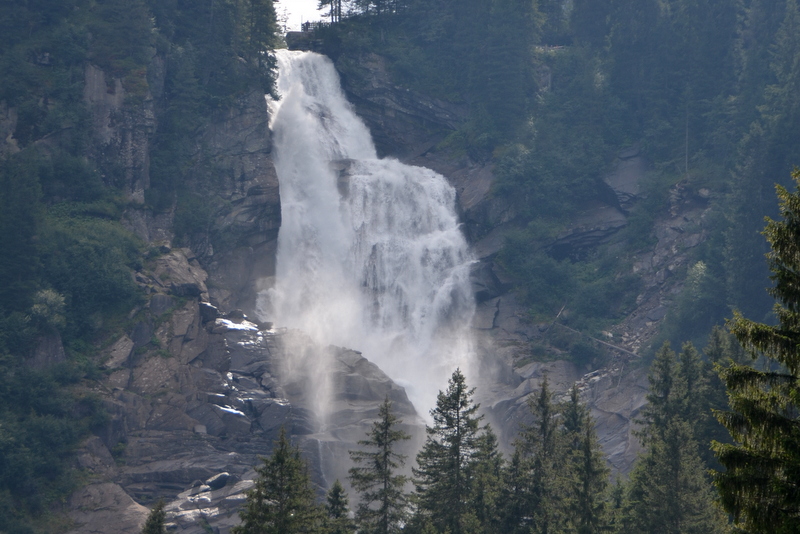
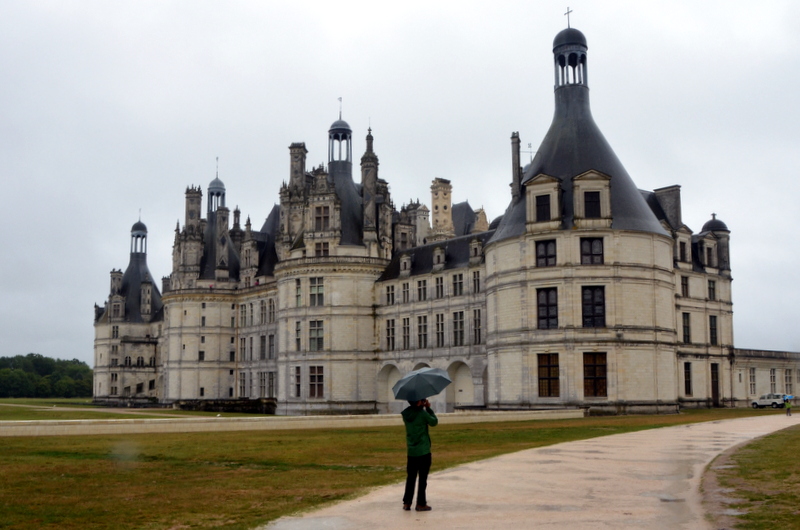
———————————————–
Barcelona, September 2013
Back in Amsterdam we still had some time before Aric went back to Malaysia. So we booked a flight to Barcelona , one of my favourite towns. The town of Gaudi, for me it was the first time to visit the Sagrada Familia cathedral, still unfinished. We liked the tapas, the paella and the sangria. But, like Amsterdam, overcrowded with tourists (like ourselves, I know).

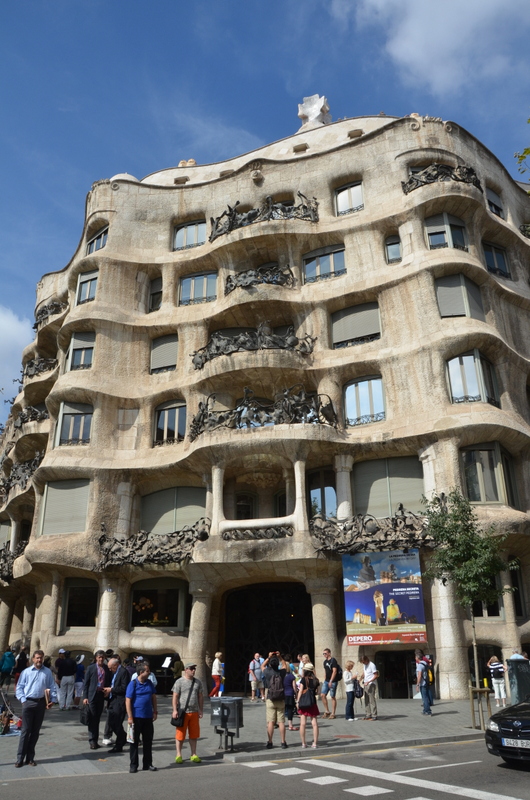
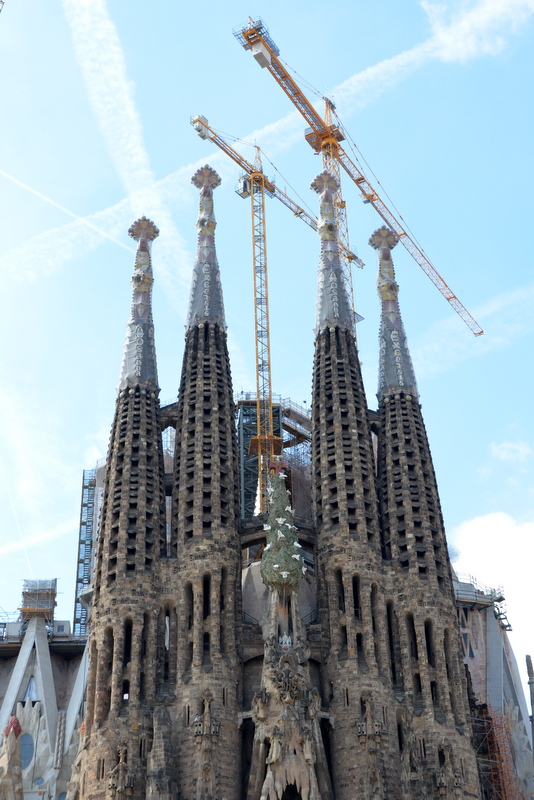

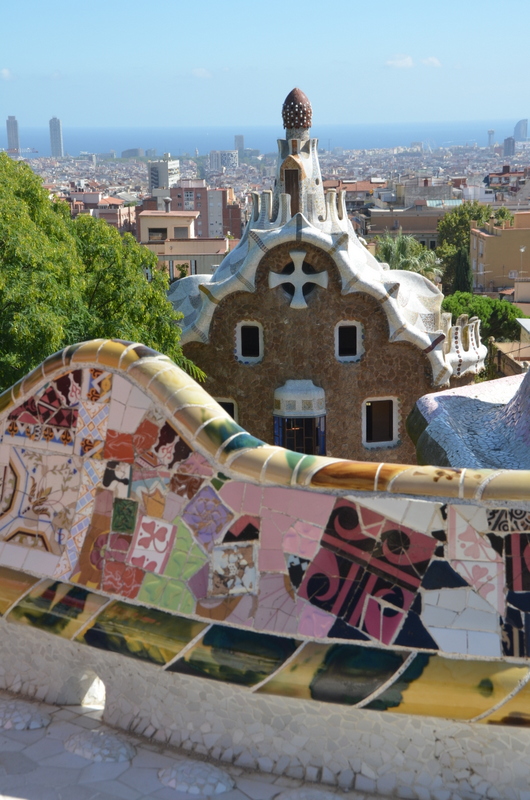
———————————————–
Taiwan, March 2014
For quite some time Taiwan has been on our list of countries to visit and this year we finally booked an Air Asia flight to Taipei for a 12-day trip. One reason was to try the Taiwanese food, but of course there was also the culture and the nature. We got addicted to onsen, the hot baths. Below pictures of the iconic 101 tower, the Chang Kai-shek memorial, the Shifen waterfall and the Yehliu Geopark. Many more pictures in the album Taiwan Trip.
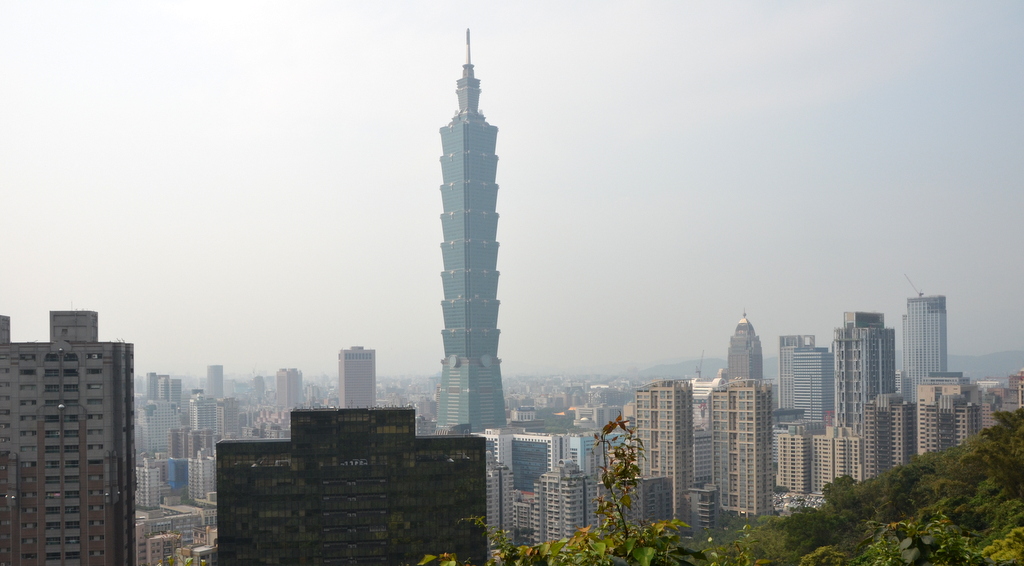
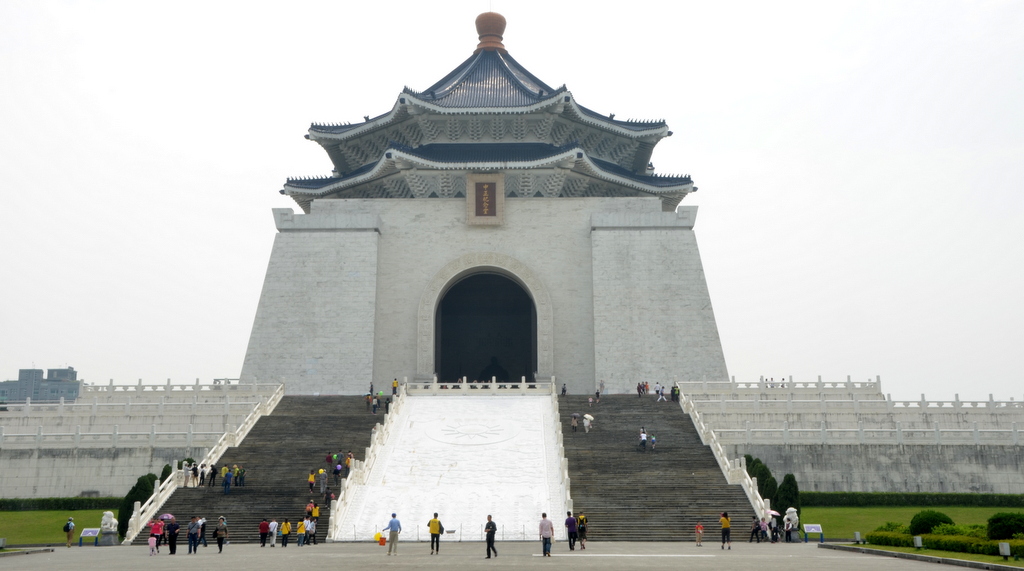
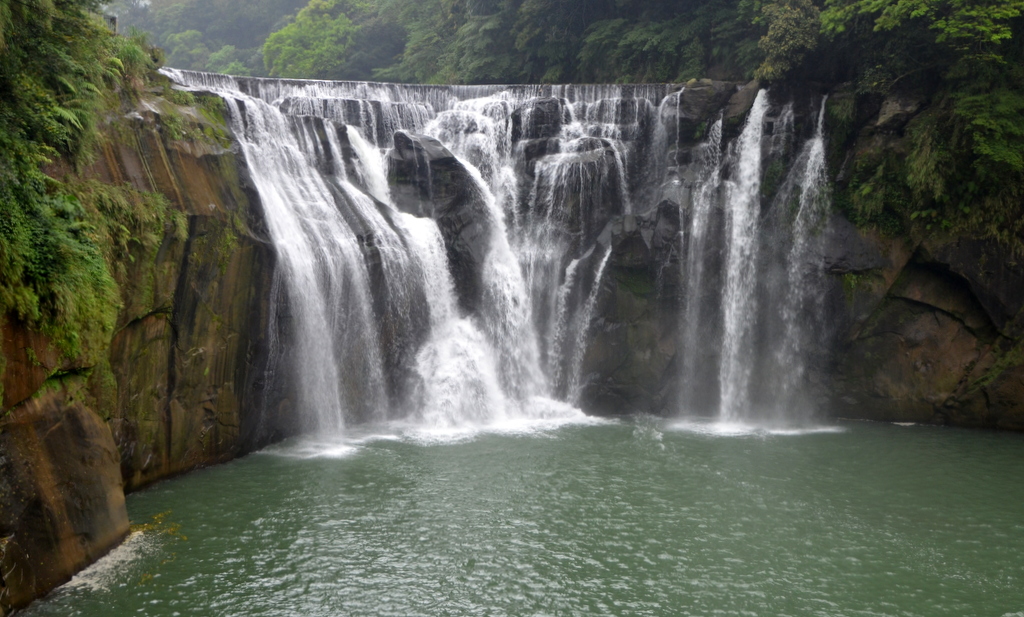
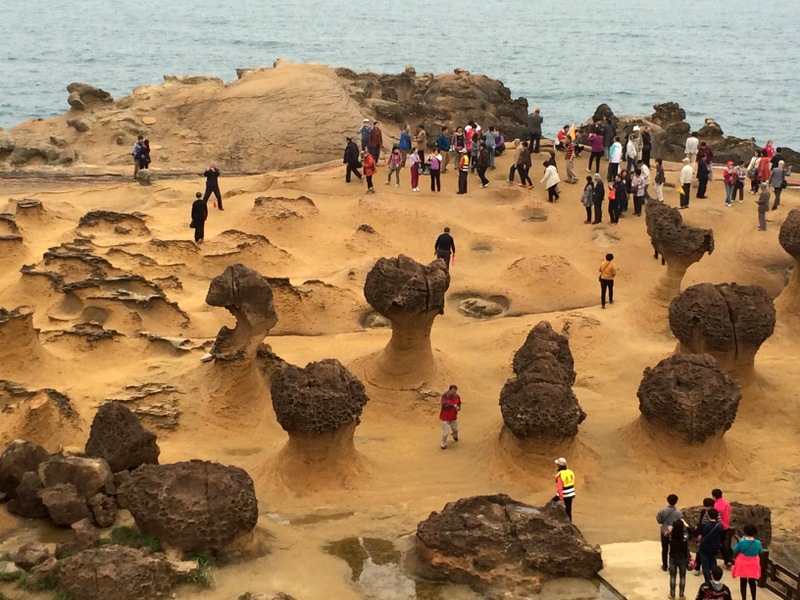
———————————————–
Norway, June 2014
Several times we have chosen a holiday destination because of a specific tourist attraction. We had never considered Norway until we saw a picture of the Pulpit Rock, rising 600 meter above the water of the Lysefjord. We discovered that it was a doable hike, access from Stavanger. We booked a 10-day trip combining it with Bergen and Oslo. A very nice holiday, more pictures in the album Norway June 2014.
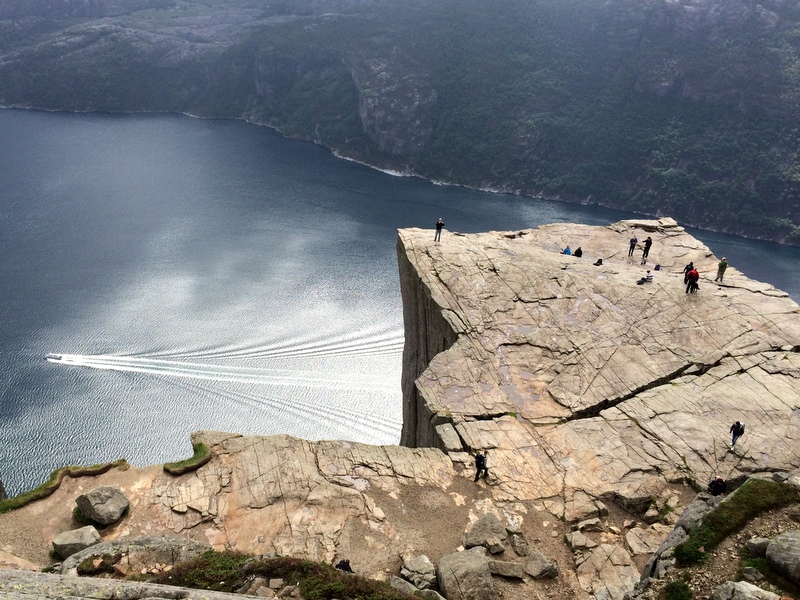
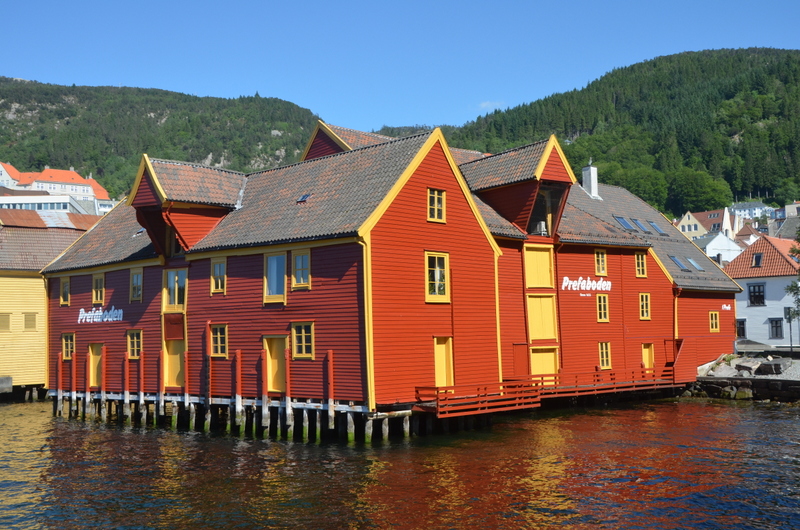
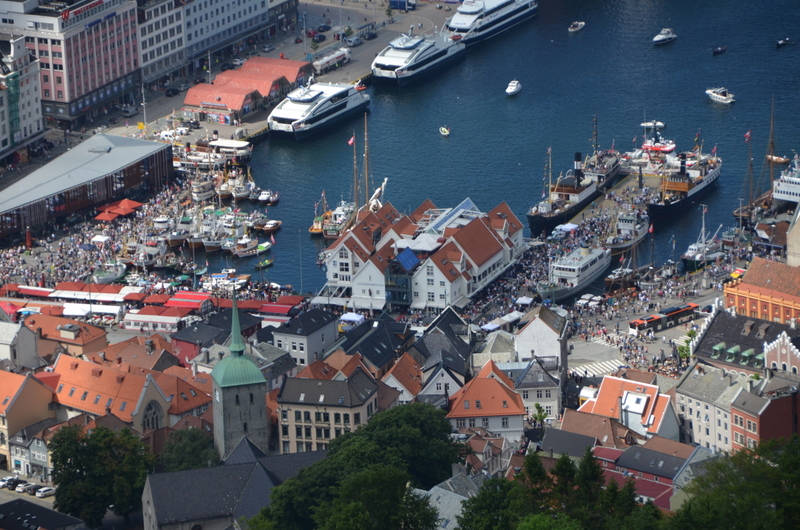
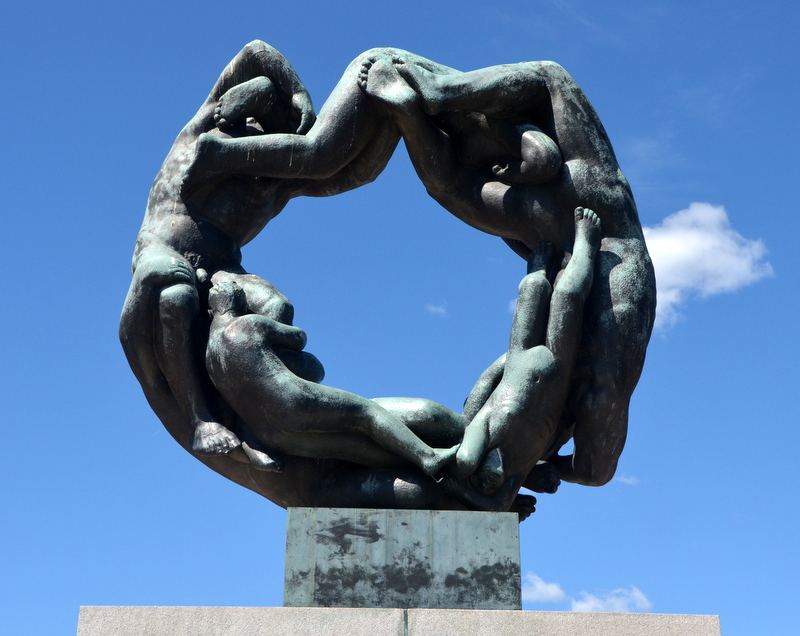
———————————————–
Japan, October 2014
For many years we have been thinking about a trip to the Land of the Rising Sun. Would there be a language problem? We booked a 9-day trip, booked a flight to Osaka, where we stayed a few days. Then Kyoto and finally Wakayama. Osaka and Kyoto are well known, Wakayama not really, we went there especially because of our addiction to onsen, the Japanes hot baths. Three reports: Osaka, Kyoto and Wakayama. A country to visit again.
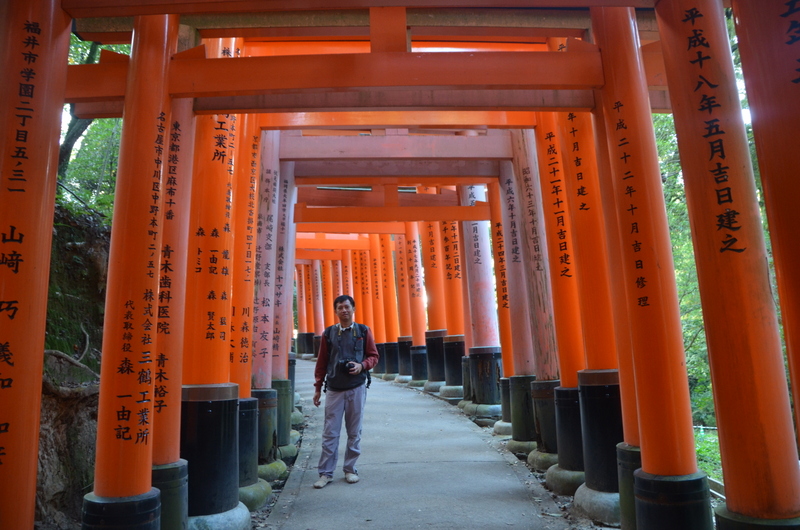
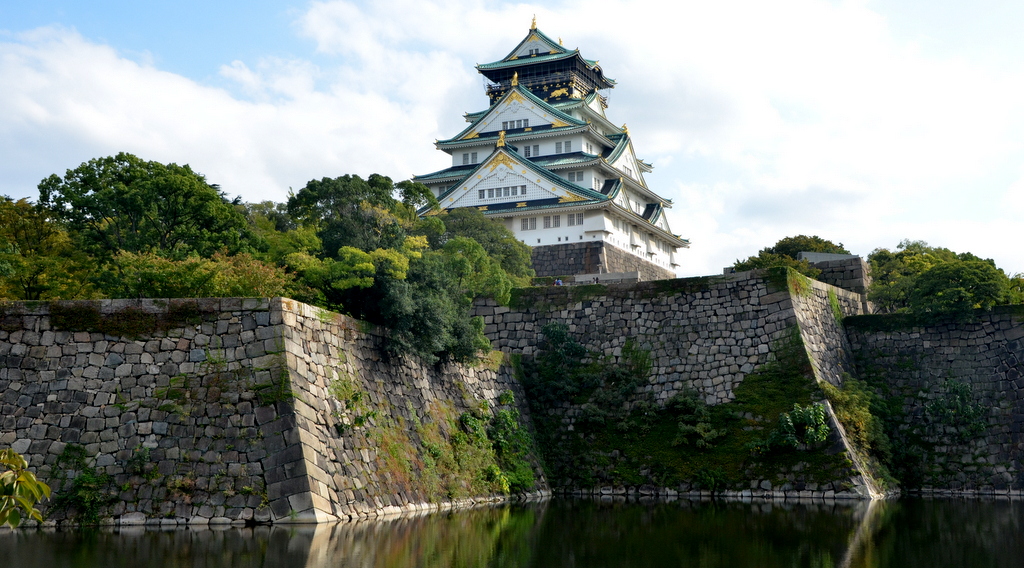
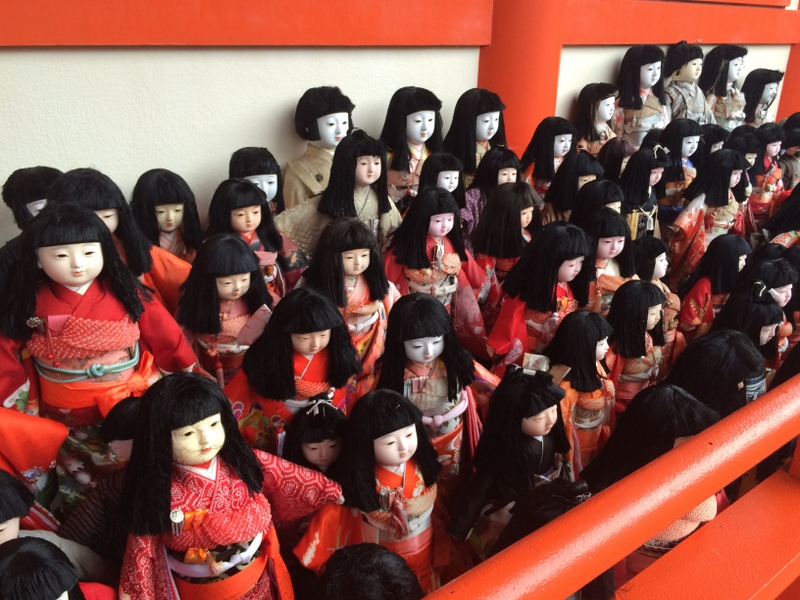
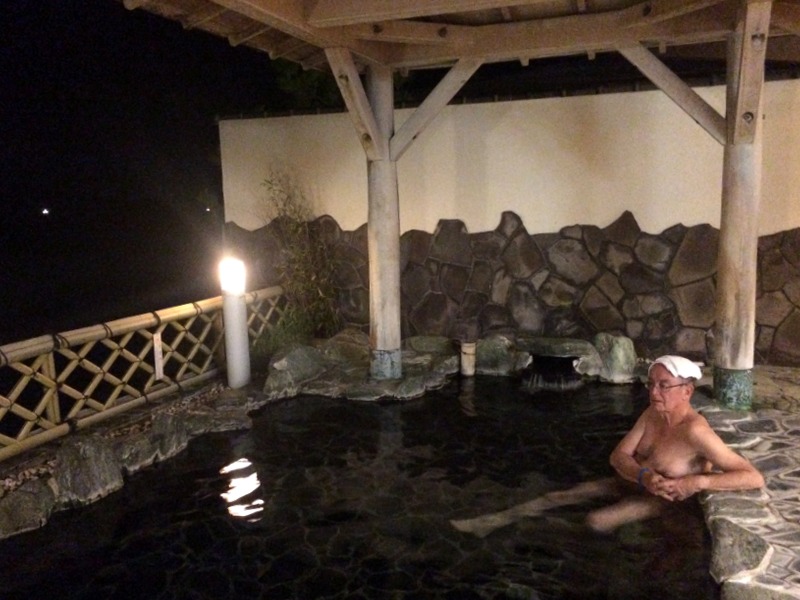
———————————————–
Melbourne, January 2015
Another visit to our friends Pat and Roger in Melbourne We explored the town and enjoyed their hospitality. They took us on a trip to Bendigo (goldmines) and Echuca (paddle boats). Two albums, one about our stay with them, Melbourne, and a separate album about our trip, Victoria
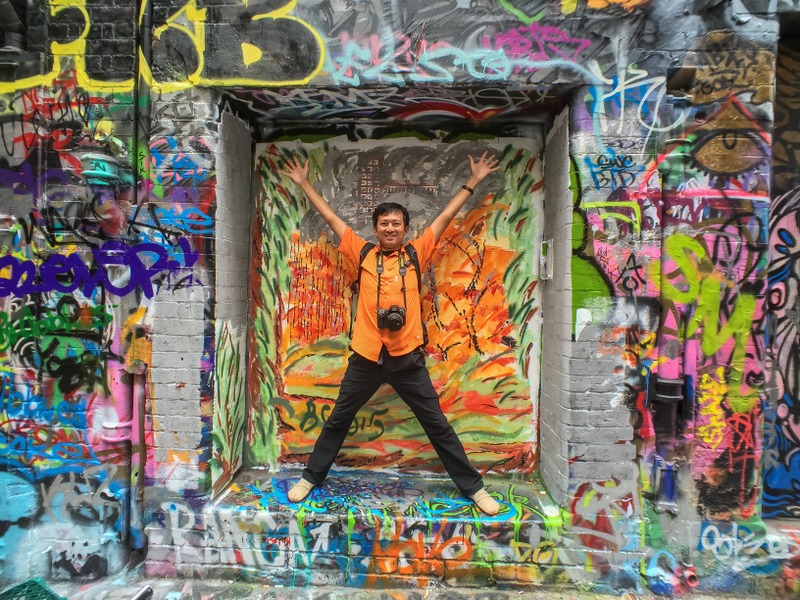
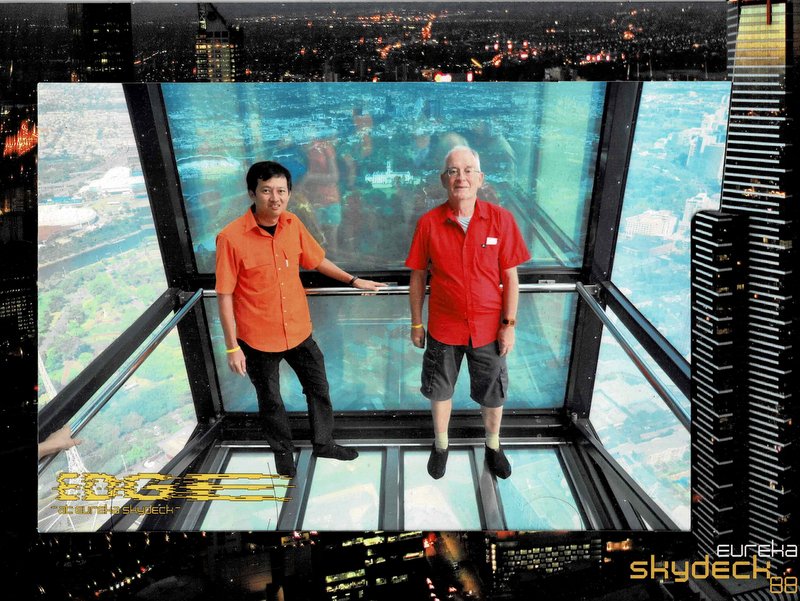
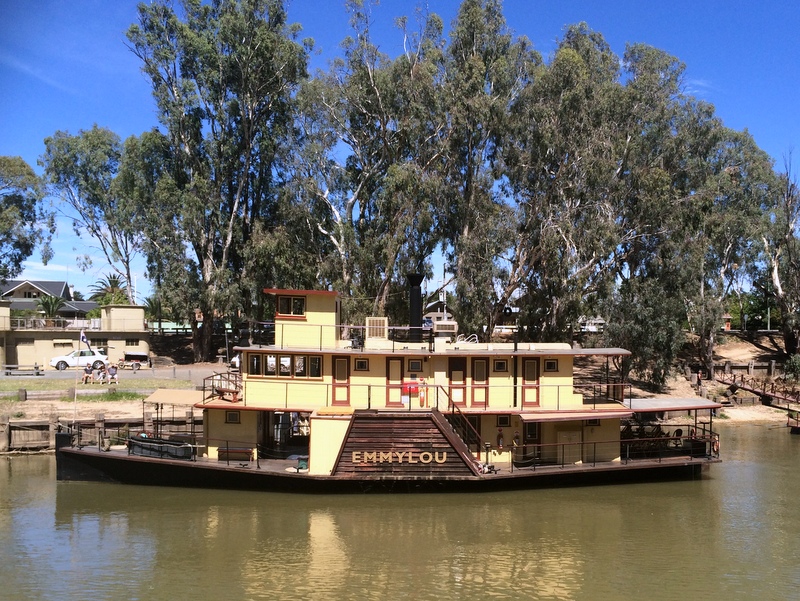
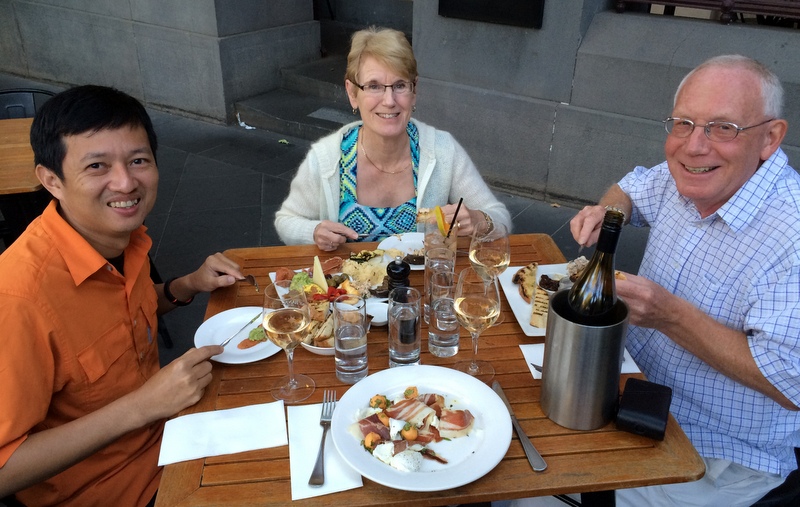
———————————————–
China, September 2015
Our fourth trip to China, this time with our friends Pat and Roger. For them it was their first visit, Aric had organised the trip and was also our guide and translator. We started in Xi’an with its famous terracotta army. Next we went to Suzhou, where Aric and I had been before and after that to the water village of Zhouzhuang. Then they returned to Australia and we stayed a few more days in Shanghai. I created four albums about these holidays, Xi’an, Suzhou, Zhouzhuang and Shanghai.
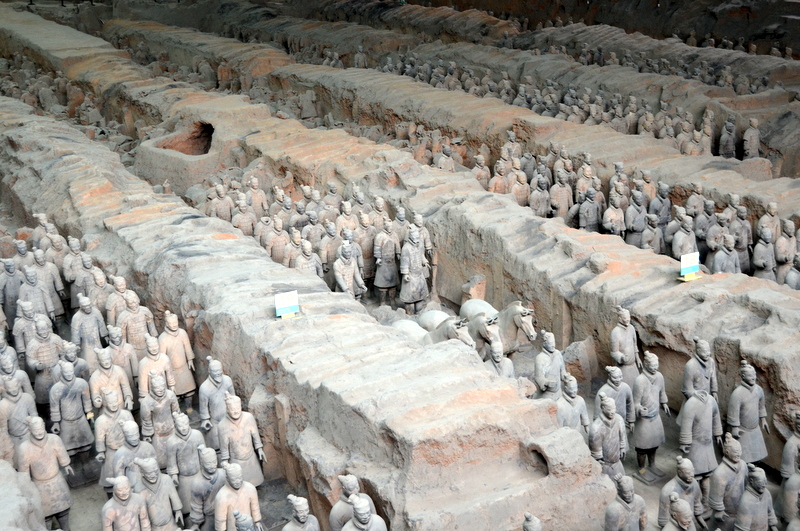
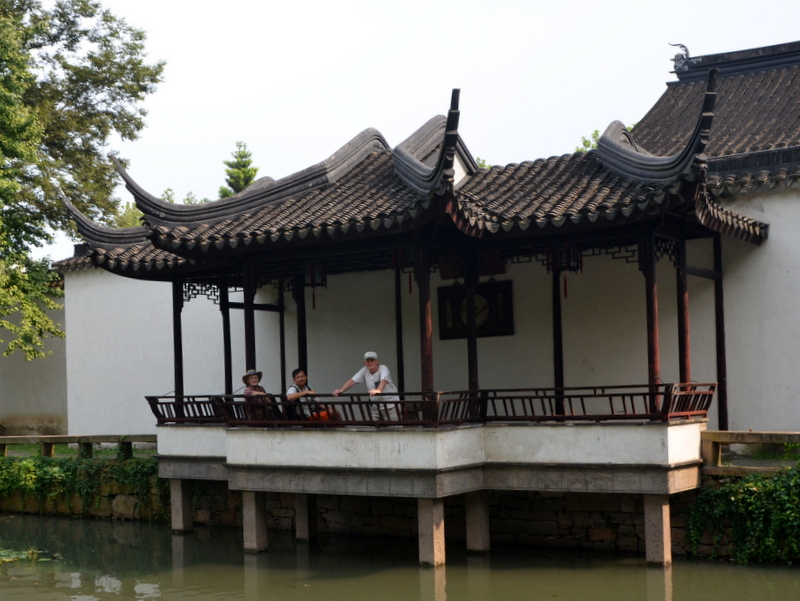
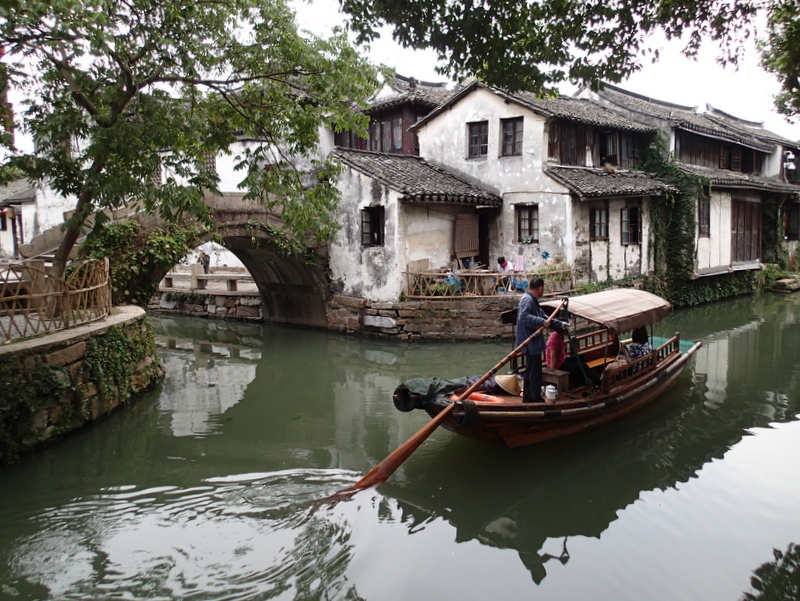

———————————————–
Laos, November 2015
A few months later we made a short trip to Laos. Writing this report I discovered that I had written several albums about details of our trip, but never a comprehensive report. Here is a summary with links to the detailed reports. We took a flight to Luang Prabang, where we stayed a few days. We attended the (touristic) Alms Giving ceremony and visited many temples. We made two trips, one to the Pak Ou caves and one to the impressive Kuang Si waterfalls. On our way back to Vientiane we stayed two nights in Vang Vieng, where we visited another cave, the Tham CHang caves and made an interesting excursion in a Hot Air Balloon. Back in Vientiane we visited the Buddha Park.
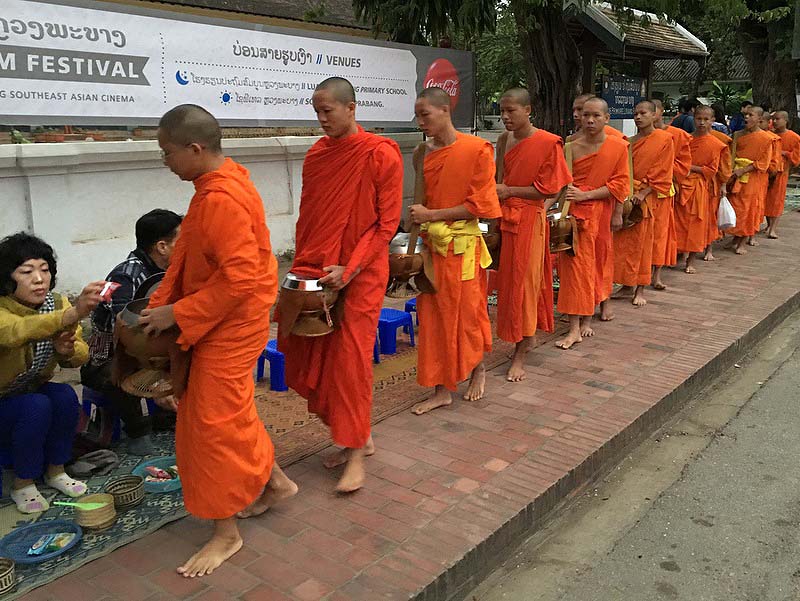
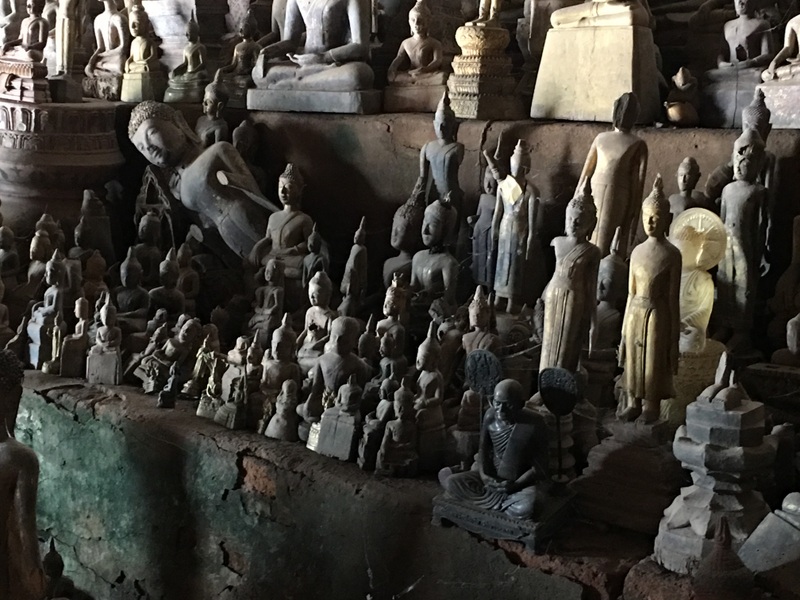
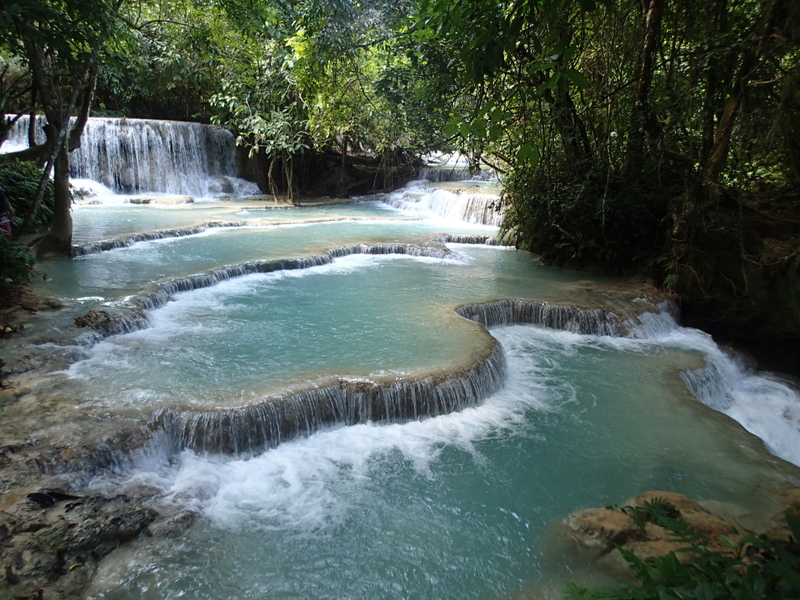
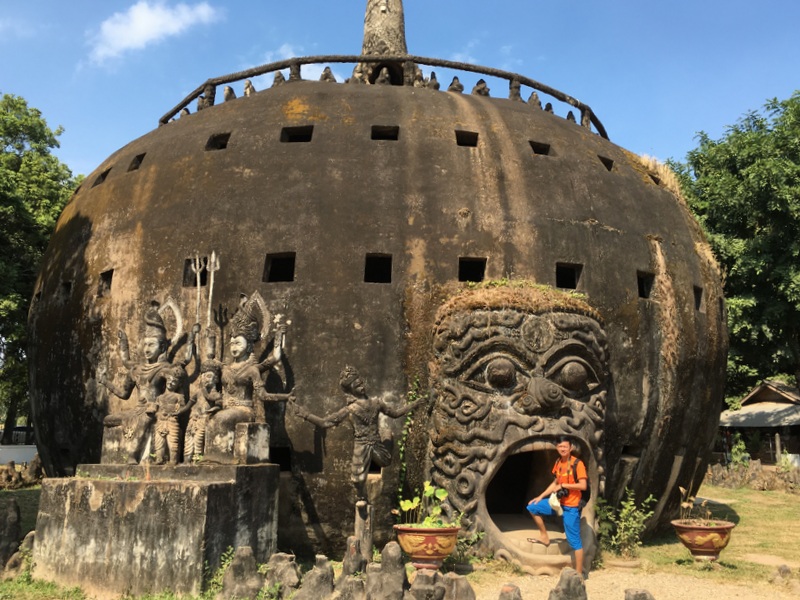
———————————————–
Portugal, September 2016
When Aric and I visit the Netherlands , we try to include a short trip to another part of Europe. This time we decided to visit Portugal. I had visited Lisbon in the past, now we also visited Porto and a few other towns. A very pleasant and friendly country. Two albums, Part 1 about Lisbon, Sintra , Obidos and Porto. Part 2 about Aveiro, Monsanto and Evora
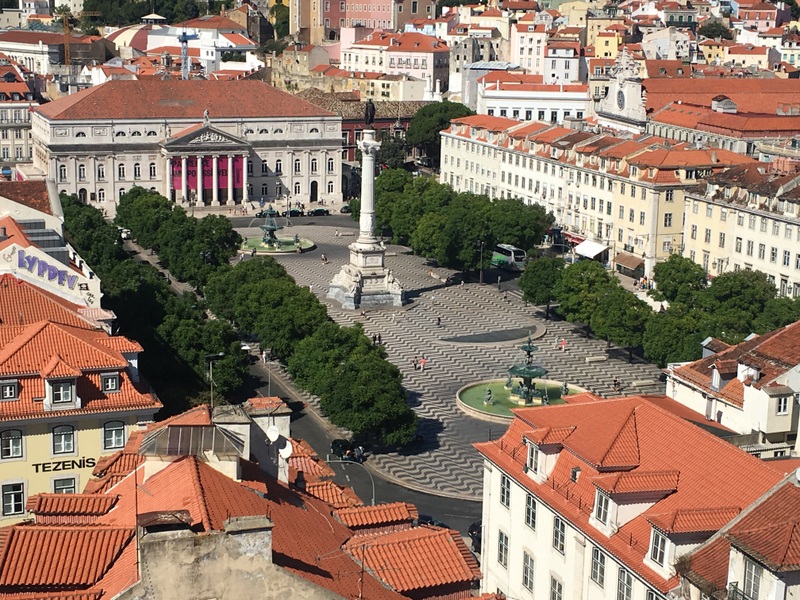
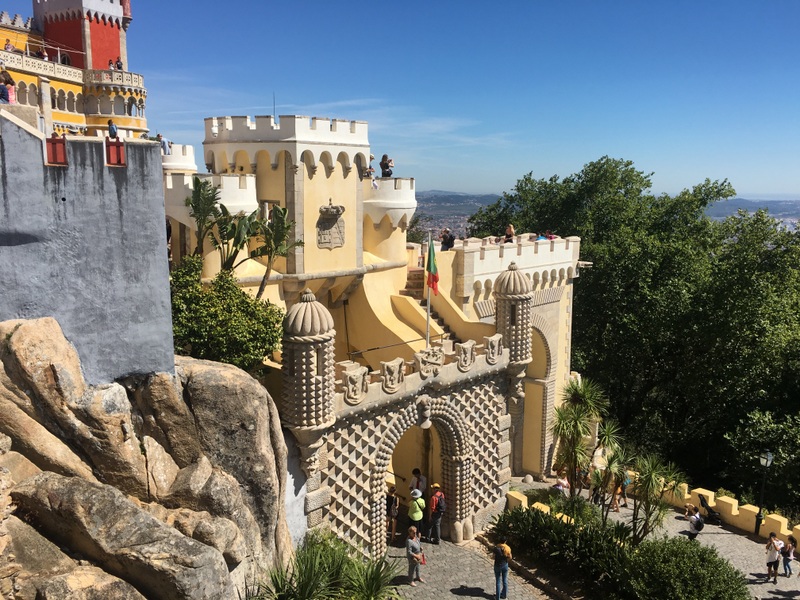
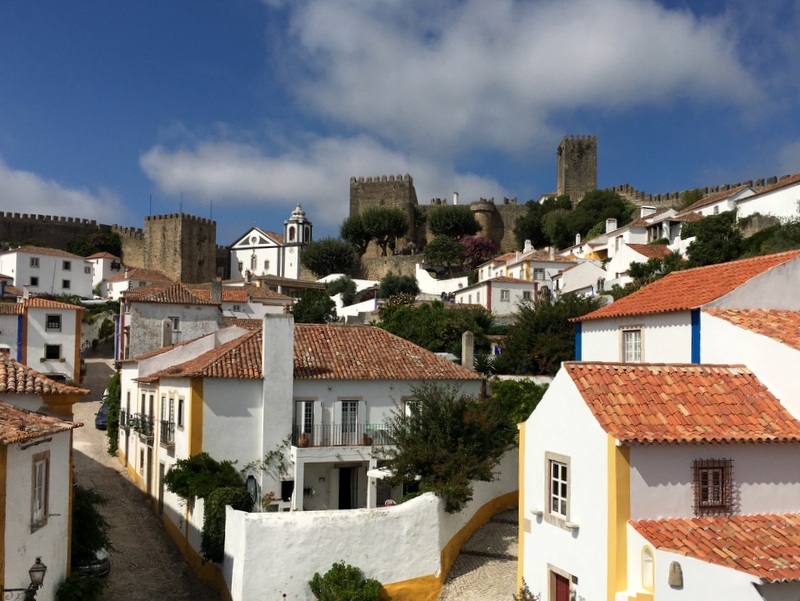
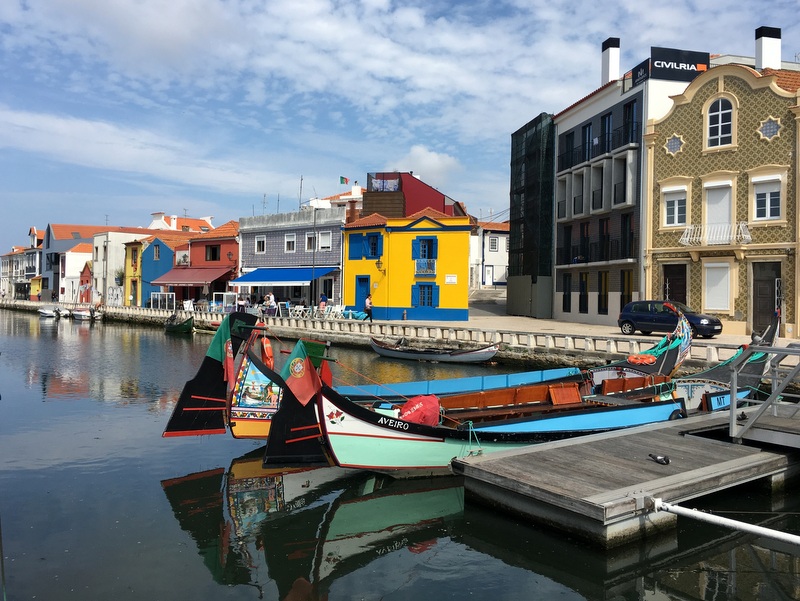
———————————————–
Taiwan, August 2017
Our second visit to Taiwan (for Aric even his third). This time we wanted to explore the whole island, so we rented a car. But first we visited the Penghu islands, off Taiwan’s West Coast,. to see the Twin Hearts. A beautiful country, full of nature, culture, food and onsen. Better read the report for the details Taiwan, August 2017. .
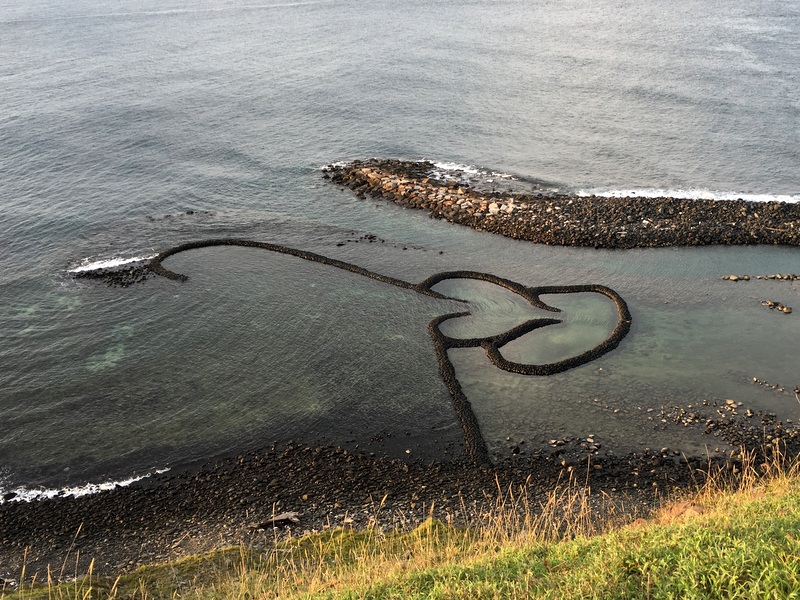
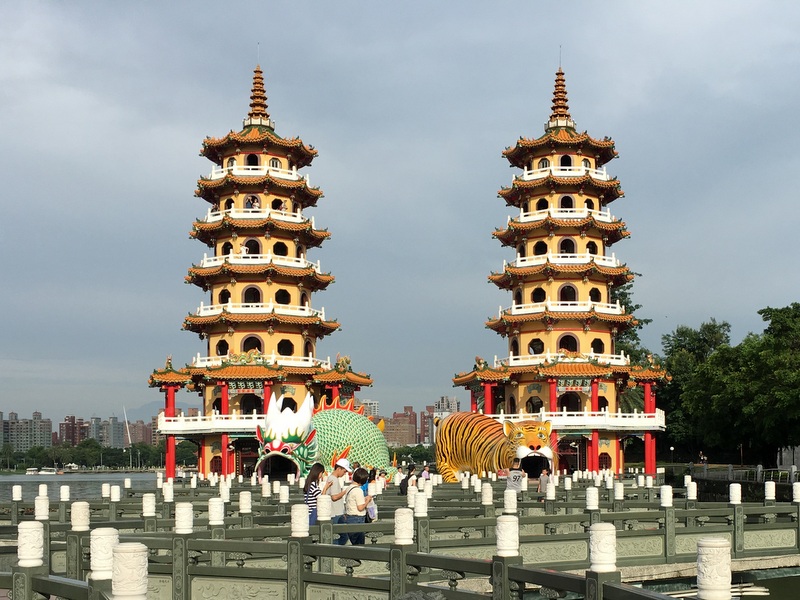
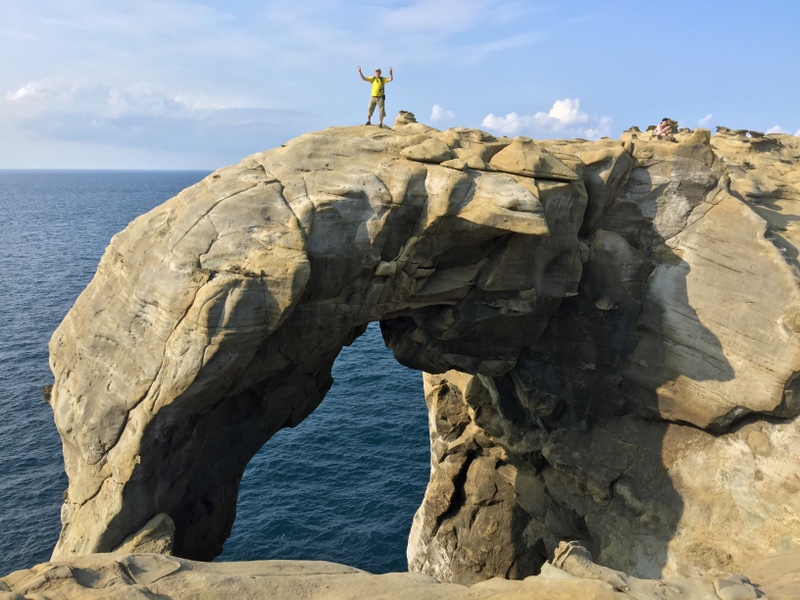
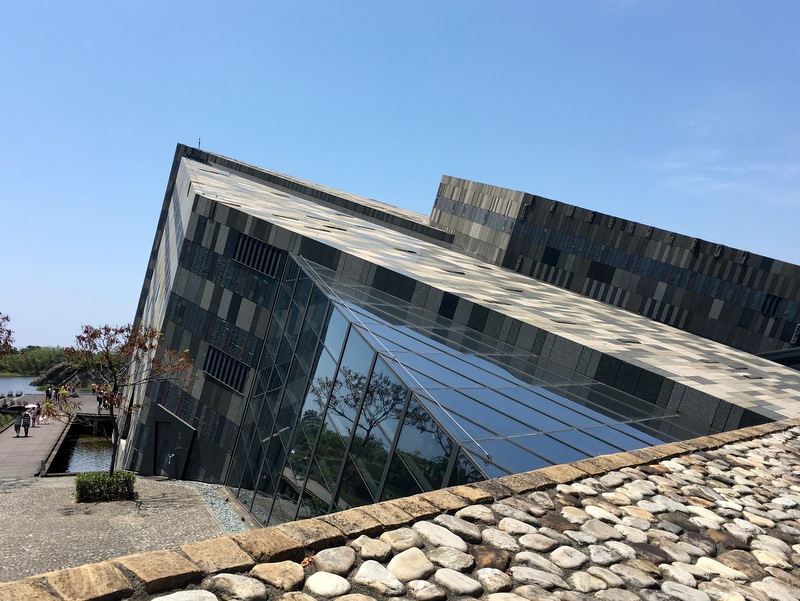
———————————————–
Singapore, January 2018
A short trip to Singapore, to visit our friend ST Lee, explore the Gardens by the Bay, visit the Botanical Gardens and the National Museum. Here is a report Singapore 2018. I was so impressed by the museum that I created a separate album about it: National Museum, Singapore.
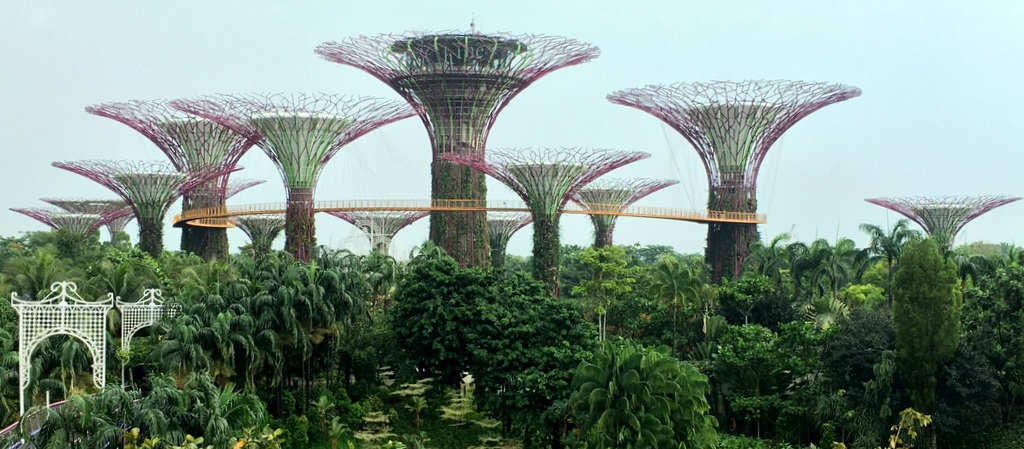
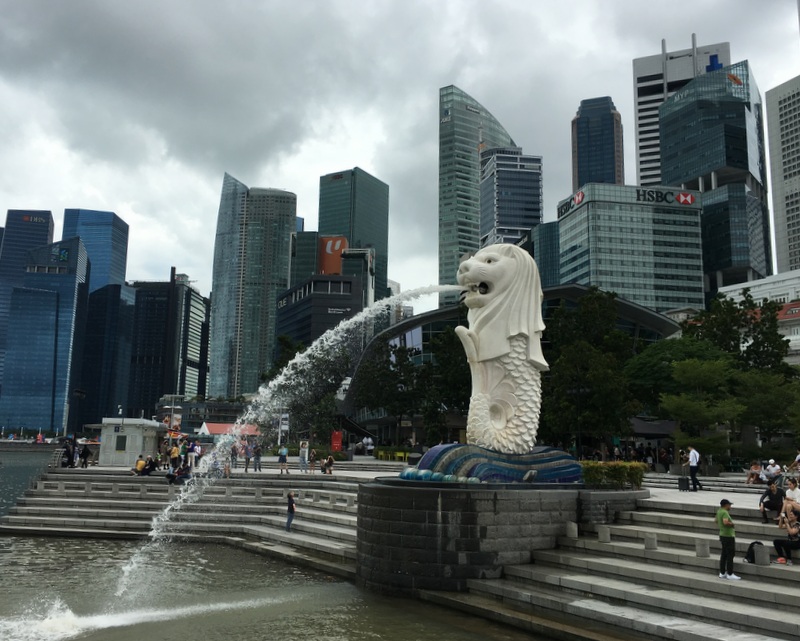
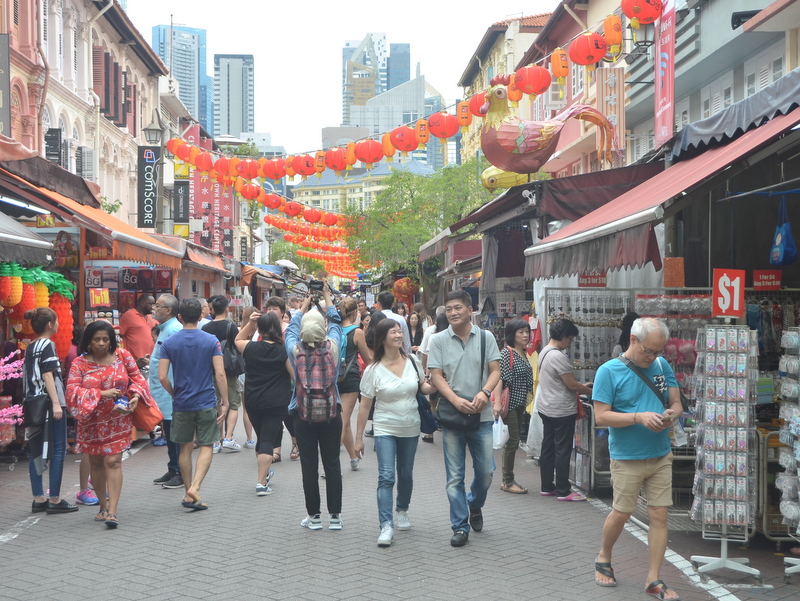
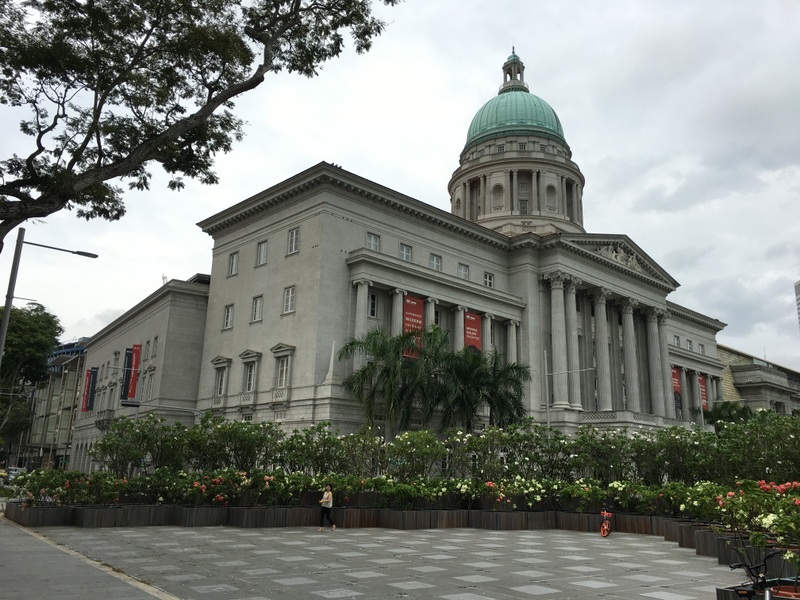
———————————————–
Japan, March 2018
We timed our second Japan visit so that we could attend the famous Hōnensai fertility festival on 15 March. We were hoping to see the Fuji mountain, expecting lots of sakura blossom and planning to visit as many onsen as we could find. We were very fortunate to achieve all these goals. I wrote a report about the highlights, Japan 2018, in which I announced more detailed albums, but that never materialised.
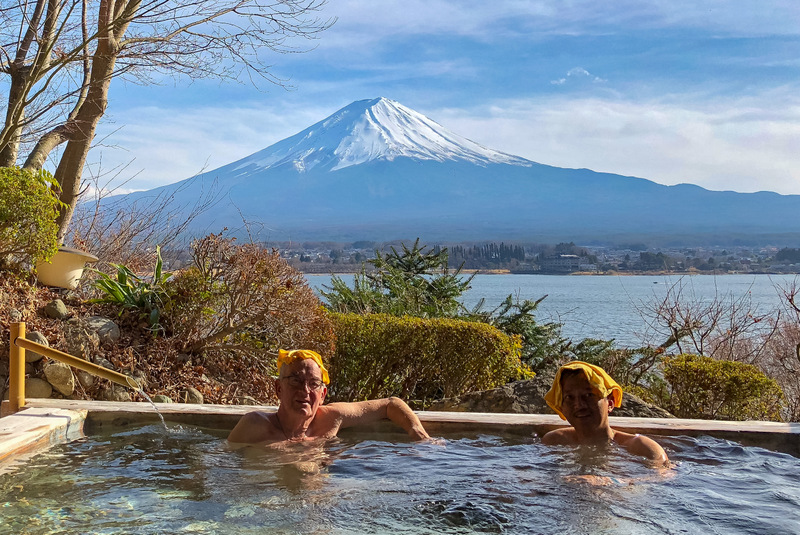
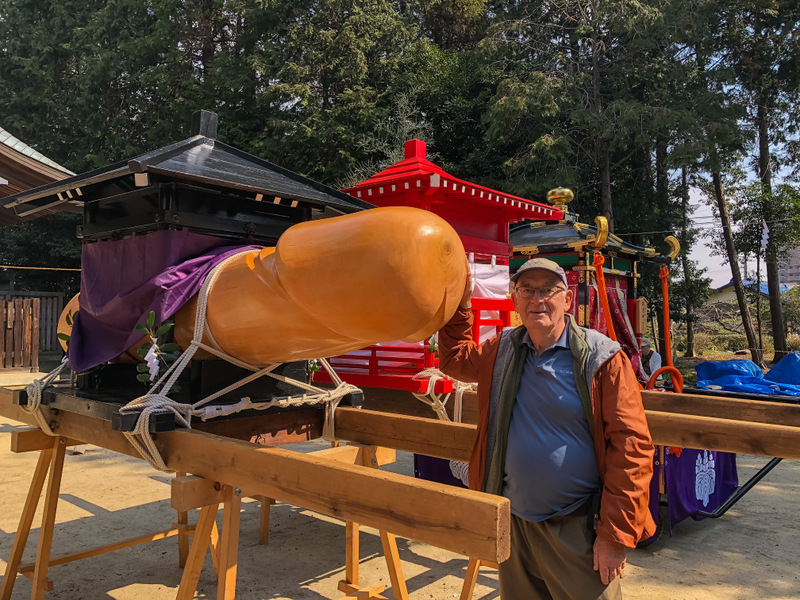
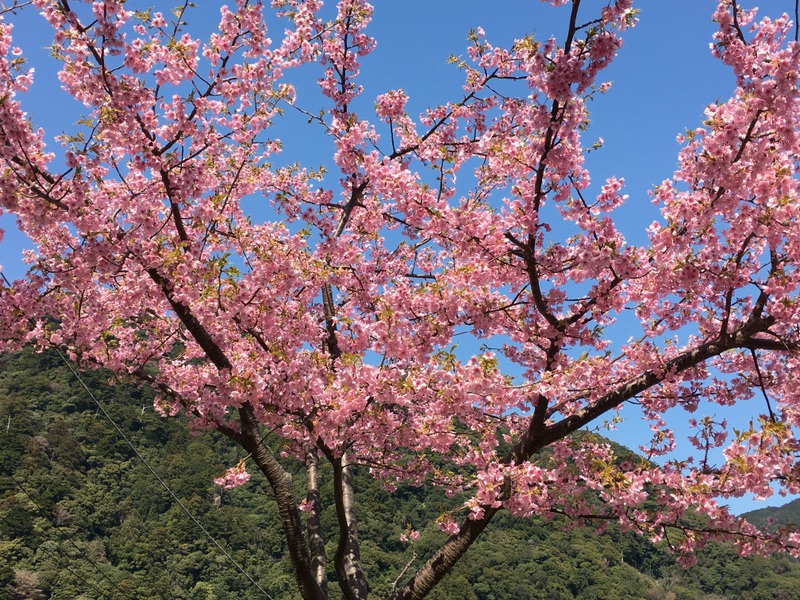
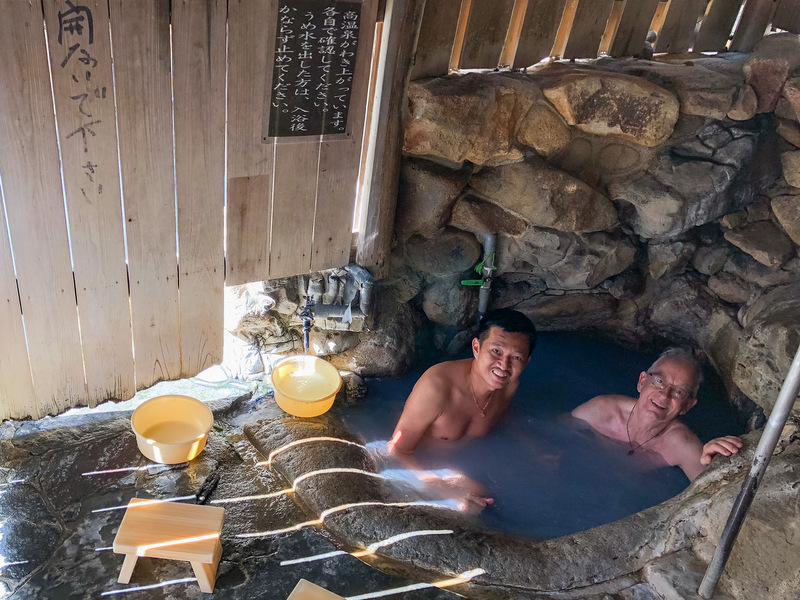
———————————————–
Bhutan, April 2018
One reason that I didn’t write detailed reports about our Japan trip was that one month later we visited Bhutan. You can not travel on your own in this isolated country, we booked a tour for the two of us and were very lucky with our guides, who became friends almost immediately. There were many highlights on this 10-day trip, culminating in our climb to the Tiger’s Nest. Here is a travelogue with many more photos: Bhutan 2018.
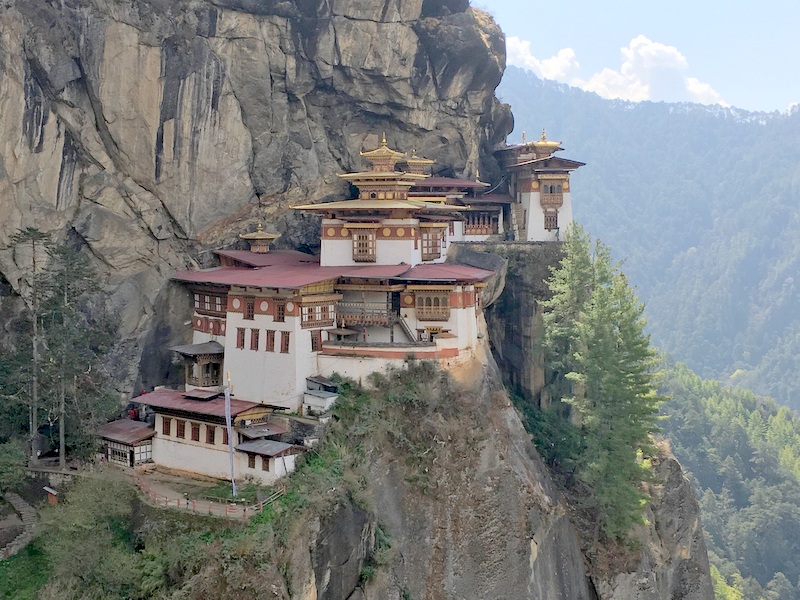
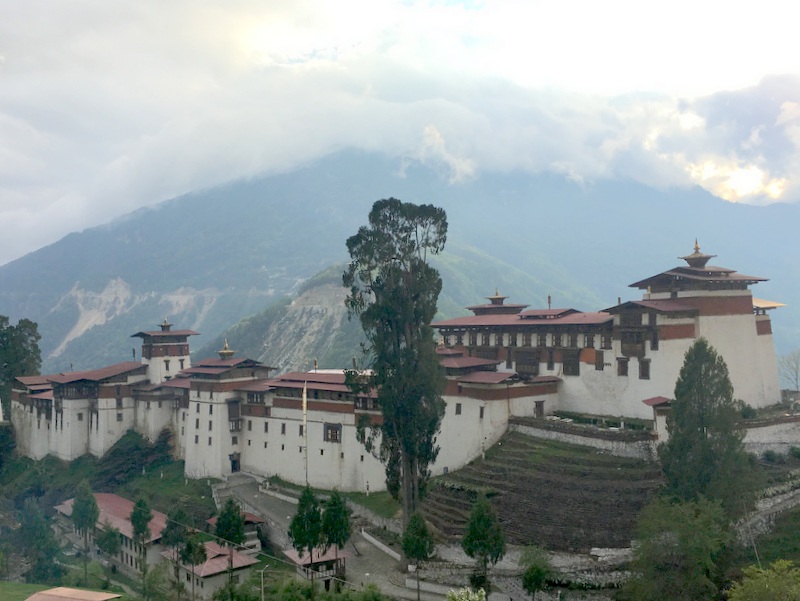
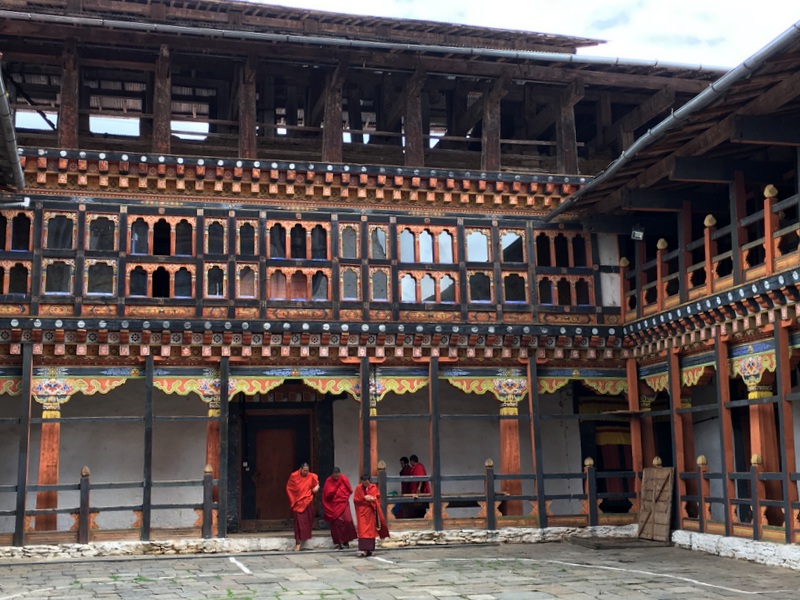
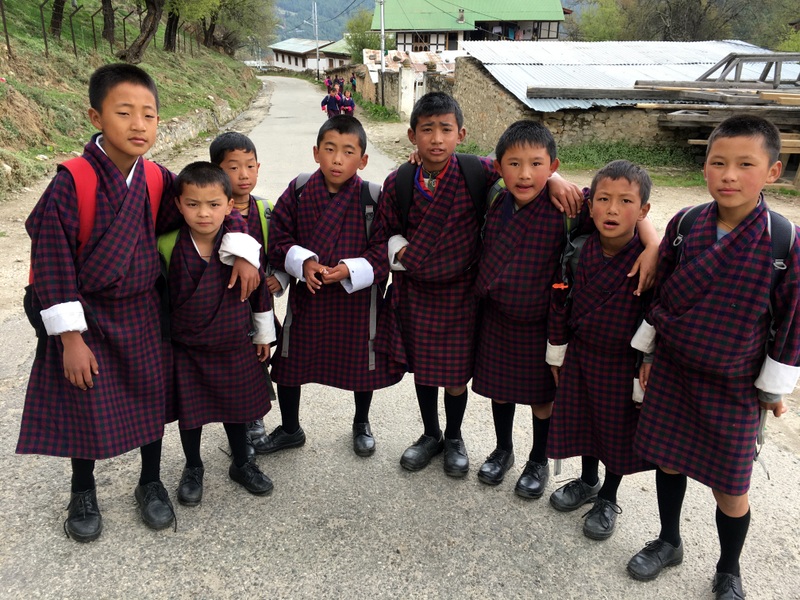
———————————————–
France, August 2018
My former principal is living in Southern France, we are friends and he invited us to visit him. We took a flight to Montpellier and rented a car. There are many historical places in that part of France, we visited quite a few of them. We enjoyed a few days the hospitality of my friend and his wife. Two reports about these holidays. France 2018, part I about Nîmes, Arles, Avignon and Pont du Gard. Part 2 about Robiac, Millau, Albi, Carcassonne and Cap d’Agde.
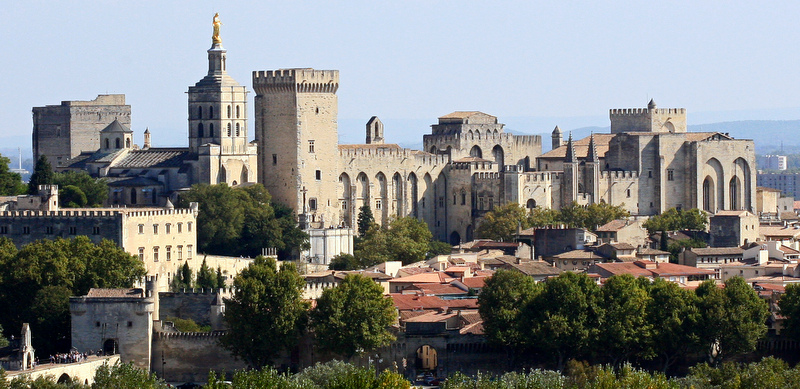

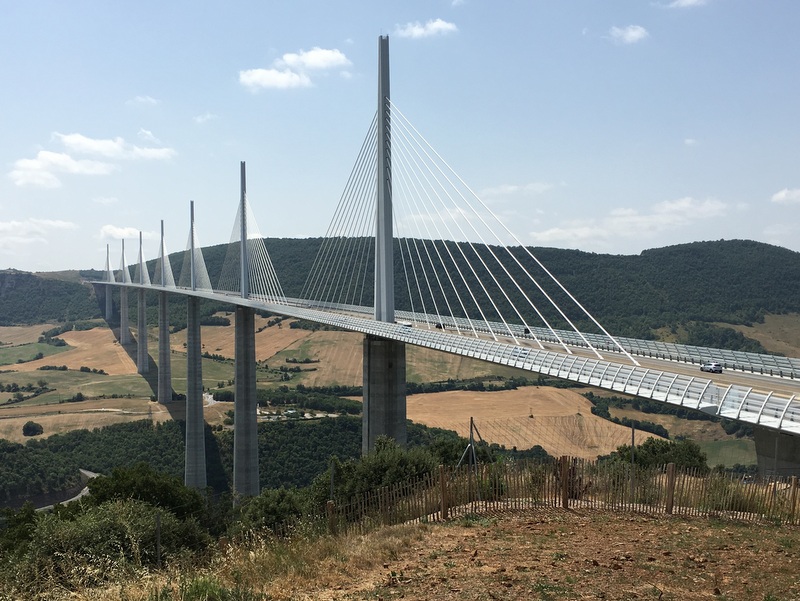
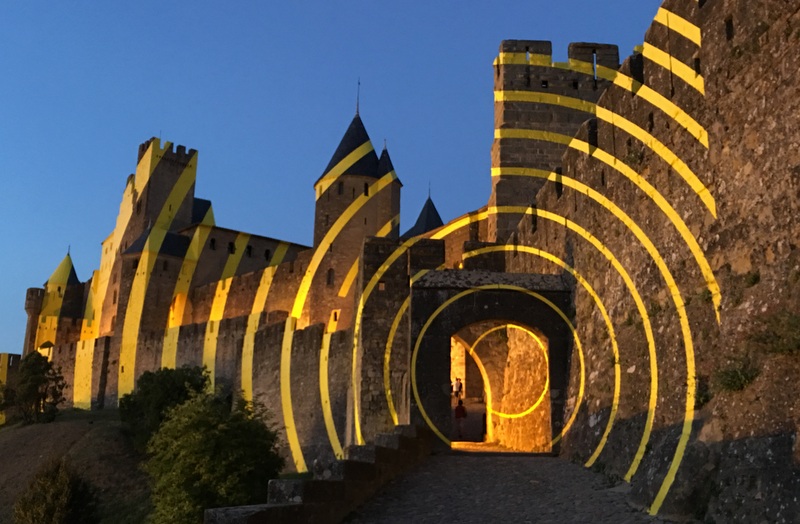
———————————————–
Guilin , March 2019
There is so much to see in China. This time we visited Guilin in Southern China, famous for its limestone karst hills. We explored the town and its surroundings. the weather was not very favourable, cold and grey. We stayed two nights in Longji with its terraced rice fields. Next we visited Yangshuo, the main tourist center of the Guilin region. In my report Guilin, March 2019 I announced three more albums, another promise I never kept.
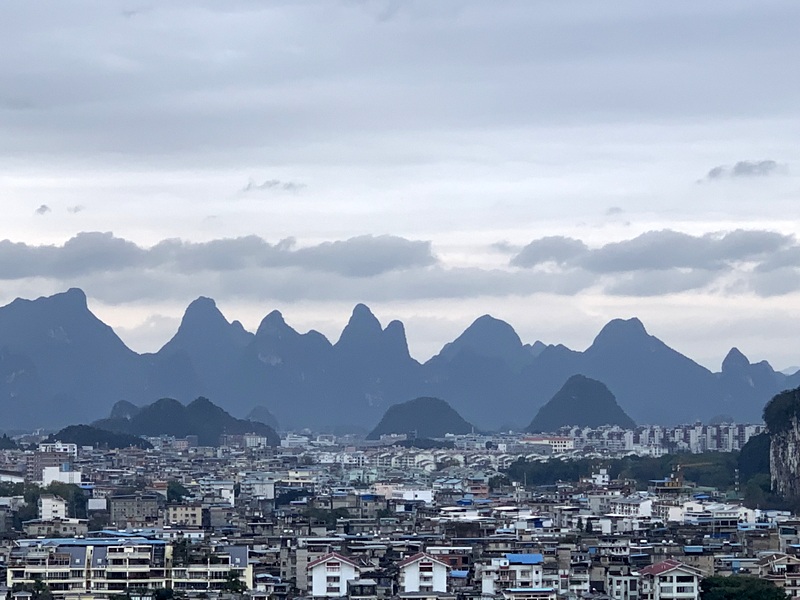
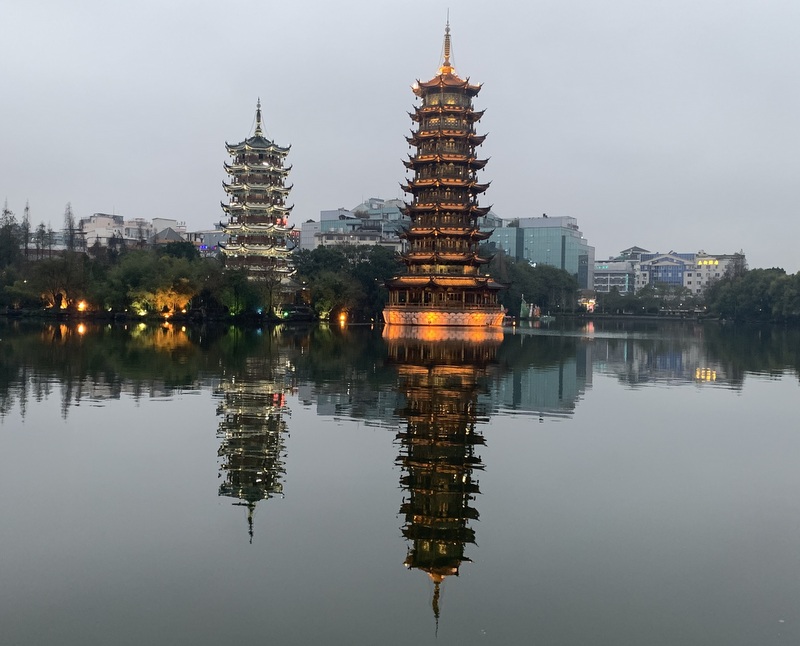
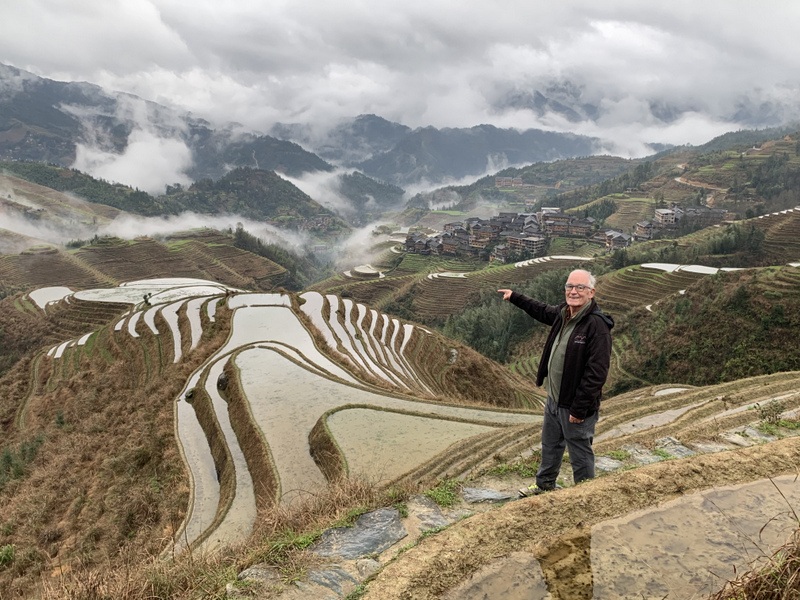
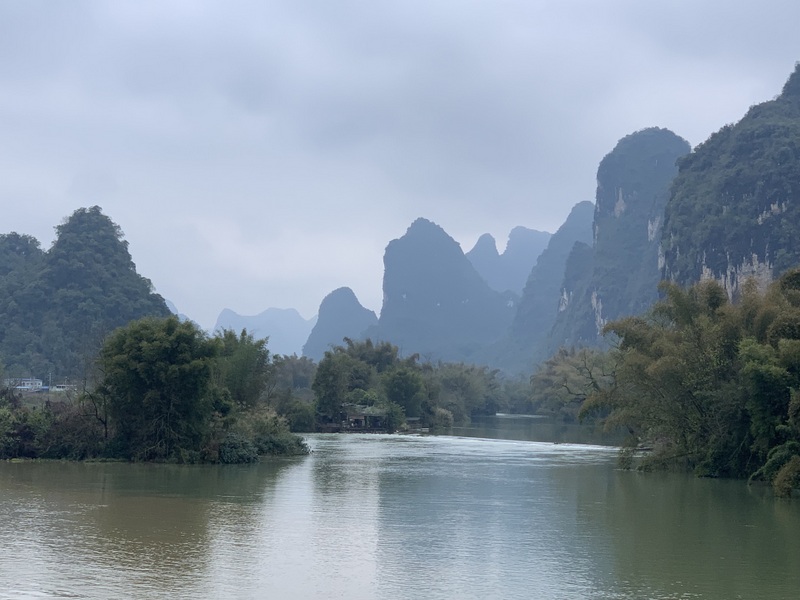
———————————————–
Paris, April 2019
When Aric’s sister visited us in Amsterdam, we still found time to spend a few days in Paris. We managed to see quite a few of the Paris highlights, one of then, the Notre Dame, sadly destroyed by fire just one week before we arrived. More photos in Paris, 2019 .
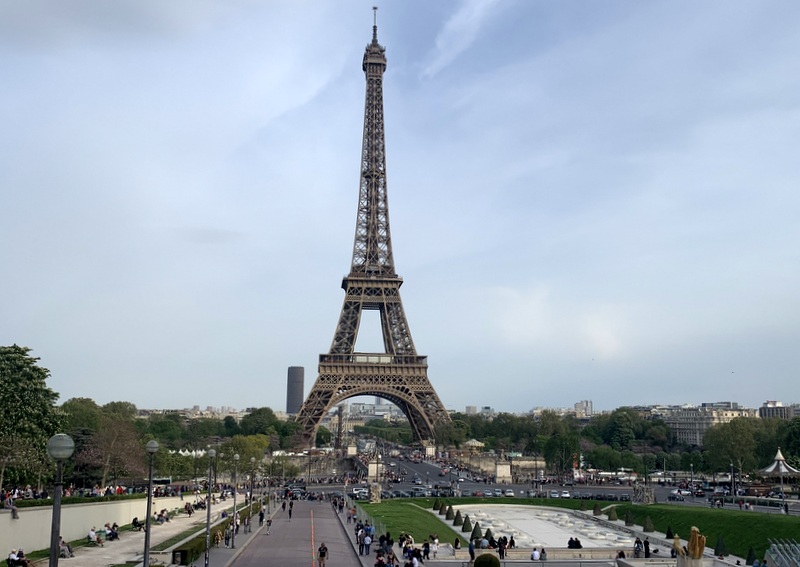
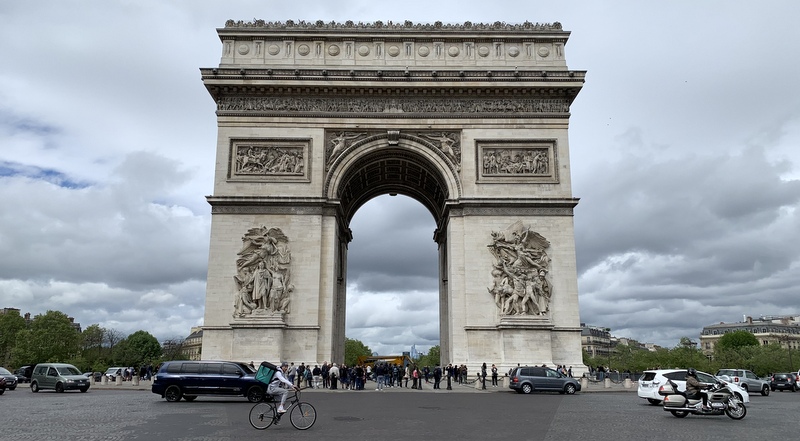
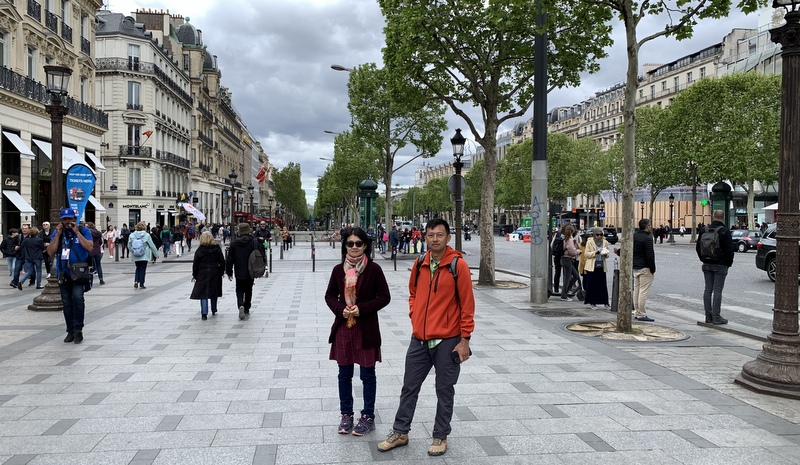

———————————————–
Italy, May 2019
During our stay in the Netherlands, after visiting Paris with Aric’s sister, we made a short trip to the Cinque Terre in Italy. We stayed in La Spezia and made daytrips to the various fishing villages, sometimes walking from one village to another. Here is the travelogue: Cinque Terre, May 2019
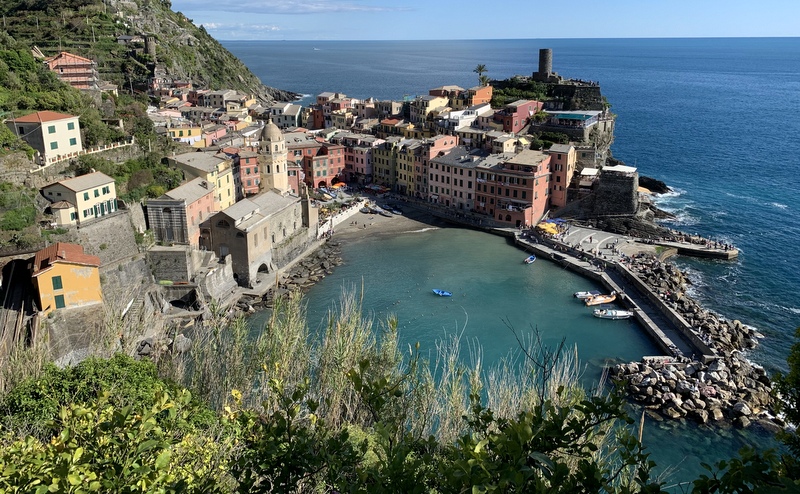
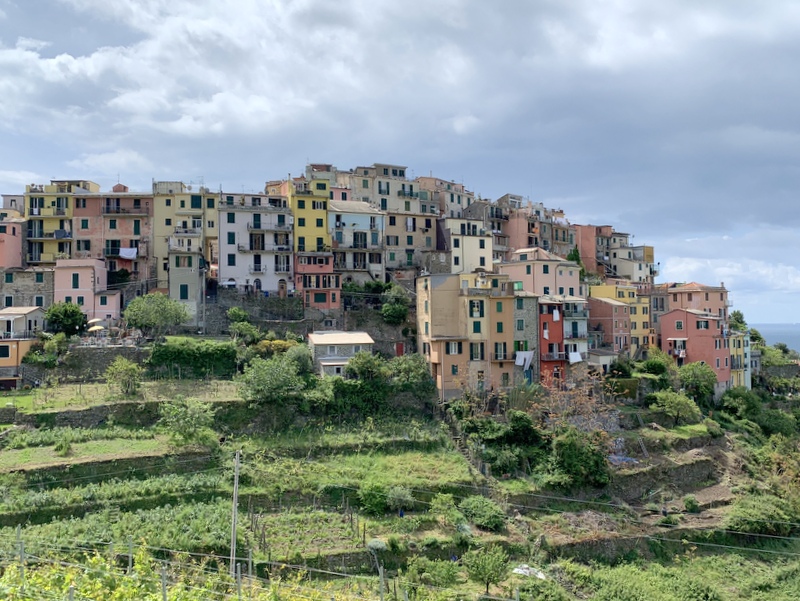
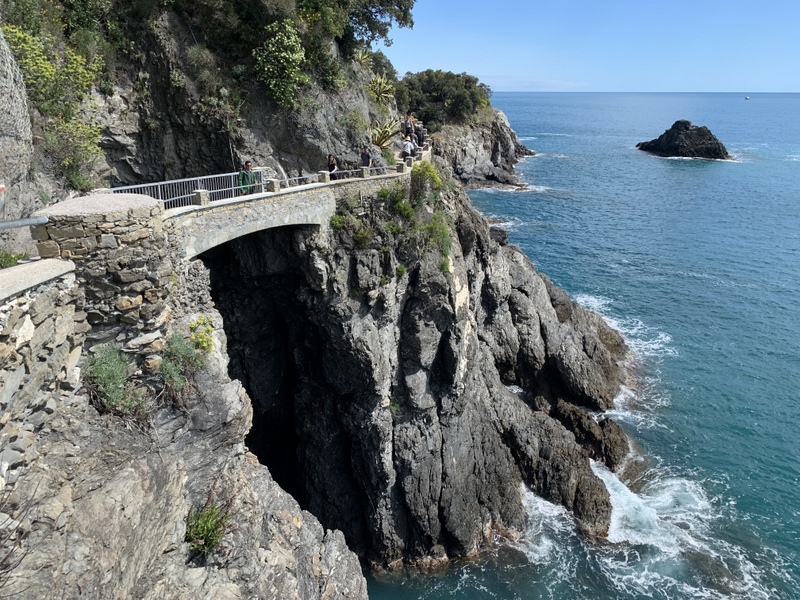
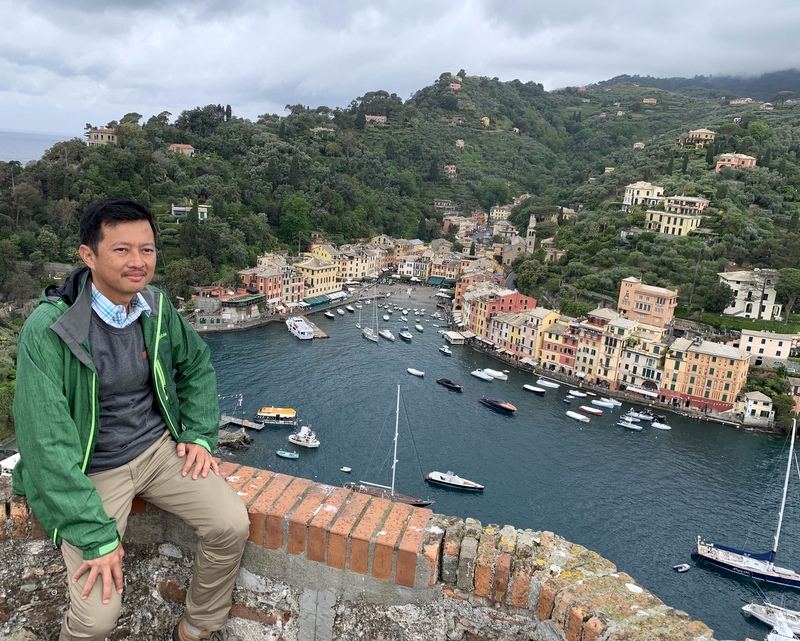
———————————————–
Singapore, December 2019
A social Singapore visit to meet friends and to see the Christmas decorations. In Orchard Road they were disappointing, but in the Gardens by the Bay quite spectacular. We also visited the new airport at Changi and the Buddha Tooth Relic Temple. And our friend ST Lee invited us for a ballet performance of the Swan Lake. Here is the report: Singapore 2019
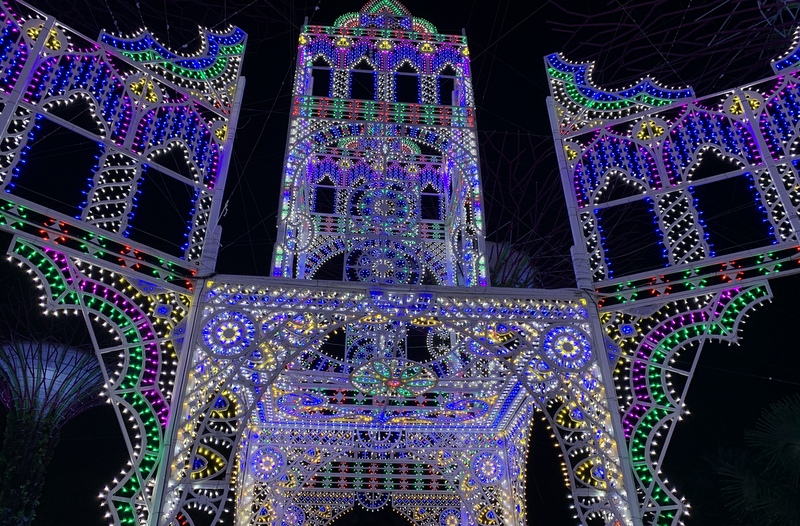
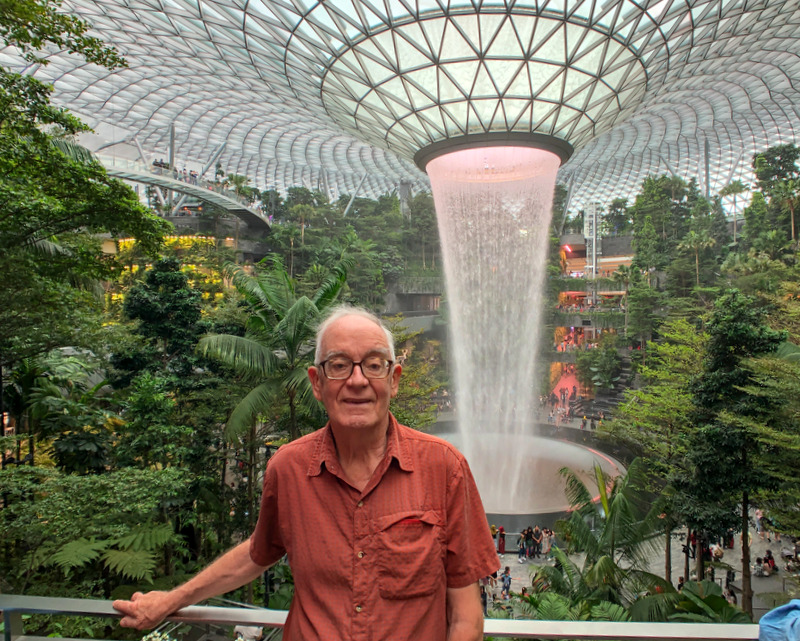
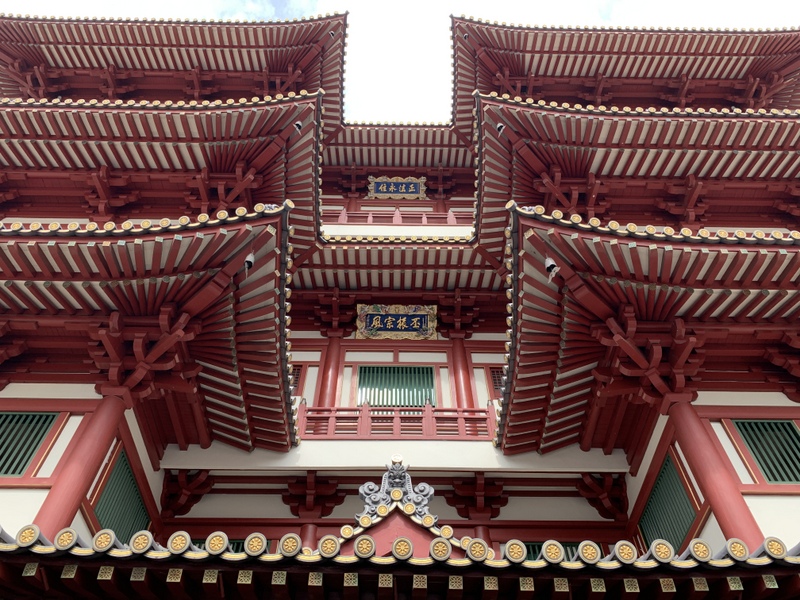
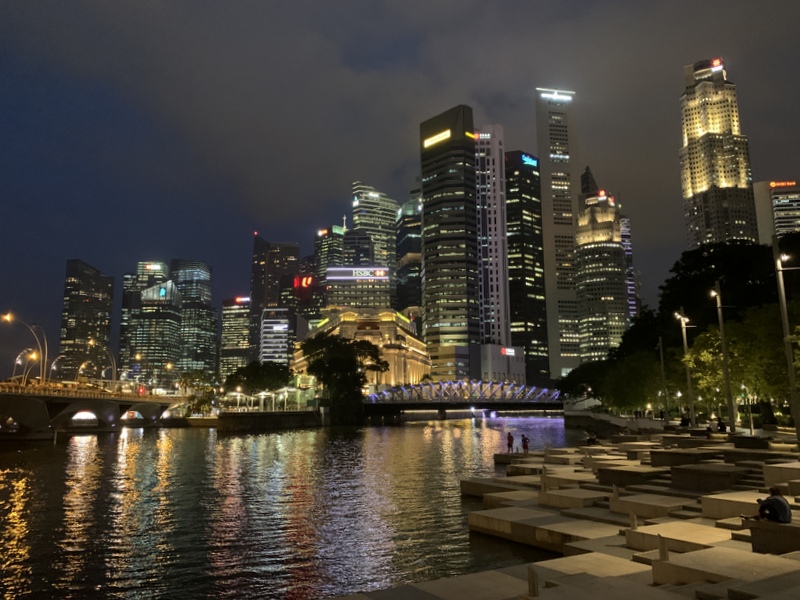
That was our last traveling trip abroad. Of course we had plans for 2020, another China trip with Aric’s family and in summer a visit to Iceland with its waterfalls, glaciers and hot springs. But then came Covid-19, the borders were closed in March 2020 and still are.
We have been very fortunate that we were able to visit so many beautiful places. Those times may never come back..

